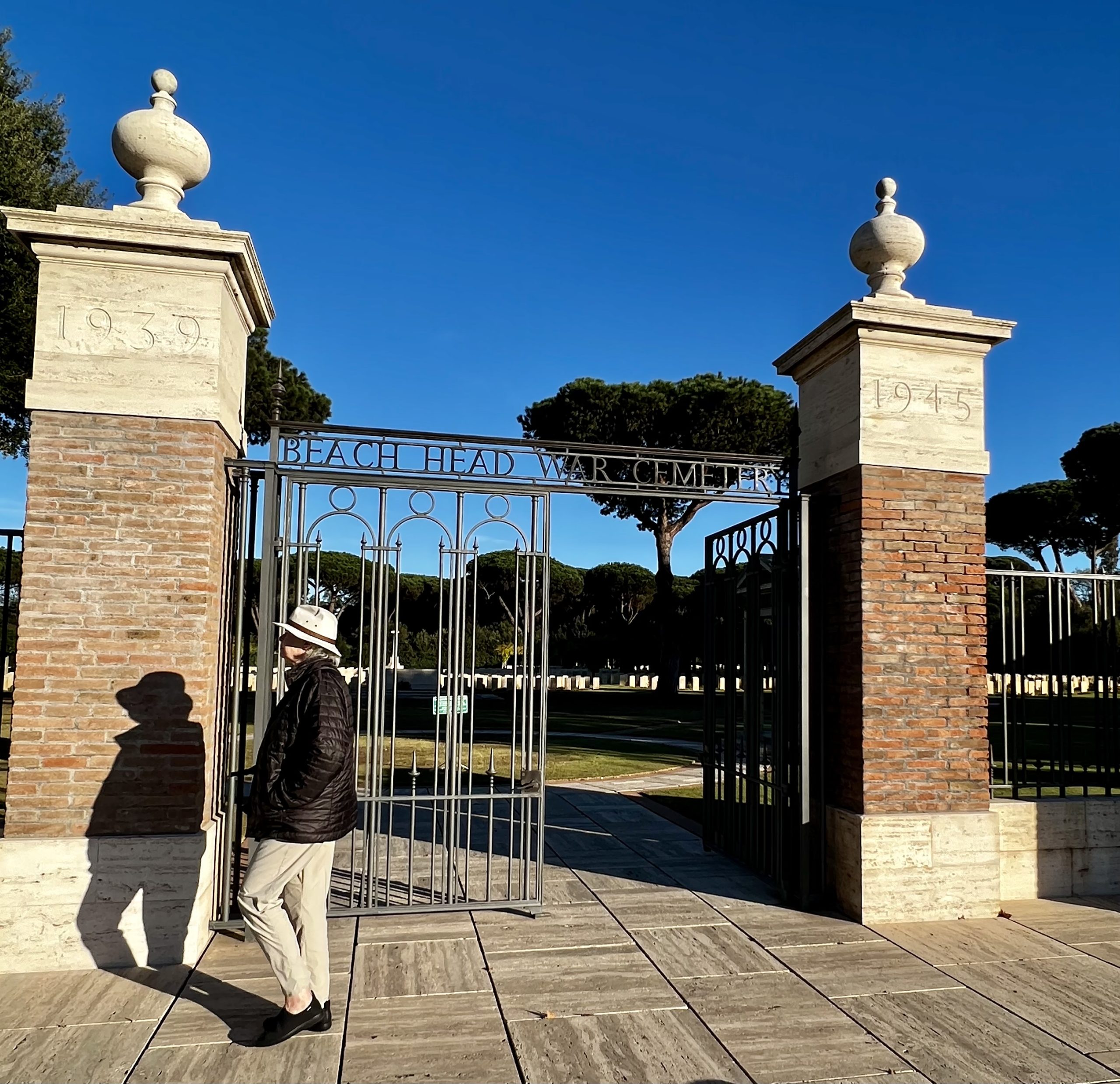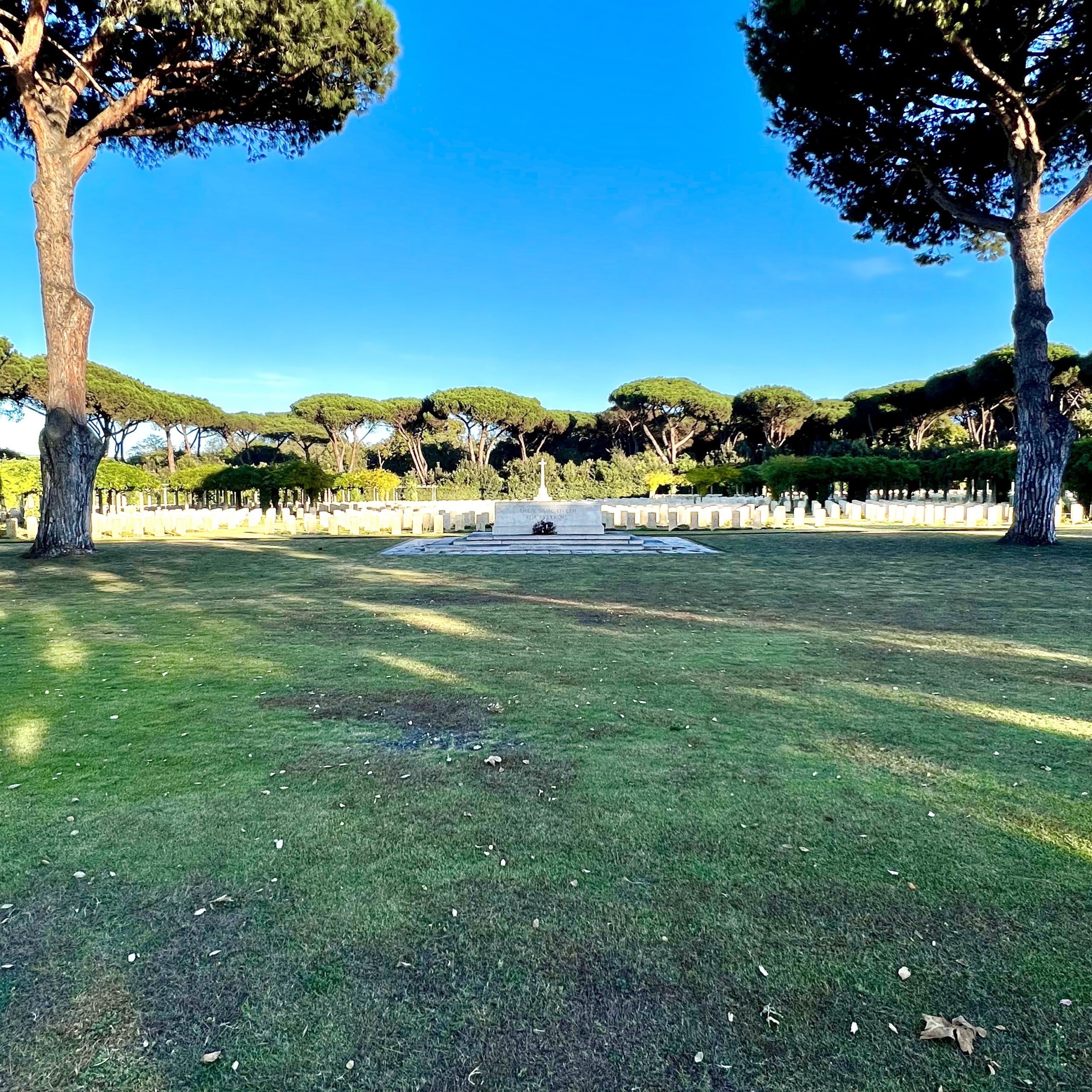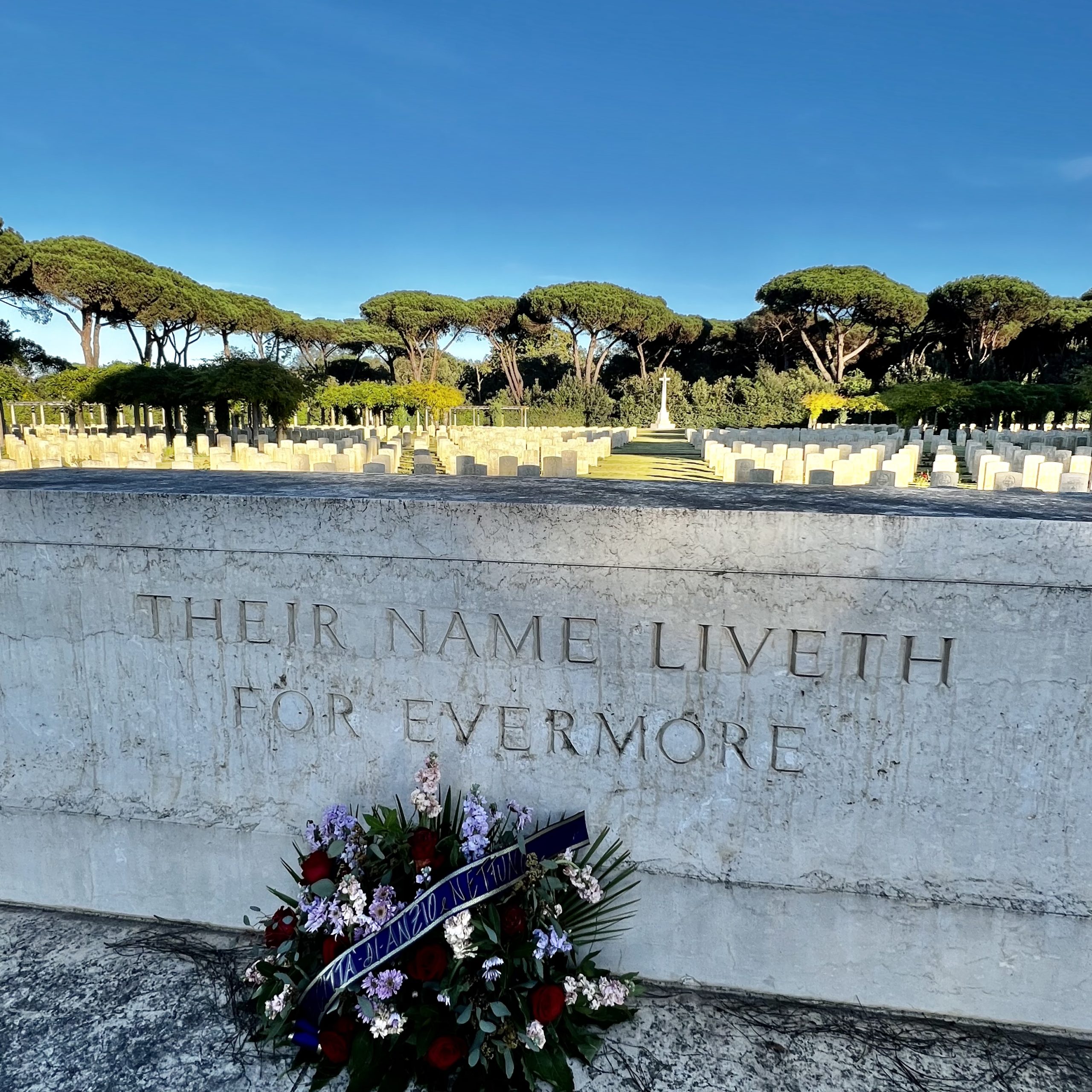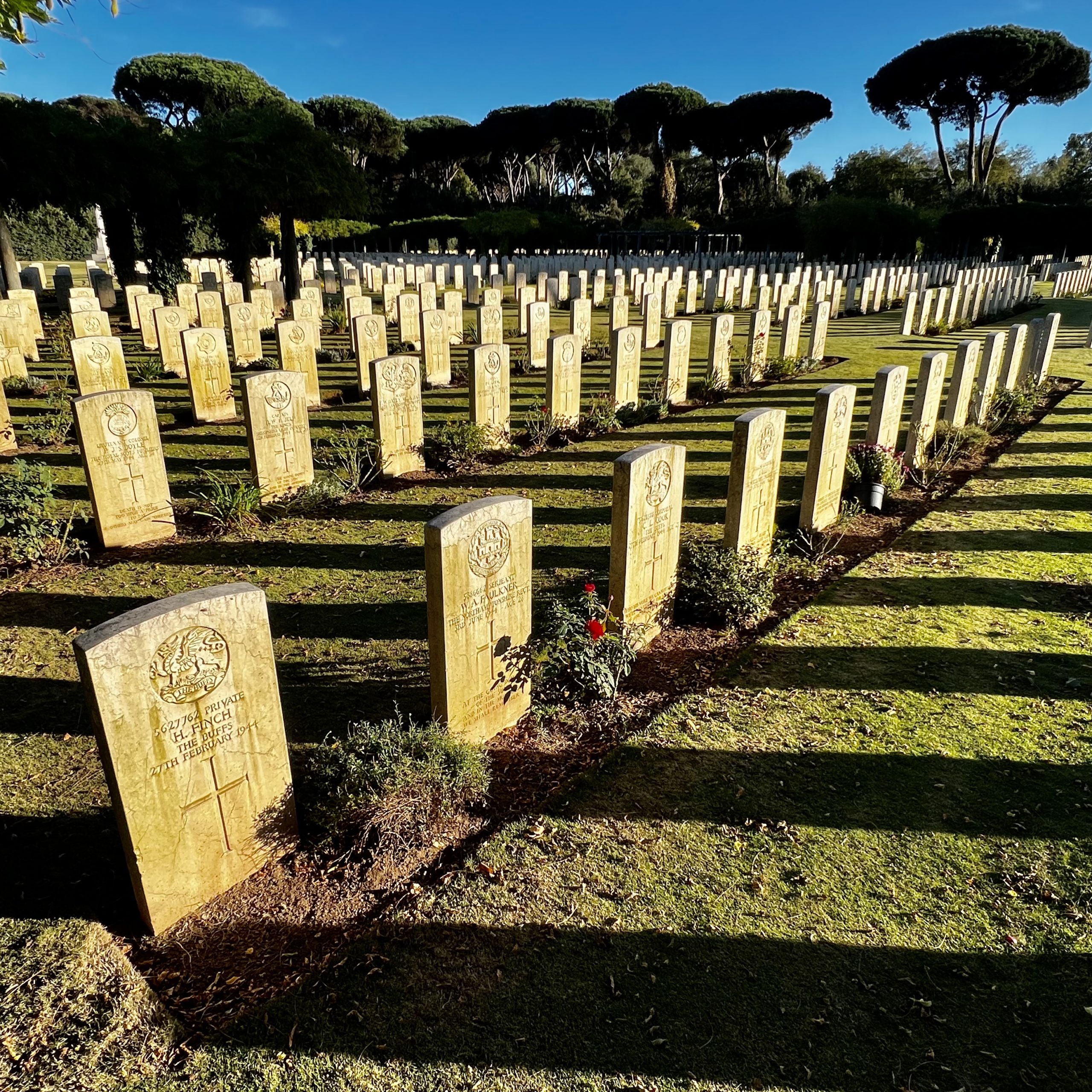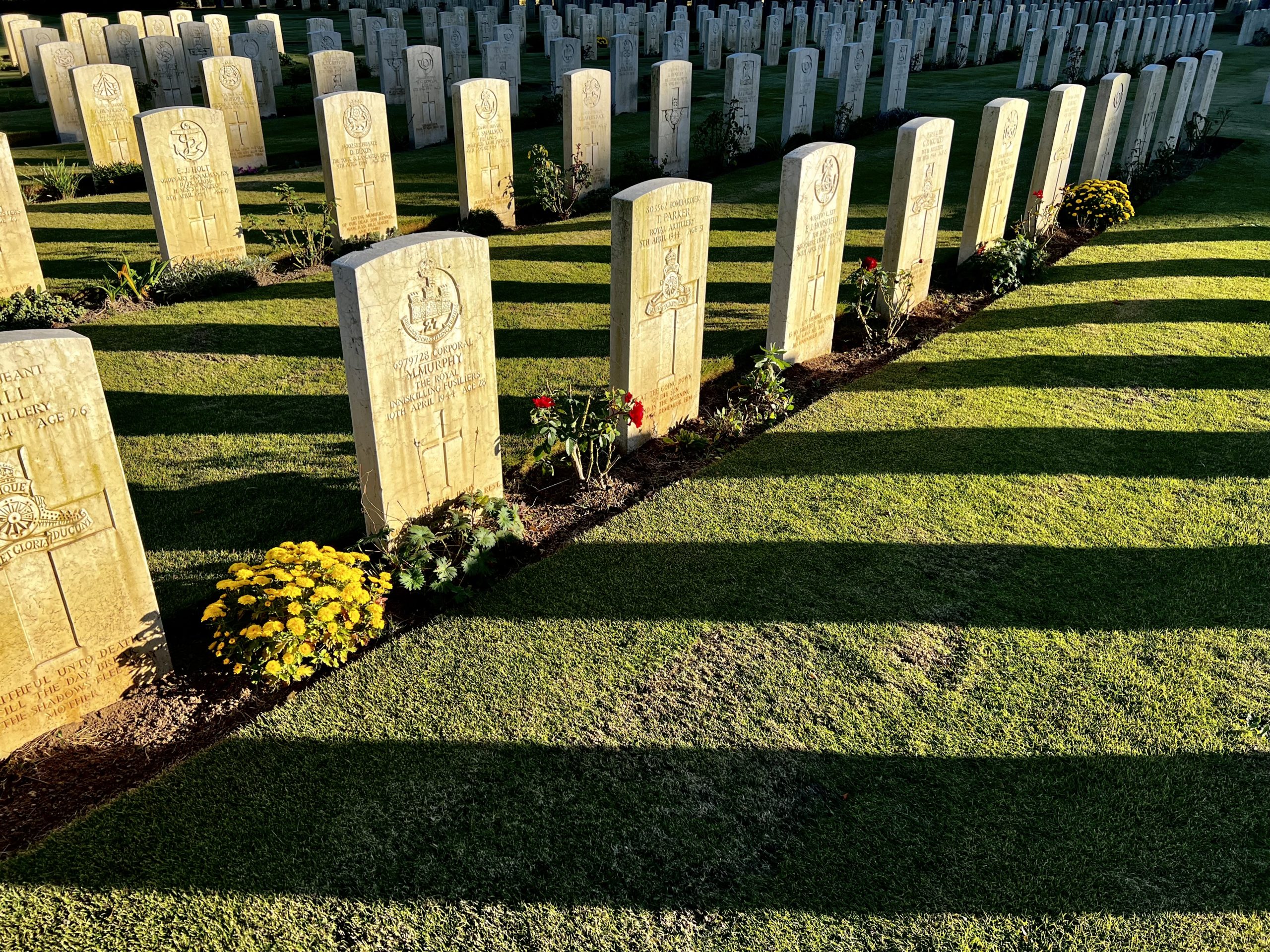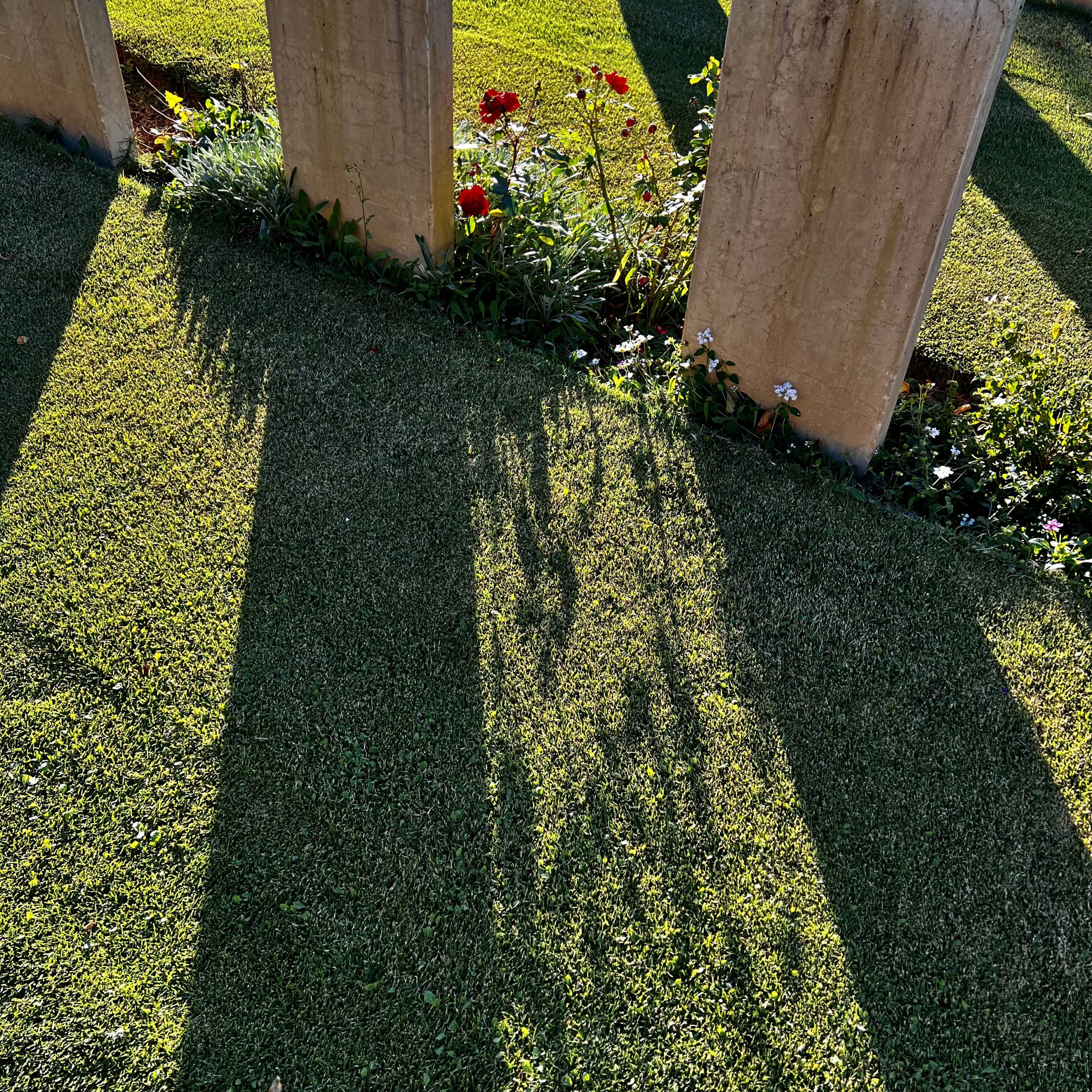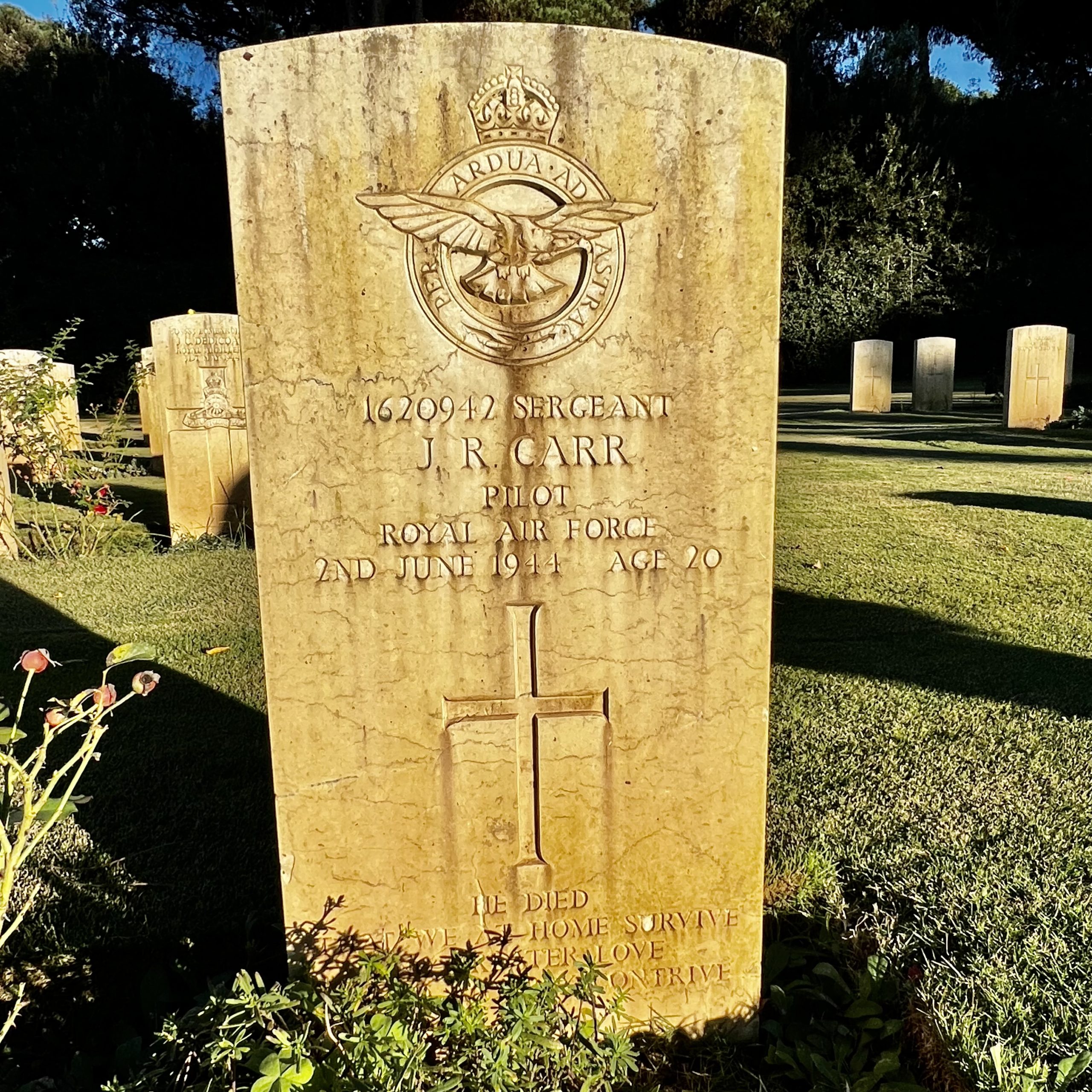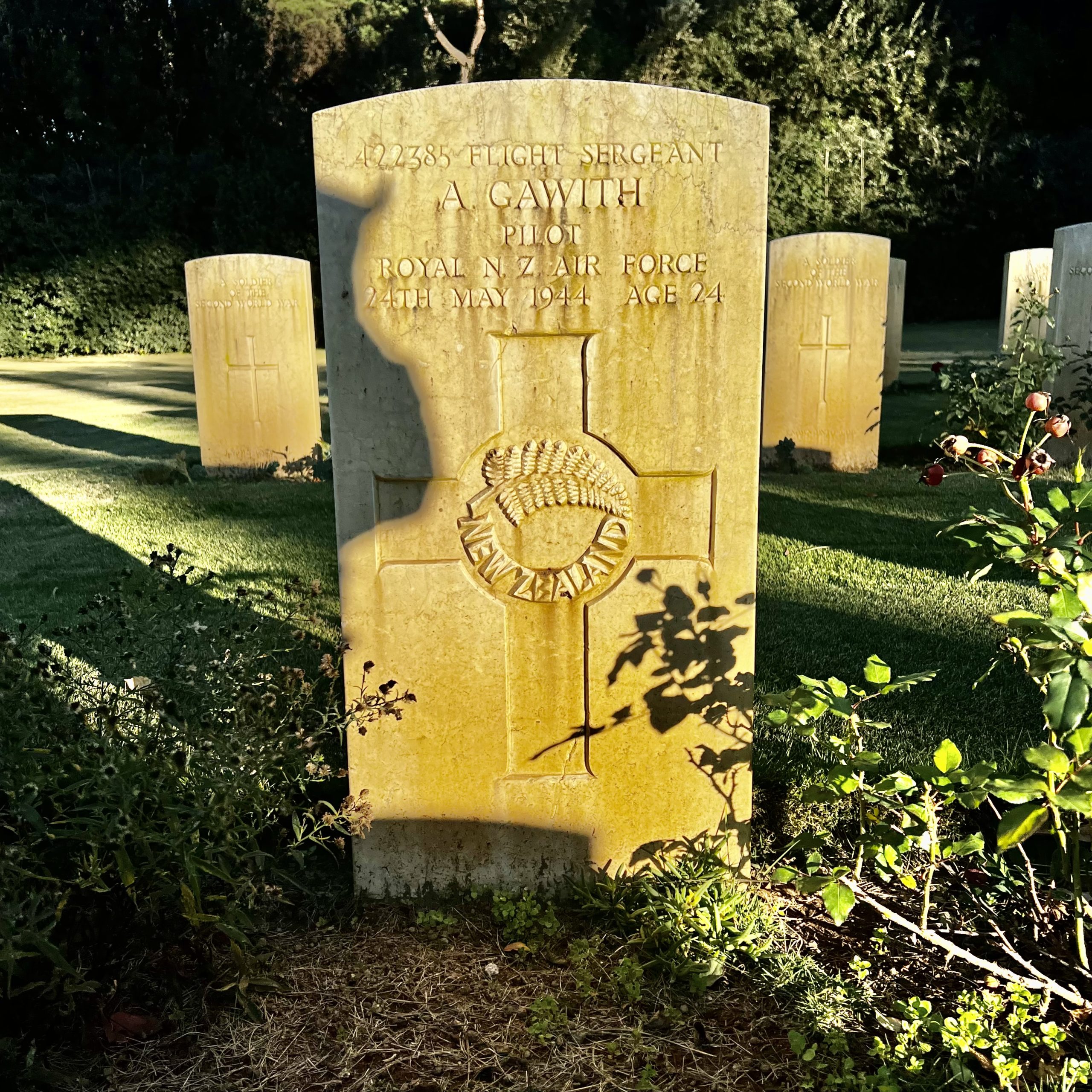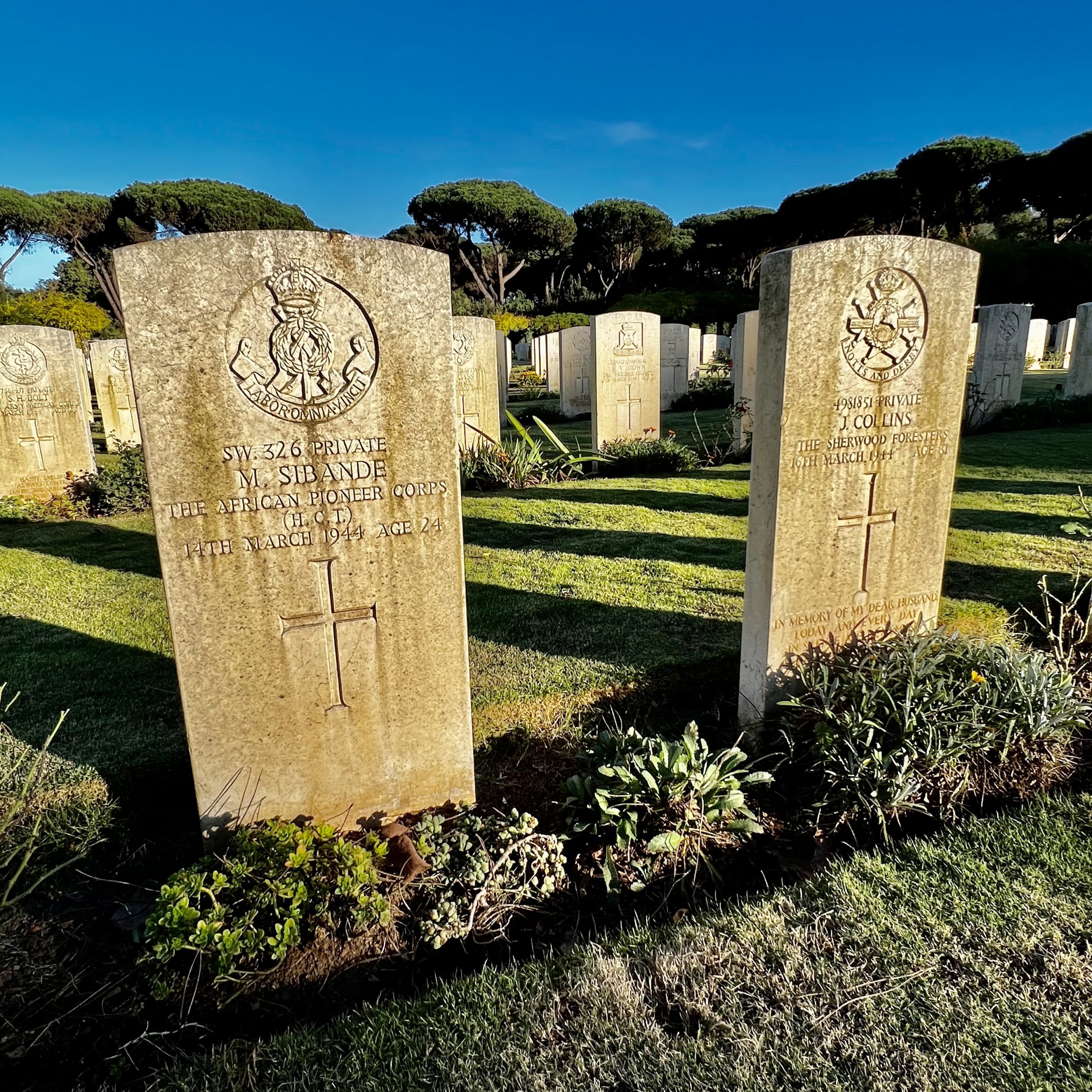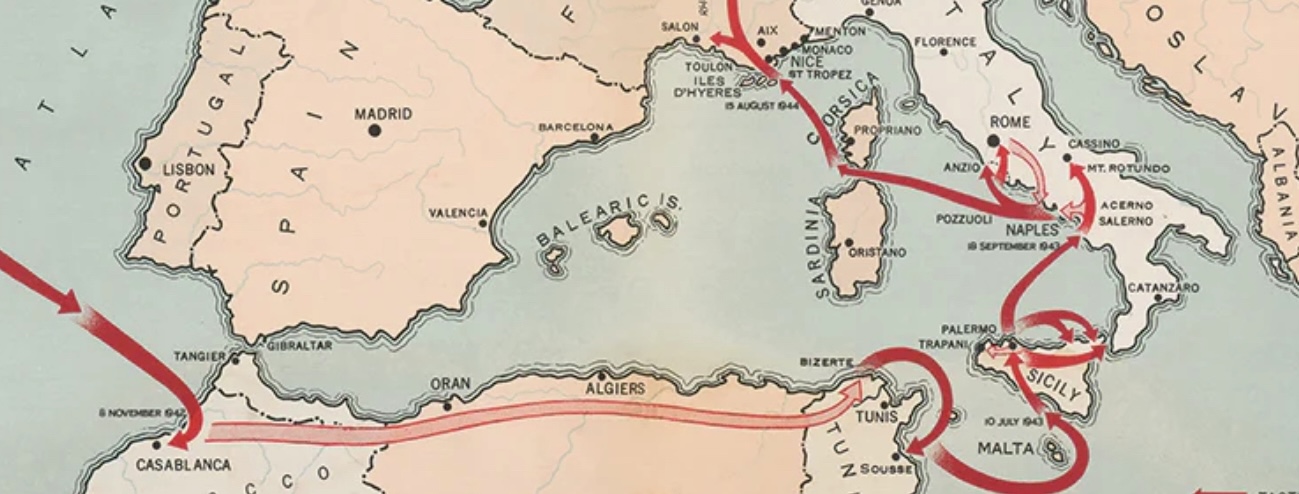It is surprising how little we know about people we are close to throughout our lives. In October 1941 Robert’s Uncle Rico (Enrico) Marchesin (Robert’s mom’s brother) was the second WWII draftee in San Mateo County, California. His training included landings in Monterey Bay before being deployed. Robert had heard about his uncle landing at Anzio, south of Rome, where they were stuck for four months. Robert had seen photos of his uncle next to an Italian woman making pasta and a few of Rico in winter next to some tanks. But it wasn’t until recently when Robert cleared out his uncle’s house, acting as trustee, that he saw more evidence of his uncle’s experience in the war. Robert came across many documents and letters that Rico received or sent to his family during his thirty-four months in the war.
Robert did not know that his uncle served as an Honor Guard for Franklin Roosevelt when the president met with Winston Churchill in Casablanca. Rico was twenty-three years old. Robert did know about the Anzio landing and that his uncle was among the first to enter Rome during its liberation on 4 June 1944. He knew his uncle then went to southern France, but he did not know his uncle was part of an armed escort of the German surrender delegation that made the dangerous trip through enemy territory in the alps to German headquarters. Robert did not know that for Rico’s direct support of combat operations he was awarded the Bronze Star—one of numerous medals he received.
Uncle Rico did not speak much about his experience in the war and Robert did not ask. It’s common for his generation and the one that followed. Perhaps both Robert and his uncle were hesitant to bring it up. Robert now wishes he had.
Our travel in southern Italy has allowed Robert to discover more about his uncle’s experience.

This campaign map shows the route of the 3rd Infantry Division throughout North Africa, Italy, France, and Germany during World War II.
Facts About Uncle Rico and WWII
- Uncle Rico was in the Third Infantry Divison “Marne,” Third Reconnaissance Troop.
- Their logo is a white square with blue diagonal stripes.
The three white stripes represent the number of the division and the three major operations in which the division participated during World War I. The clear field of blue stands for loyalty, steadfastness, and undying devotion to the principles of right and justice by the American soldier. - Rico was promoted to Sergeant during the war.
- He landed in North Africa 10 November 1942.
- He returned to the States 13 August 1945.
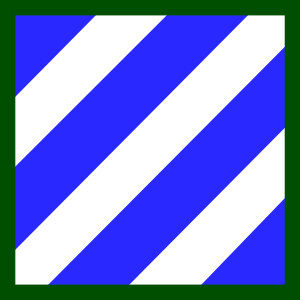
Additional Facts
- The Third Division is one of 68 Army infantry divisions activated during WWII.
- A division is made up of three infantry, cavalry or armoured brigades. Divisions are usually equipped to operate independently in the field, and have a full complement of supporting reconnaissance, artillery, engineers, medical, supply and transport troops.
- Each division has about 10,000 to 15,000 troops.
- The Third Division served under the 7th Army led by General George Patton.
- The Third Divsion was the only US Army Division to fight the Axis on all European fronts.
Landings
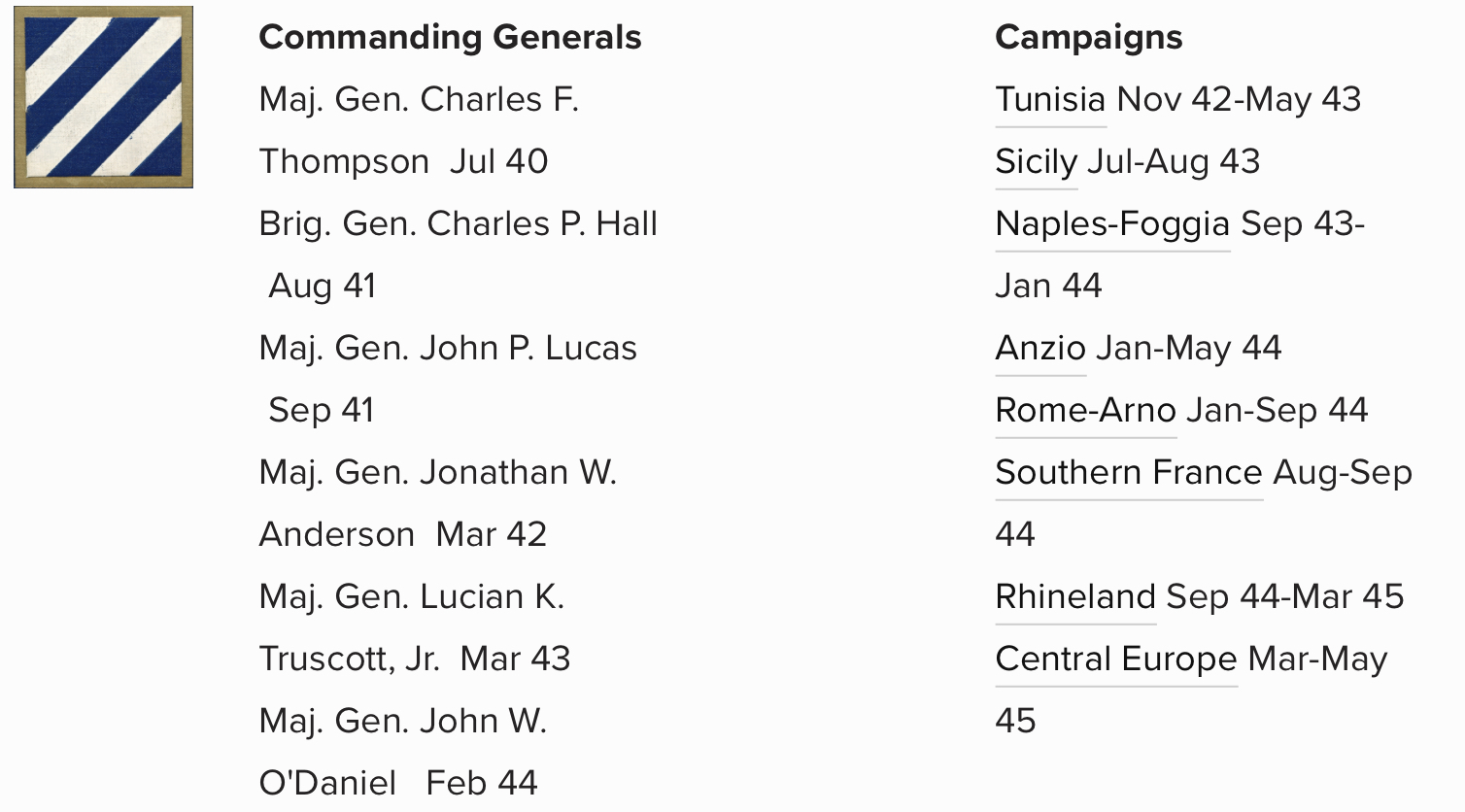
- North Africa at Fedala – 8 November 1942, capturing half of French Morocco
- Sicily at Licata – 10 July 1943, Swept north to Palermo marching 90 miles in three days and then east to Messina to block the German enemy’s withdrawl. This lead to the surrender of Italy and its alliance with the Allies on 3 September 1943. Mussolini was hung within a few days after the signing.
- Foggia (northeast of Naples, facing the Adriatic Sea) – 18 September 1943 – A major strategic capture of the airport that provided a base for Allied bombing operations throughout Europe
- Anzio – 22 January 1944 – Allies attempt to run a sweep around the Gunther?? Line that was blocking Allied advances up the Italian peninsula. Although the landing surprised the Germans, the ill-advised strategy of waiting to consolidate the US forces there allowed the Germans to mount a counter defense that lasted four months until the US successfully broke out of the Anzio beachhead.
- Rome – 4 June 1944 – Instead of trying to defeat the German Army near Anzio, the Fifth Army commander directed troops to Rome, which Germany had already left. The Germans near Anzio were therefore able to escape and this delayed freeing the entire Italian peninsula.
- St. Tropez, France – 15 August 1944, Rico’s division then pushed through to Germany.
- Between landings, the Third Division undertook extensive training for its next objective.
- See Wikipedia for more:
- https://www.armydivs.com/3rd-infantry-division
- https://en.wikipedia.org/wiki/3rd_Infantry_Division_(United_States)
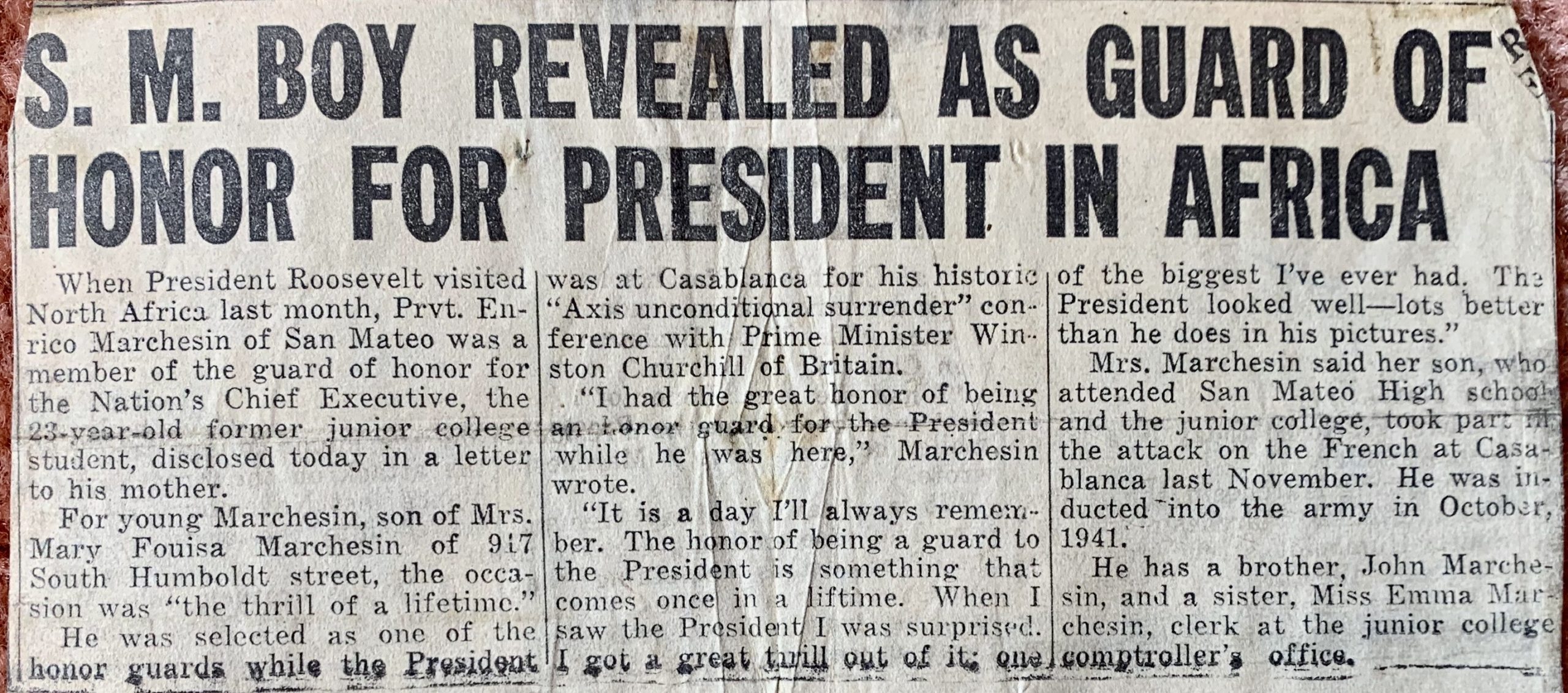
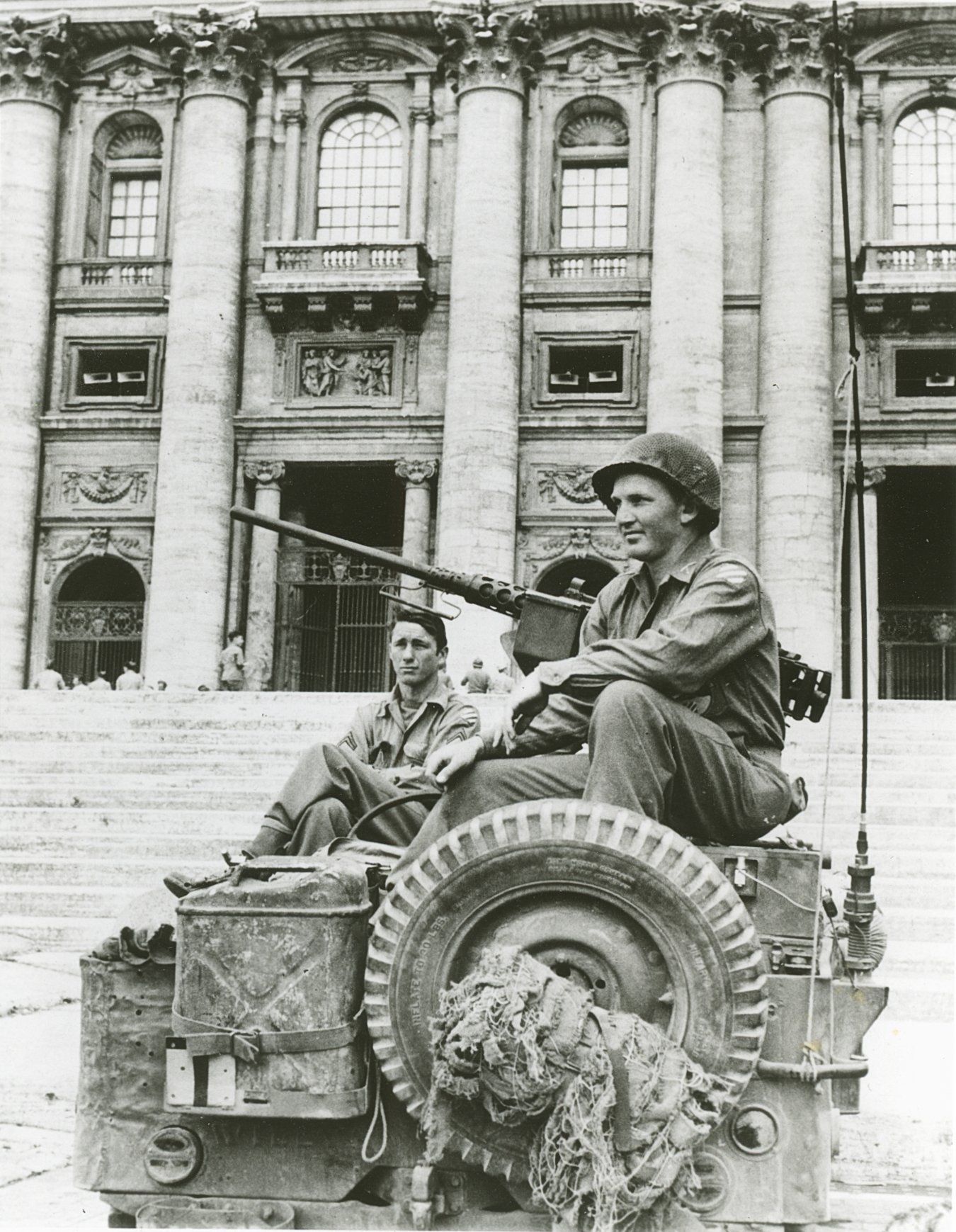
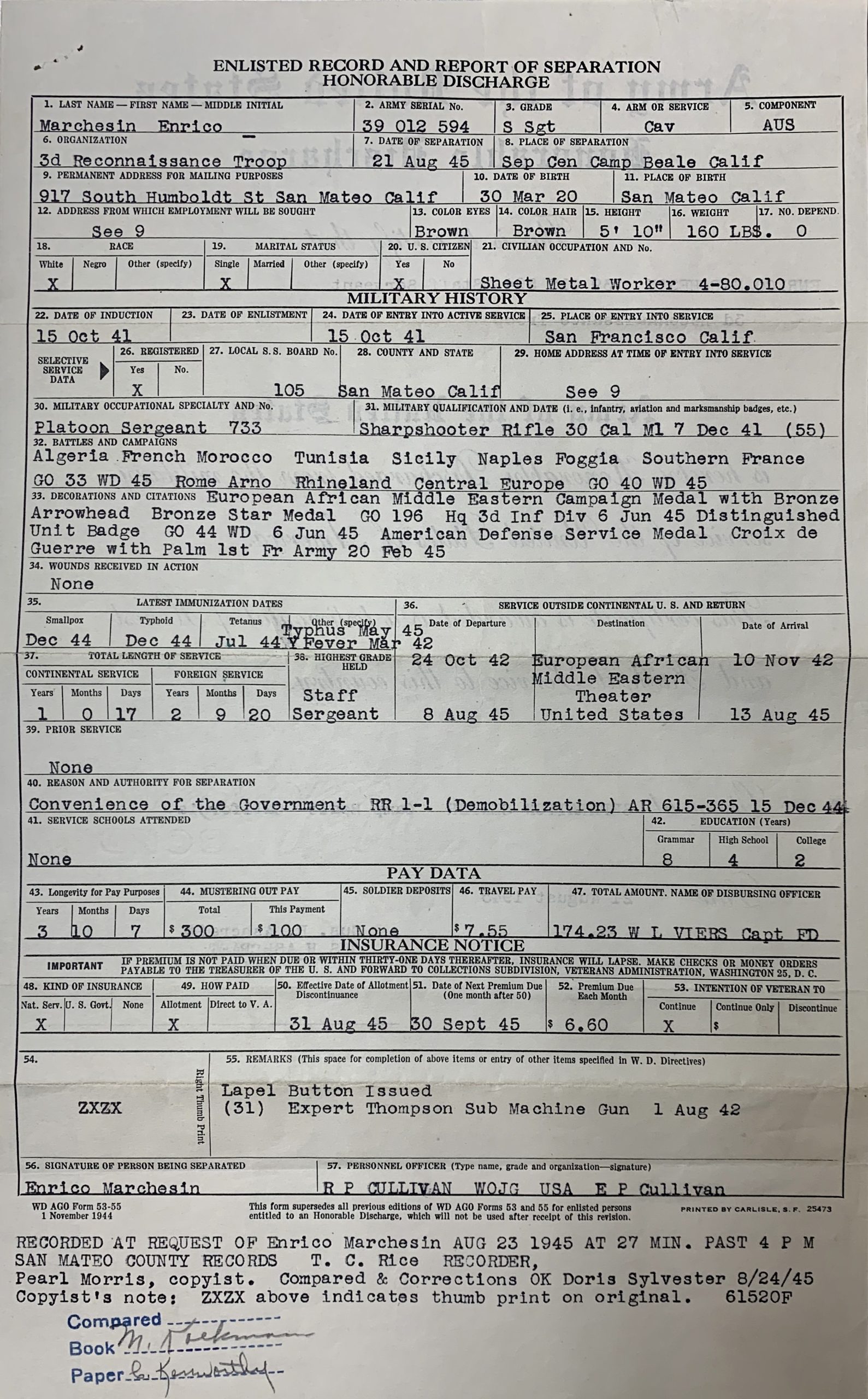
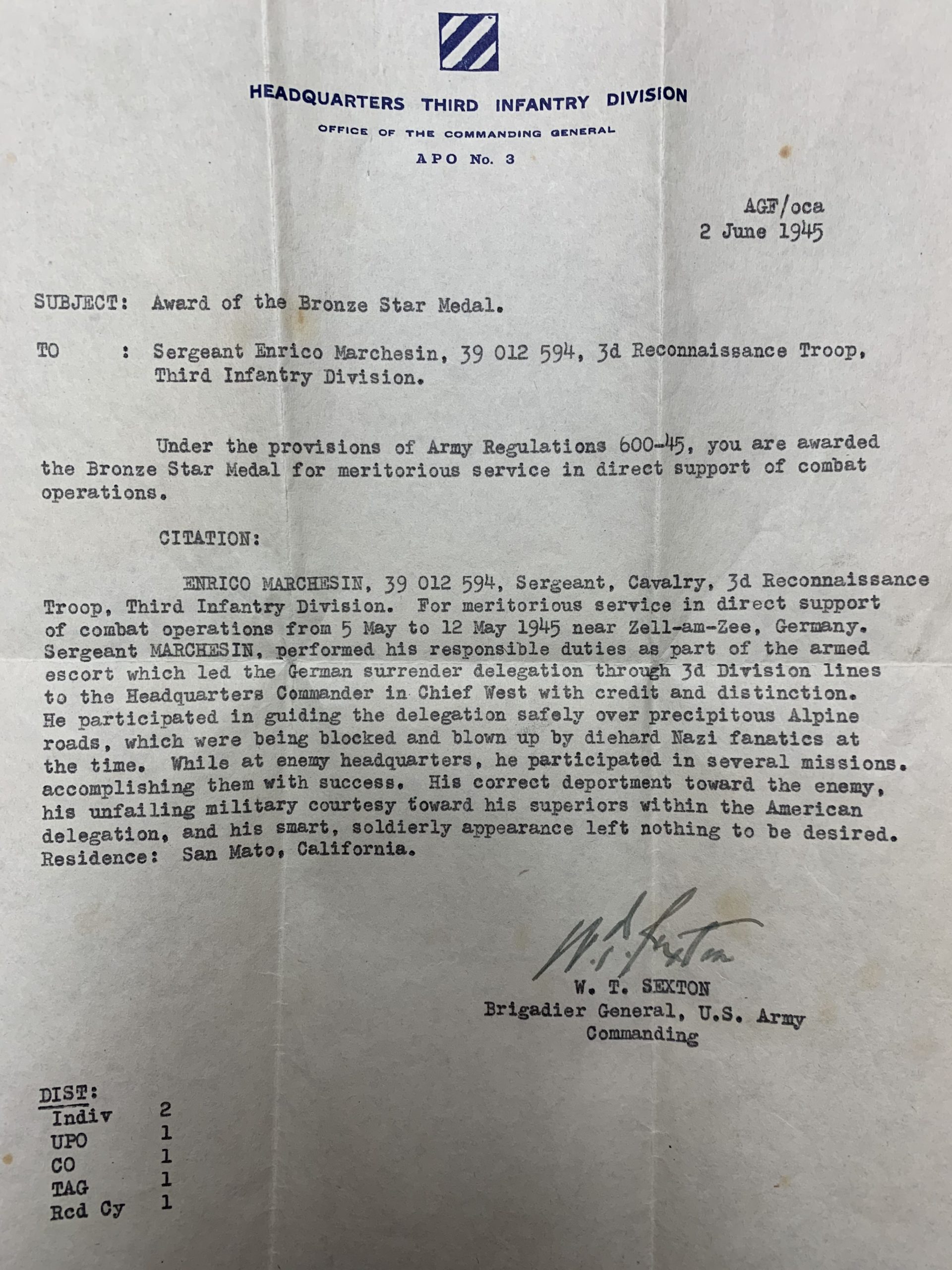
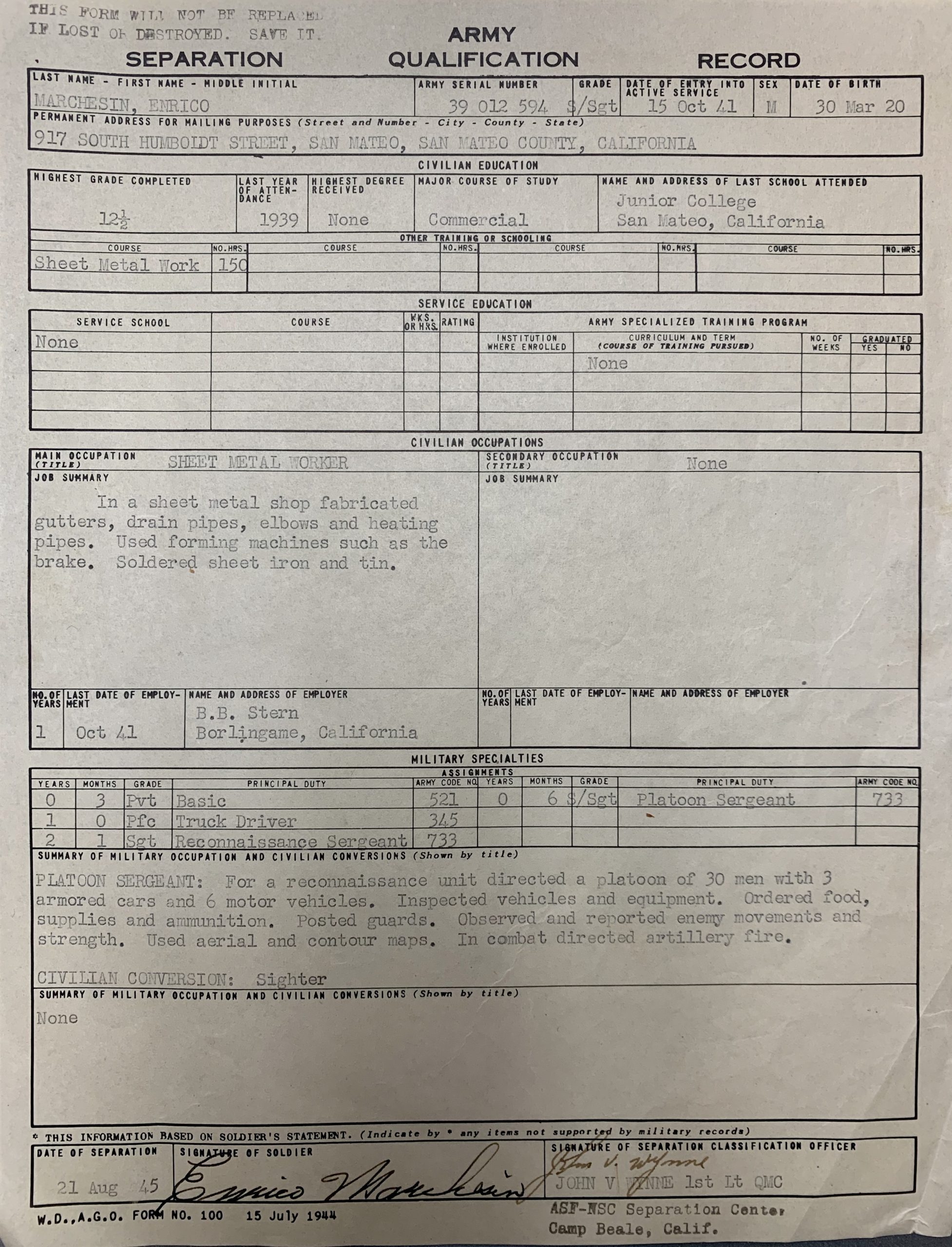
Museums and Cemeteries
The museums and cemeteries we visited in Anzio and Catania gave us a chronological thread of Uncle Rico’s advances from North Africa to Sicily, to mainland Italy, France, and then Germany. It has helped put together some of the pieces of his experience.
Museo Storico della Sbarco in Sicilia 1943 – Catania
This is a great museum. It illustrates and narrates in detail the war in Sicily.
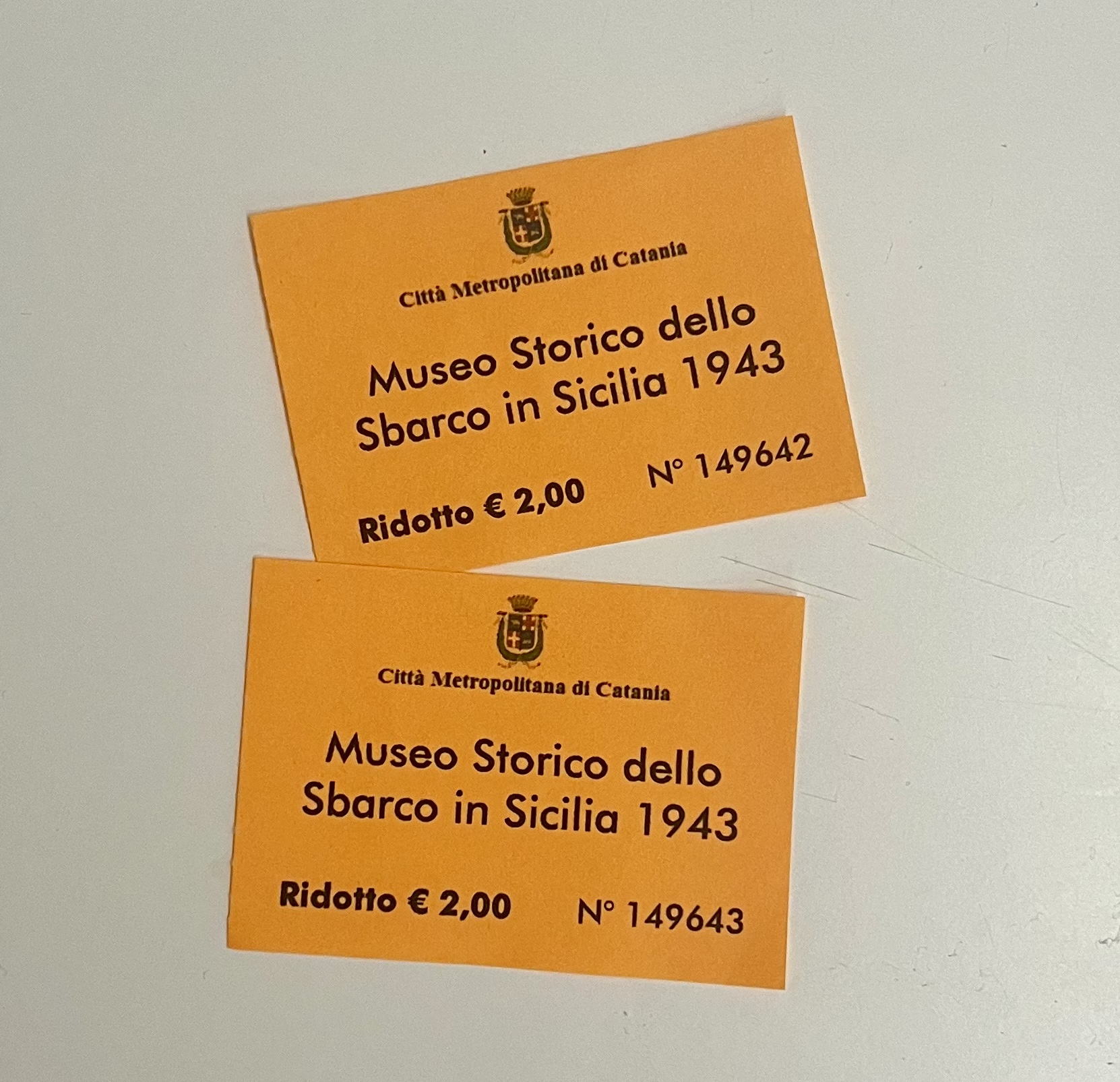
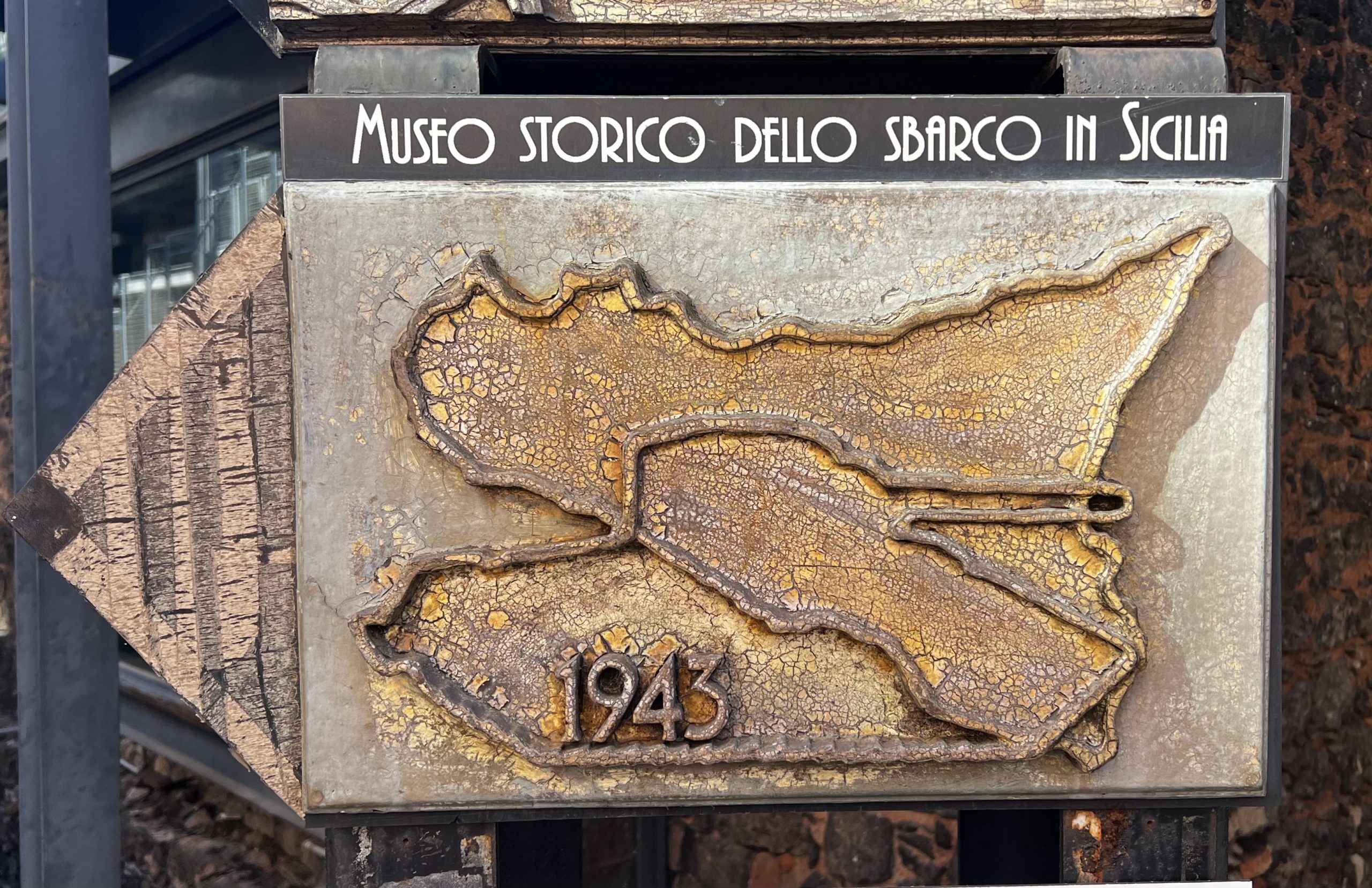
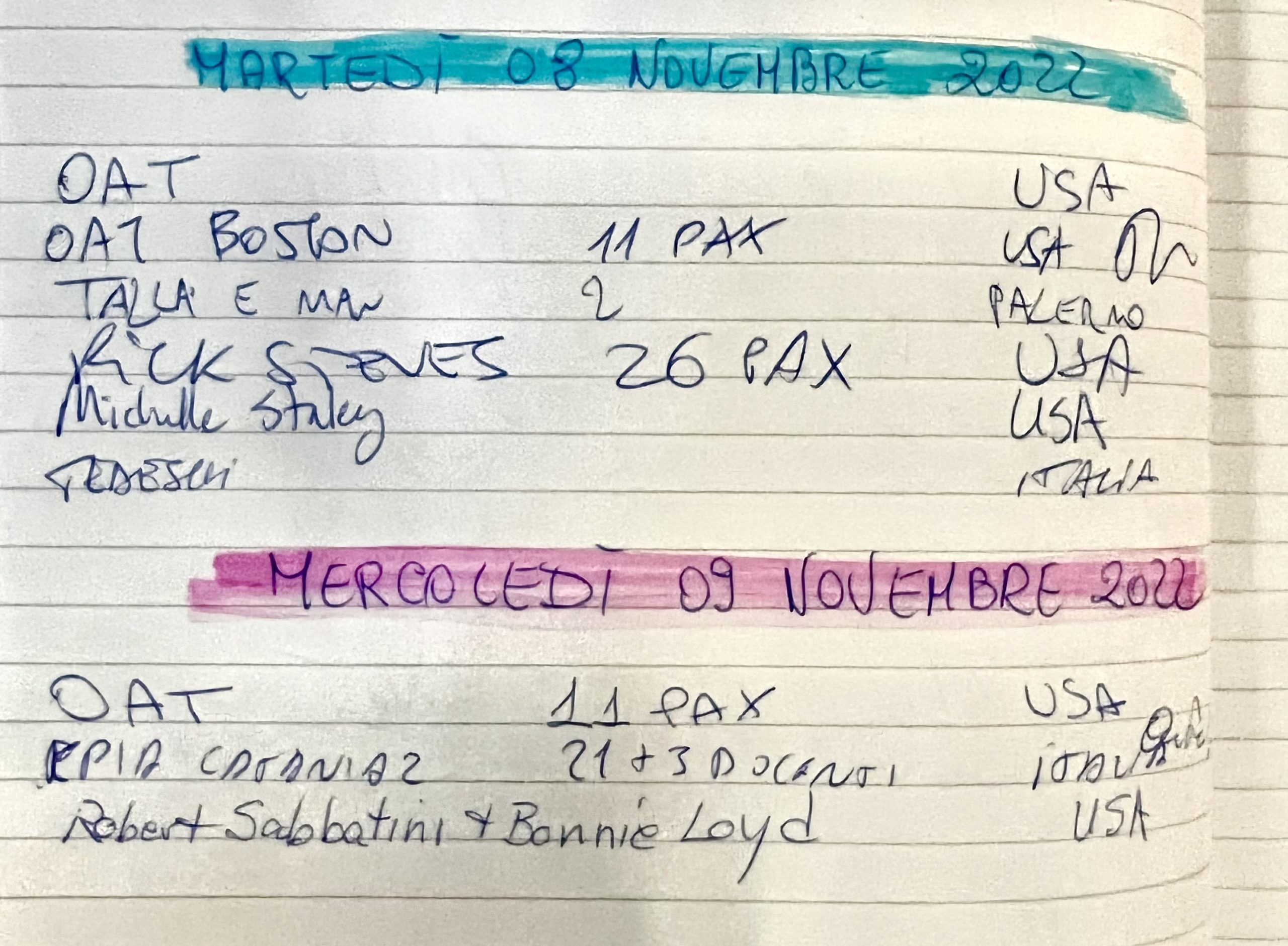
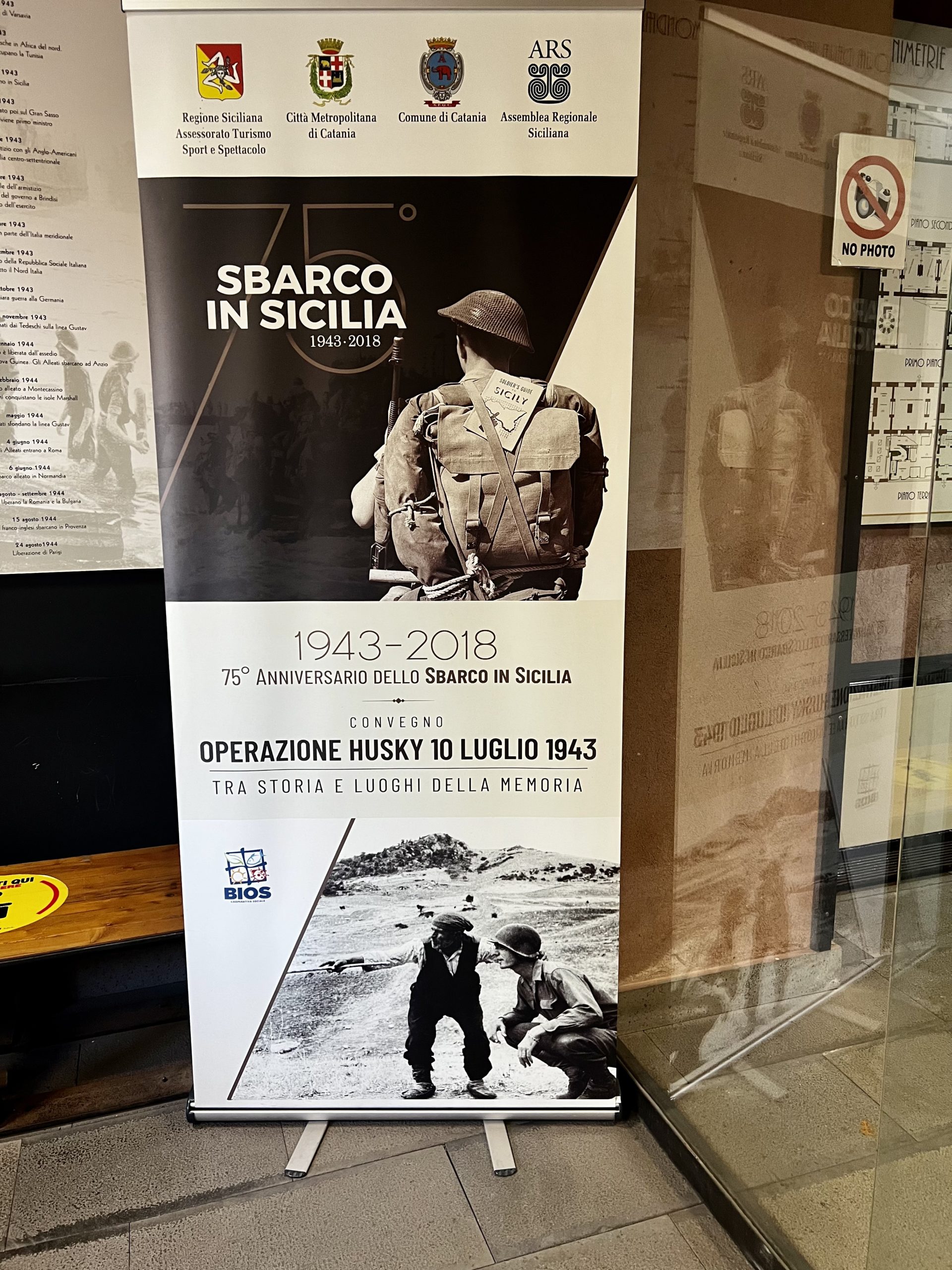
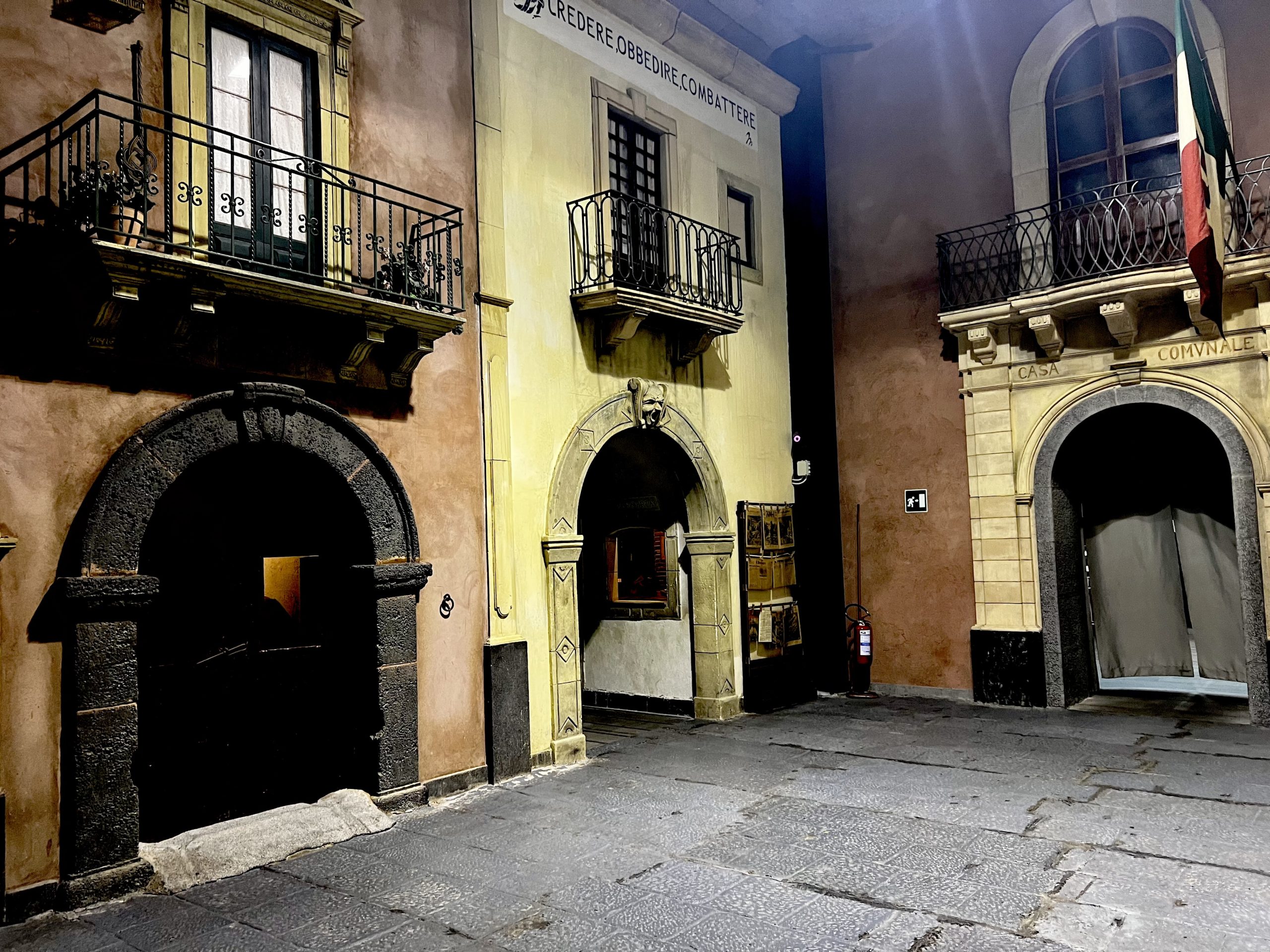
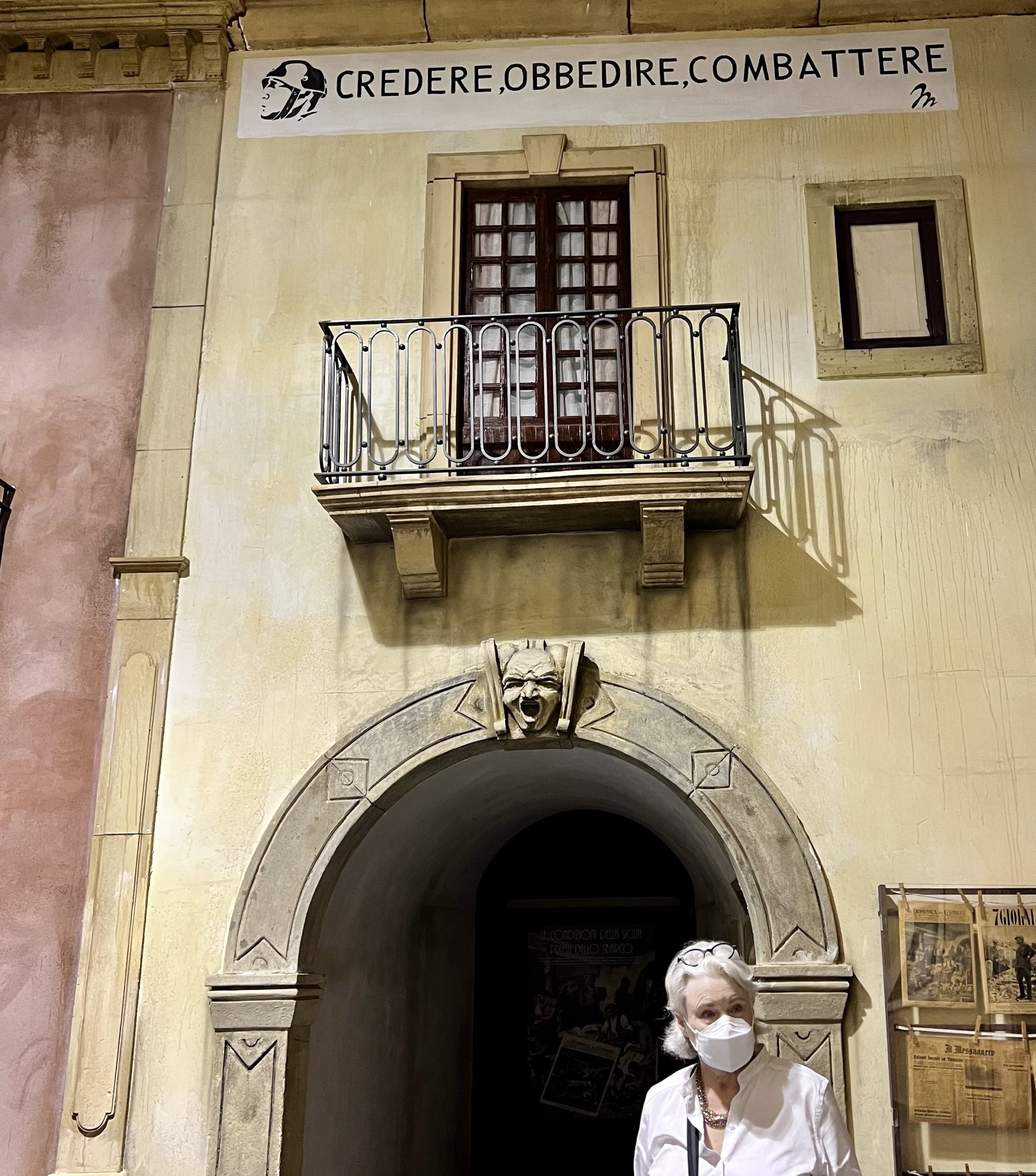
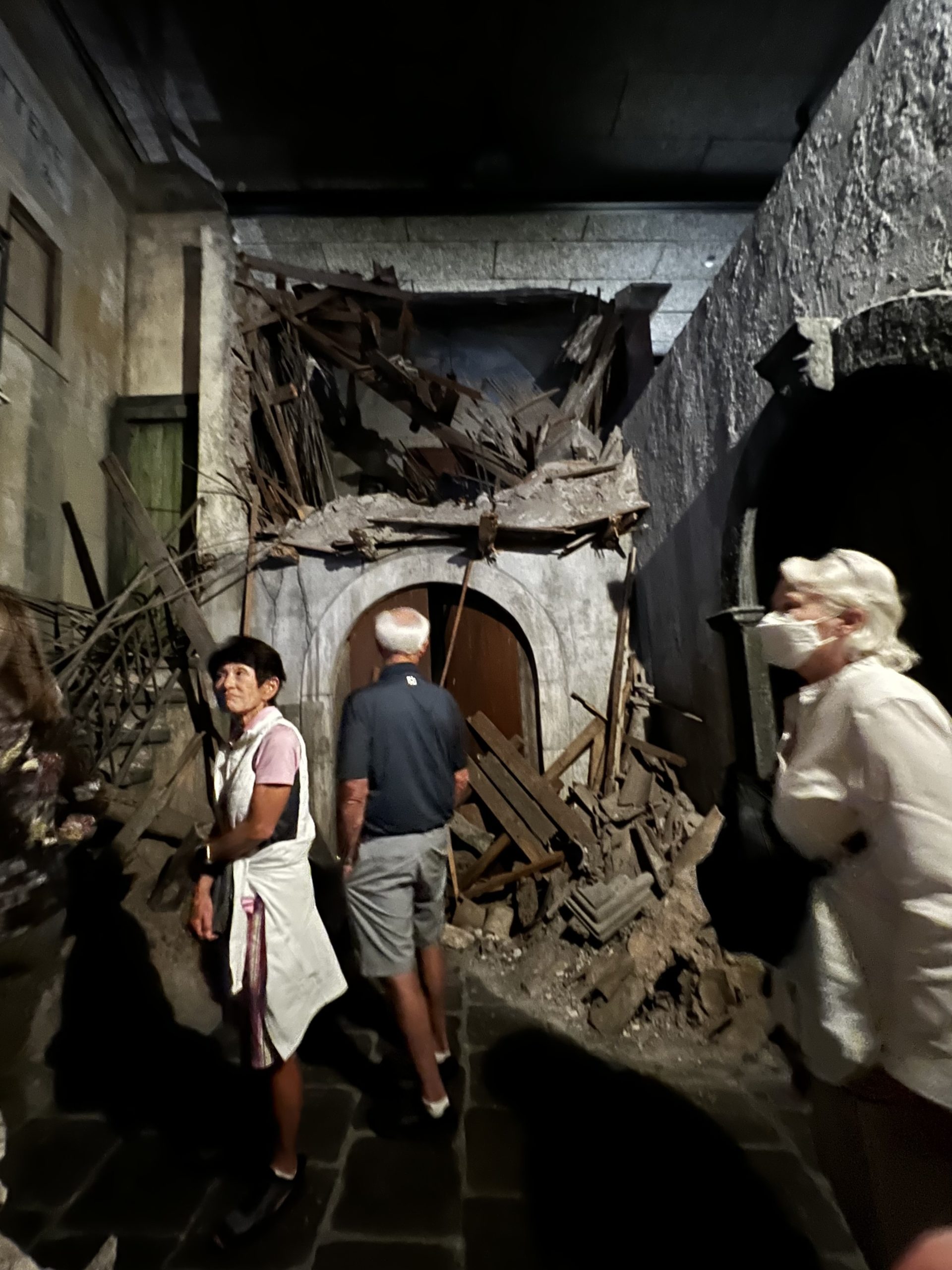
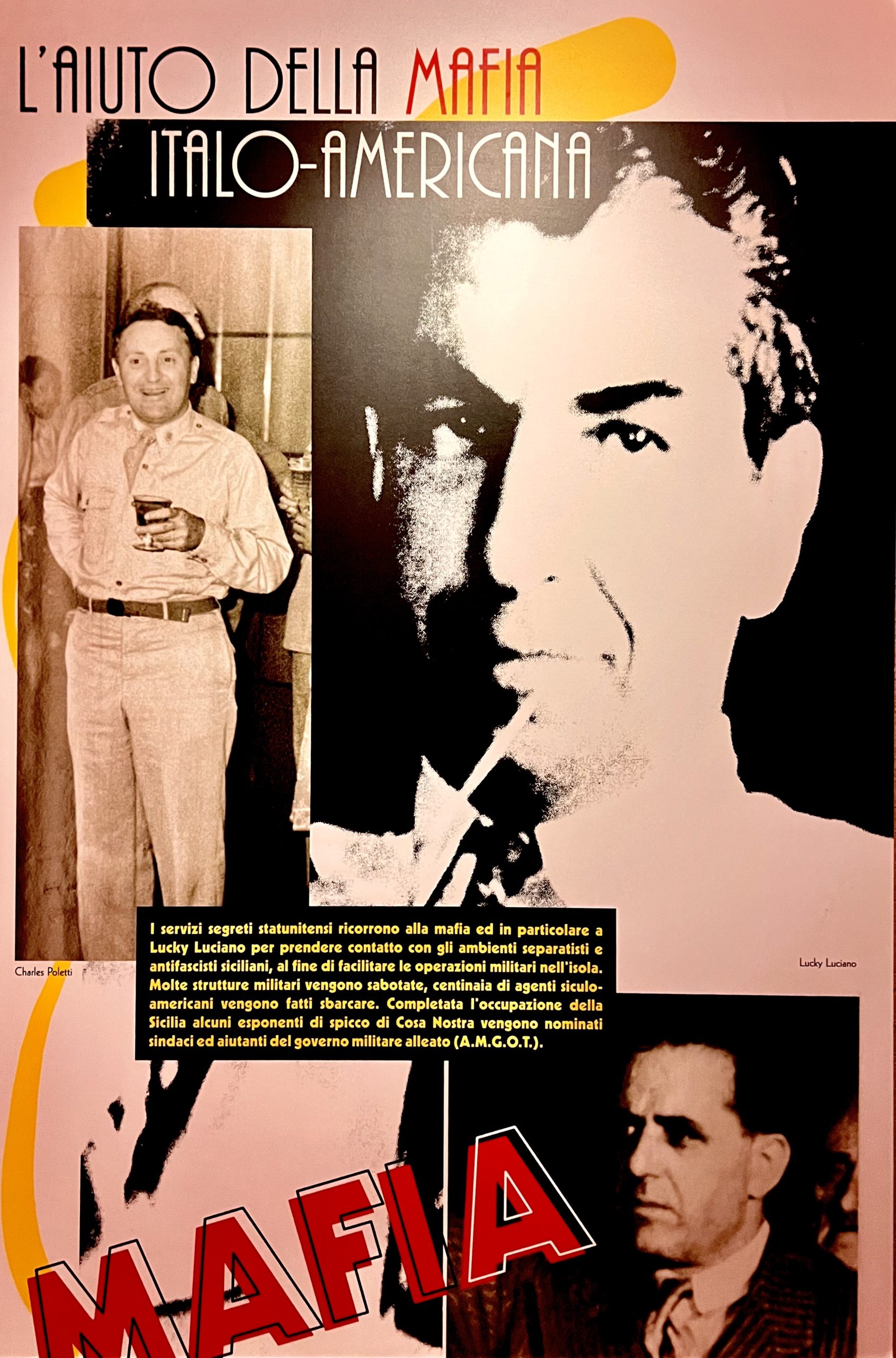
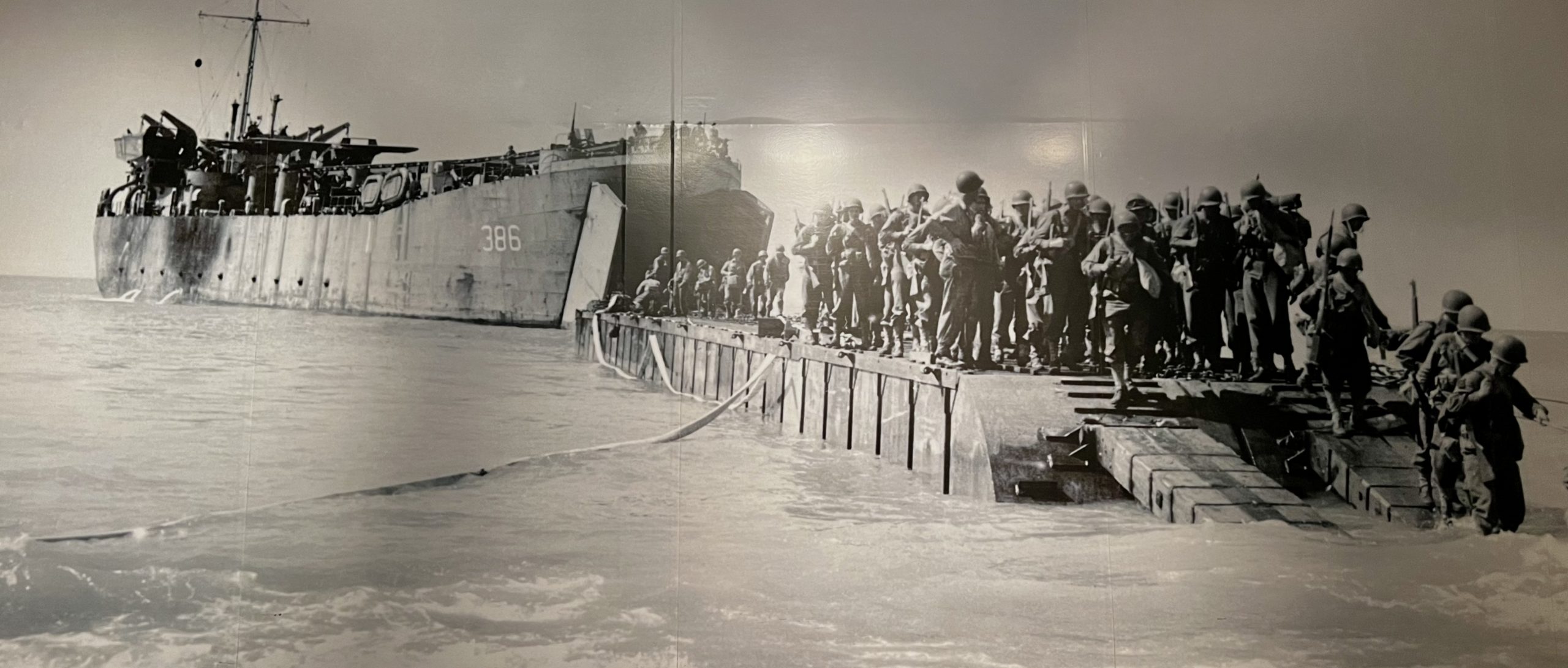
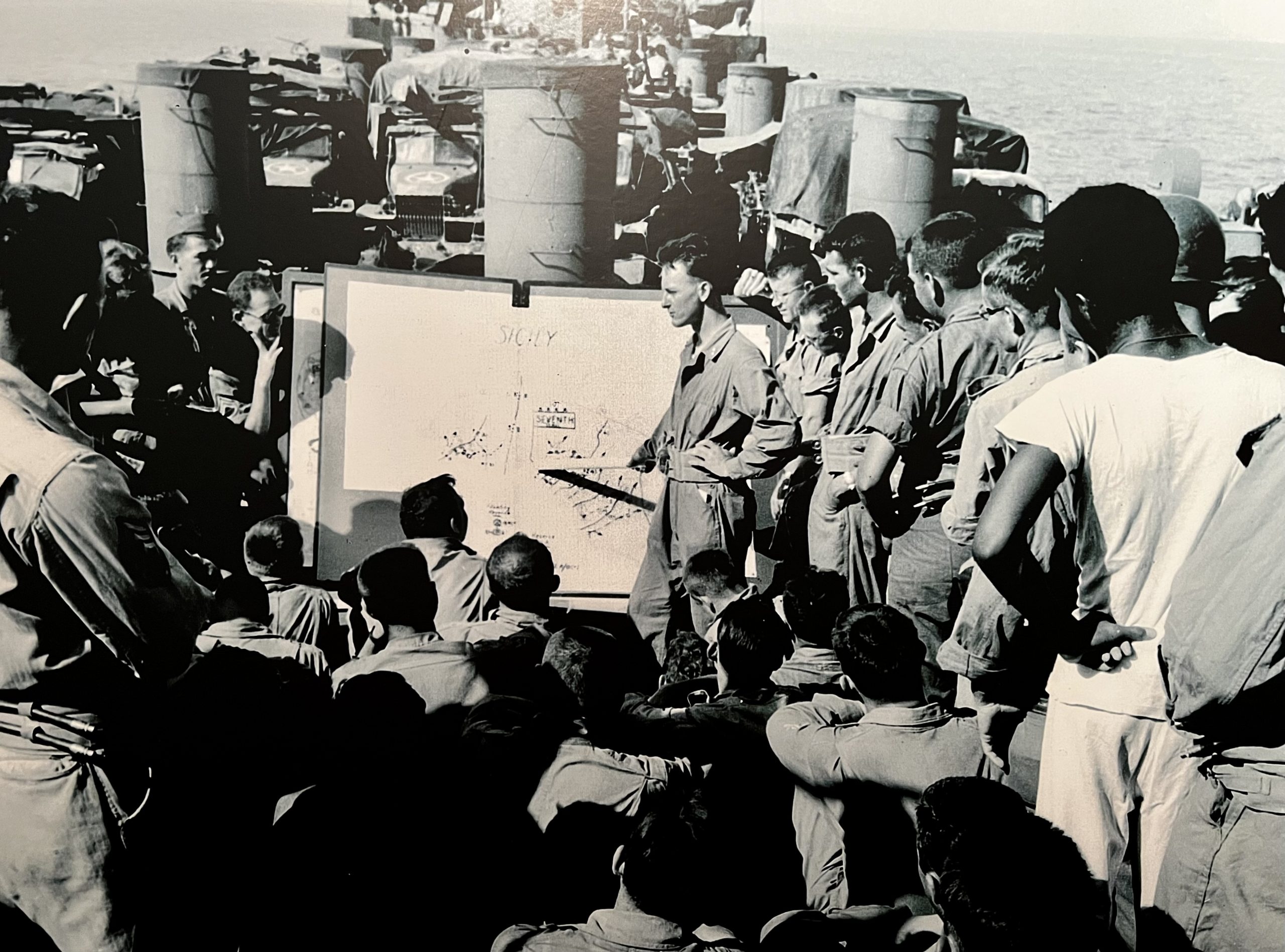
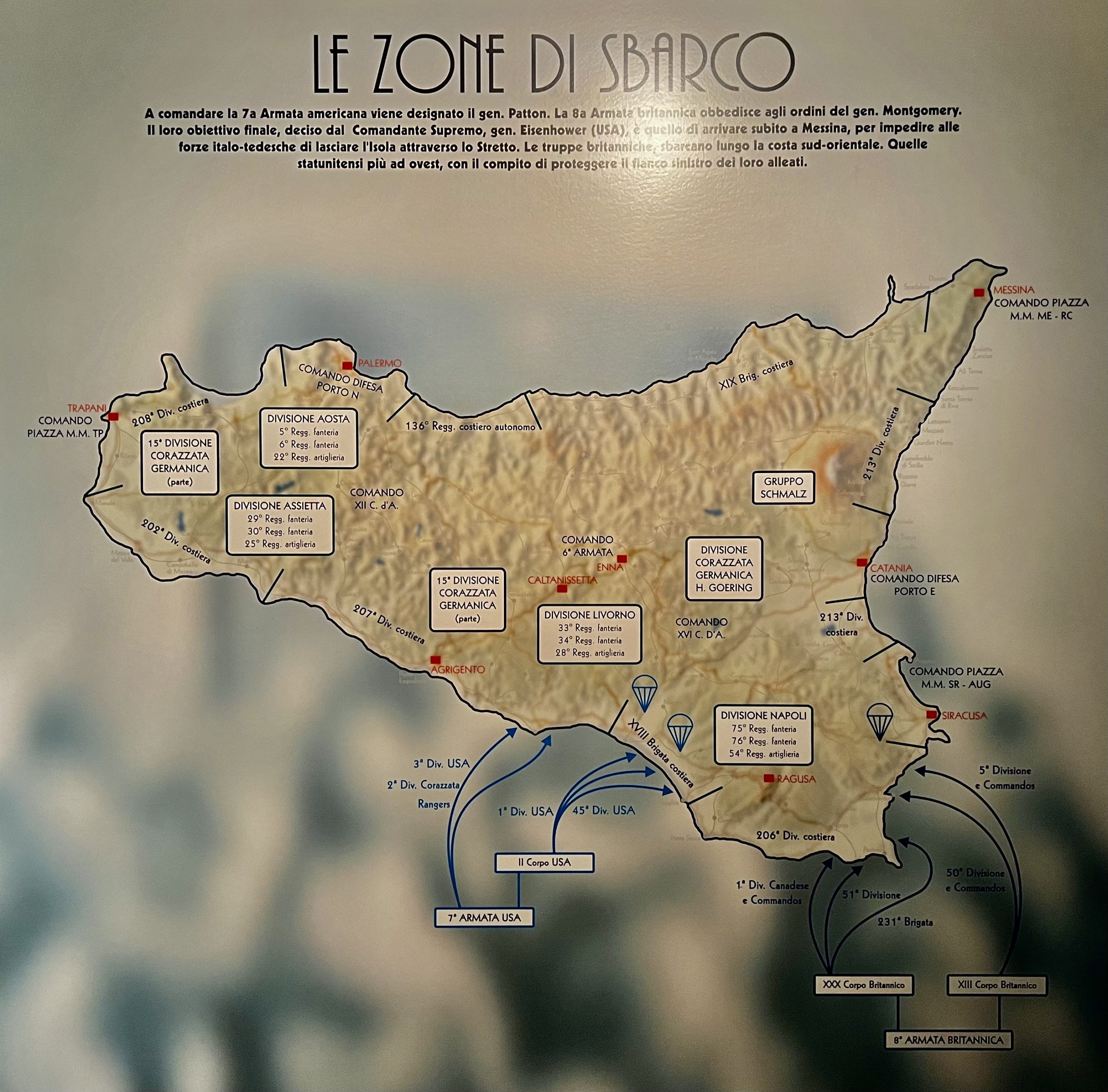
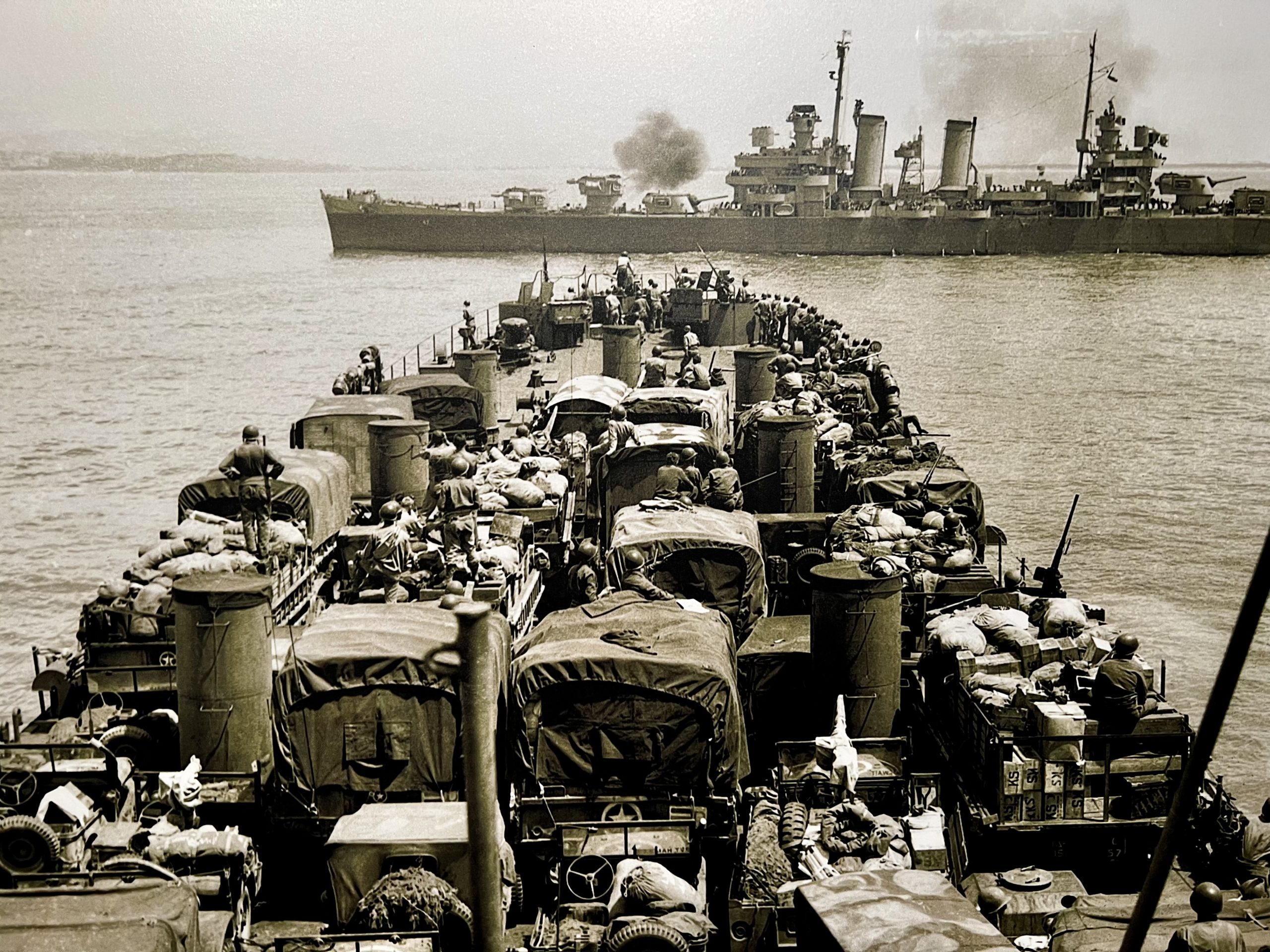
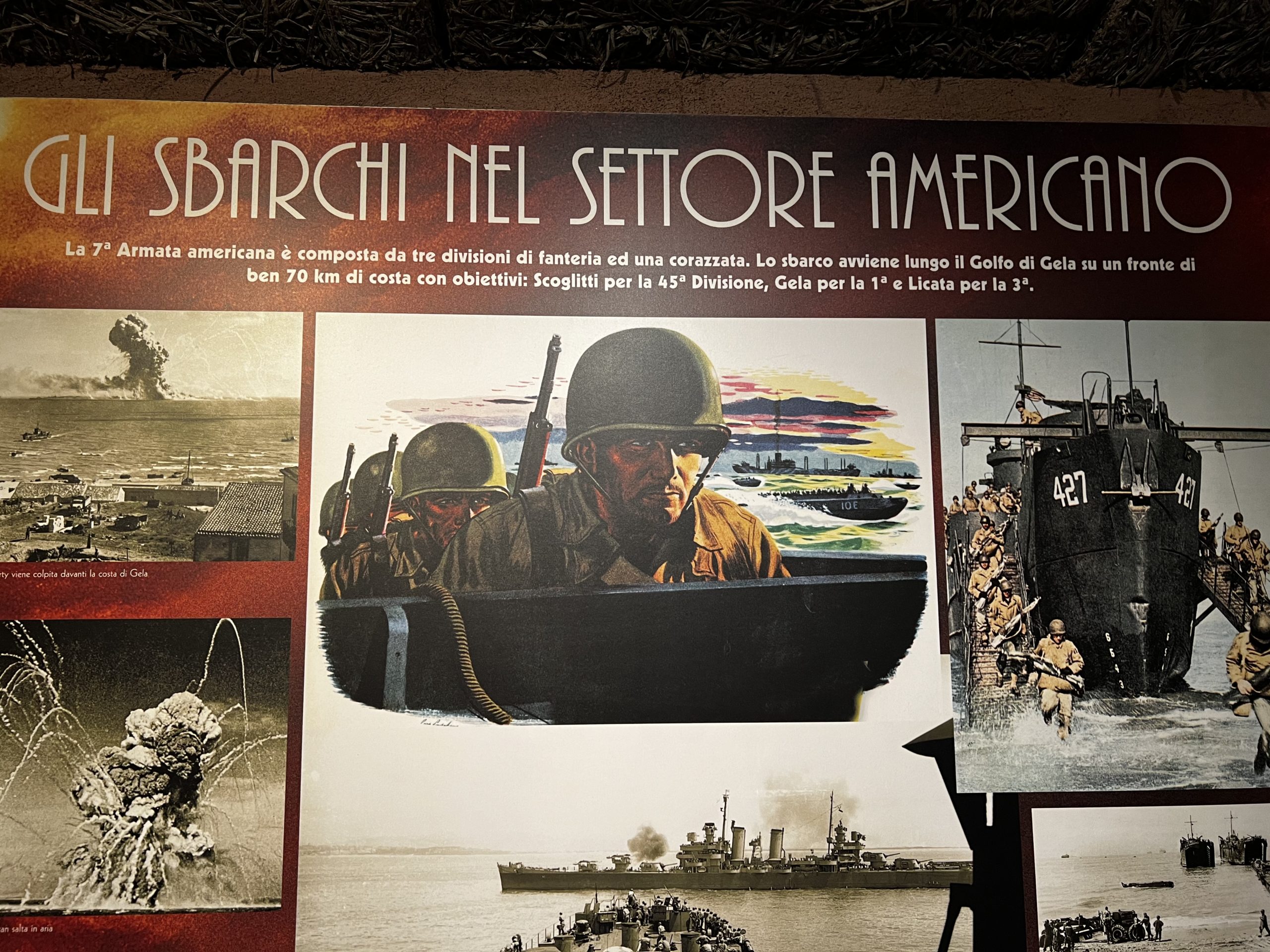
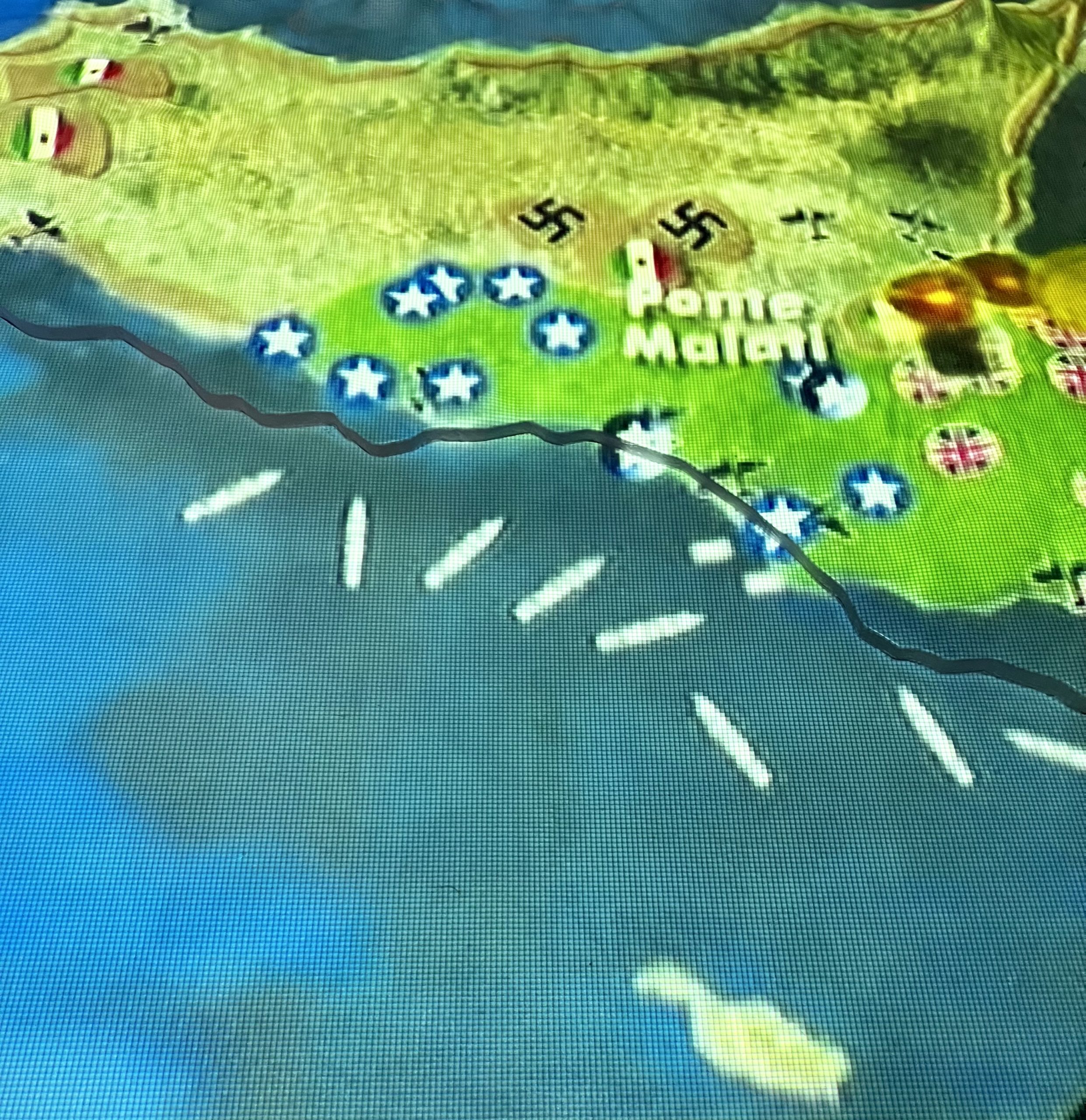
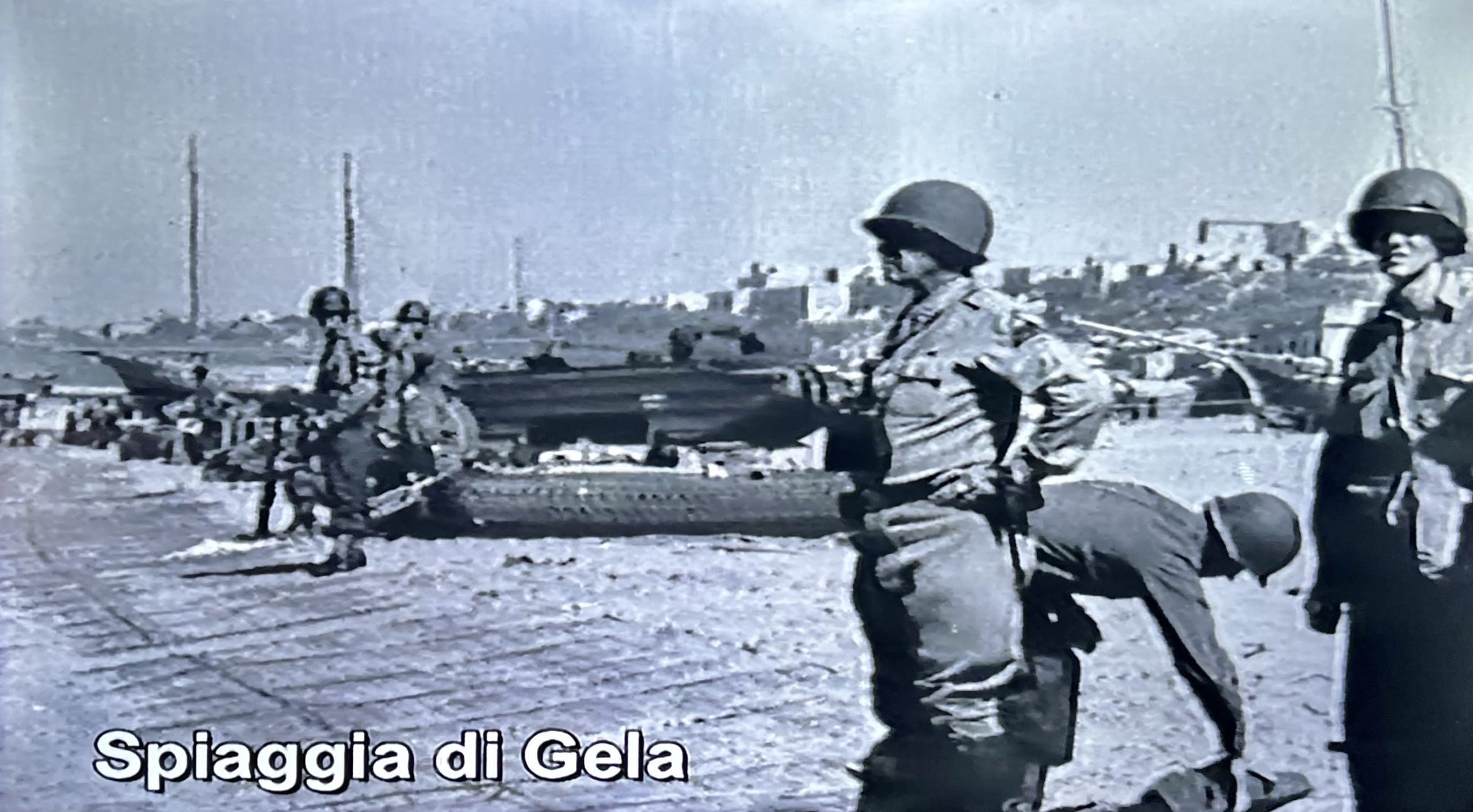
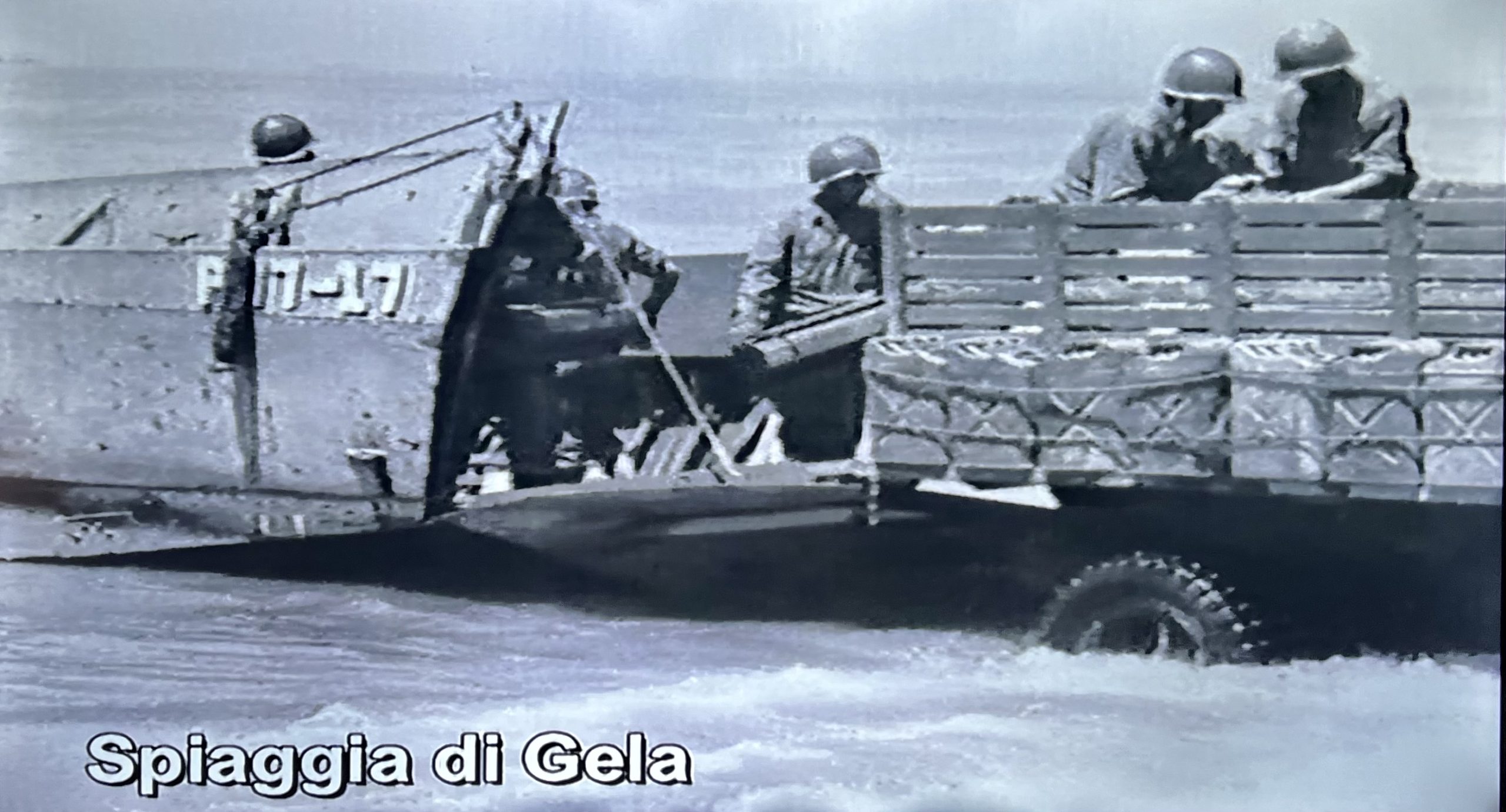
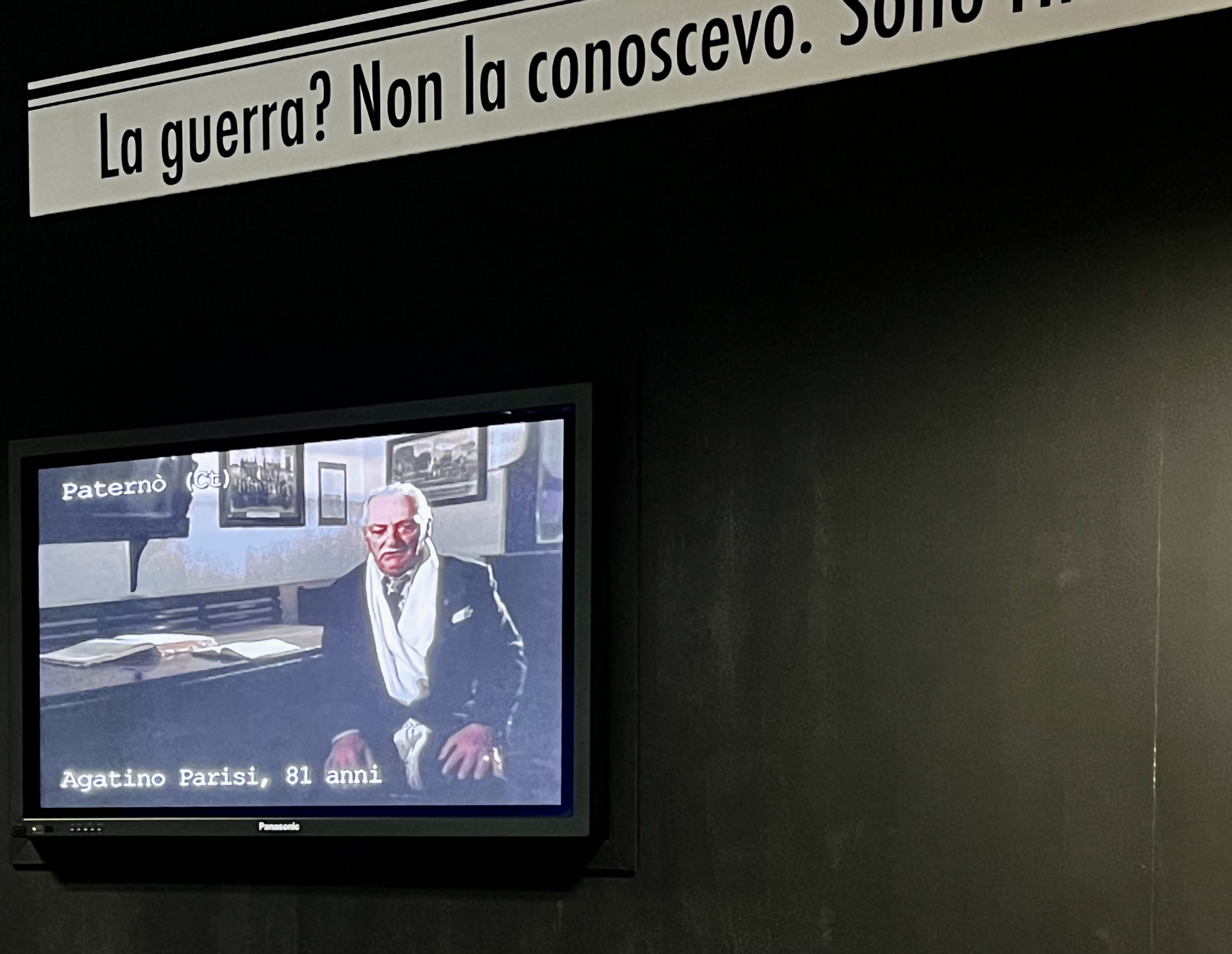
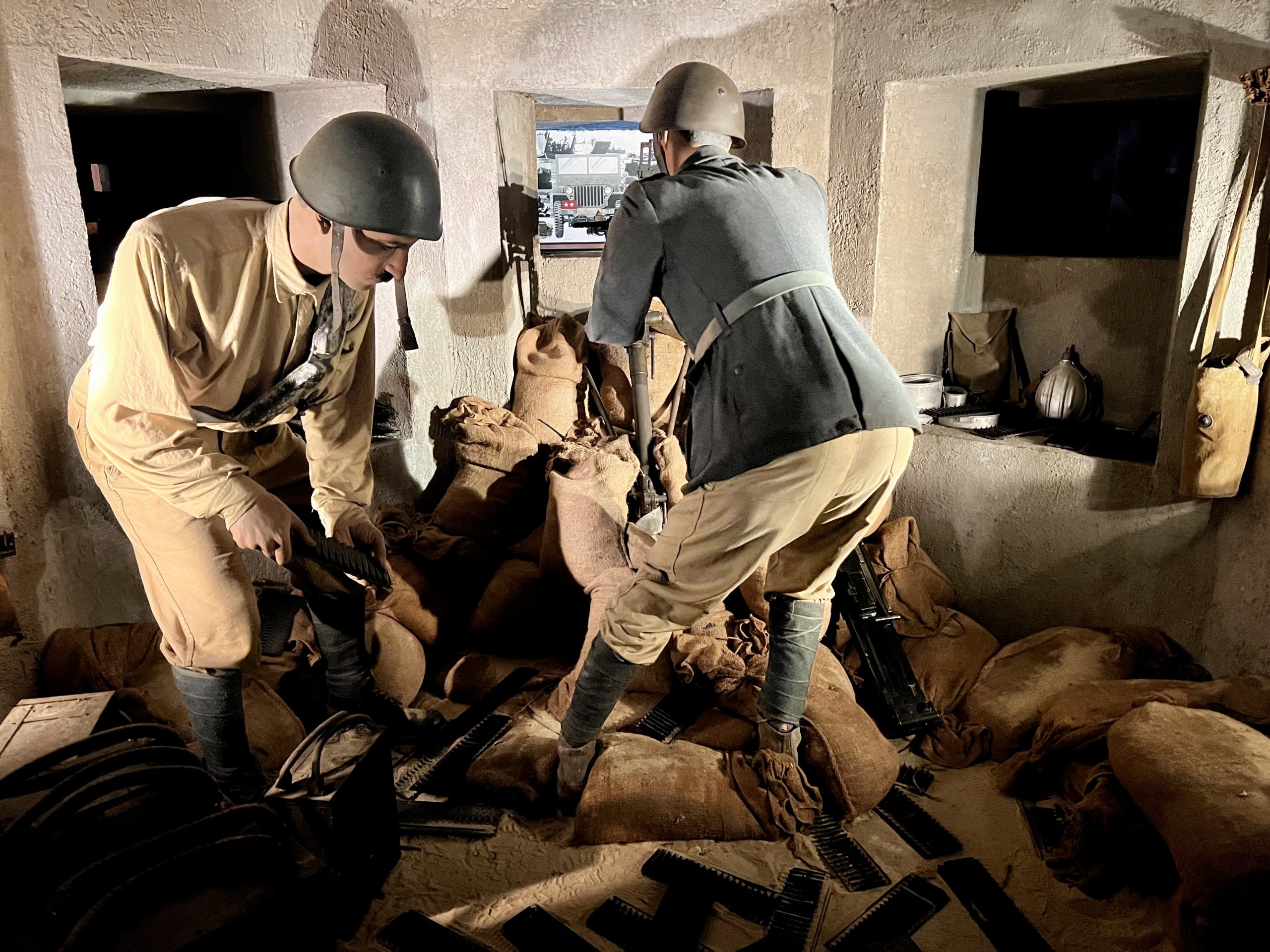
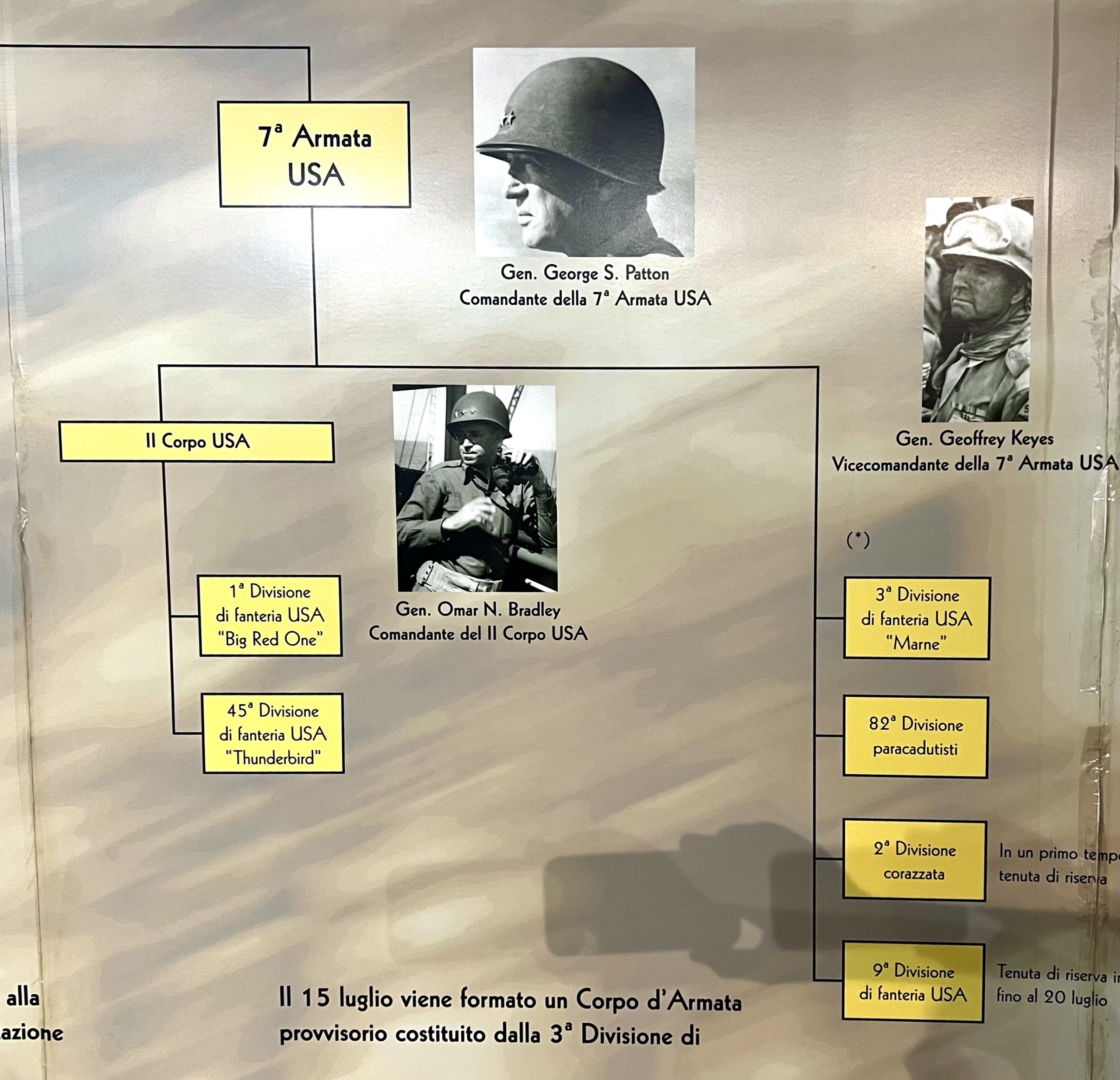
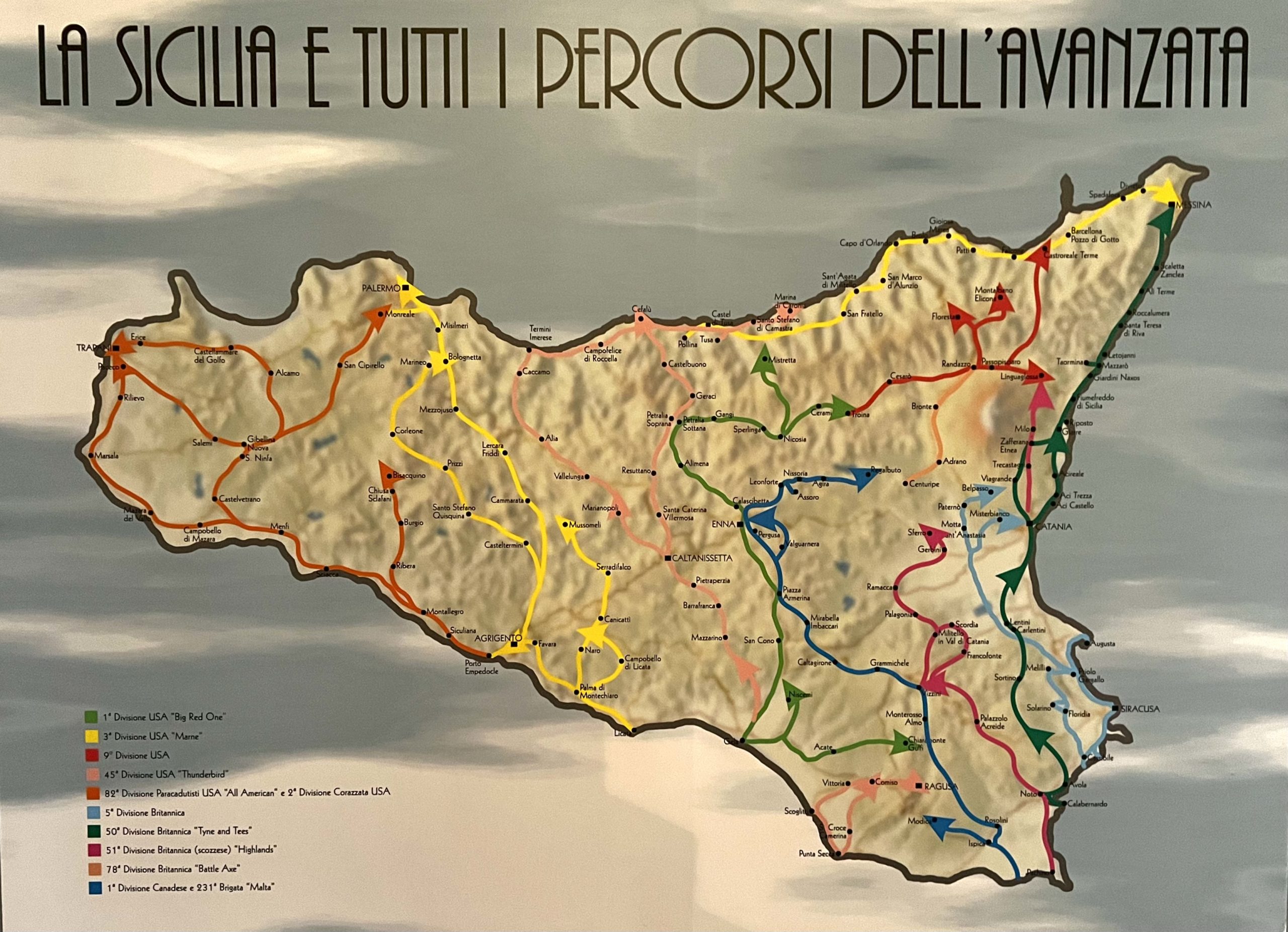
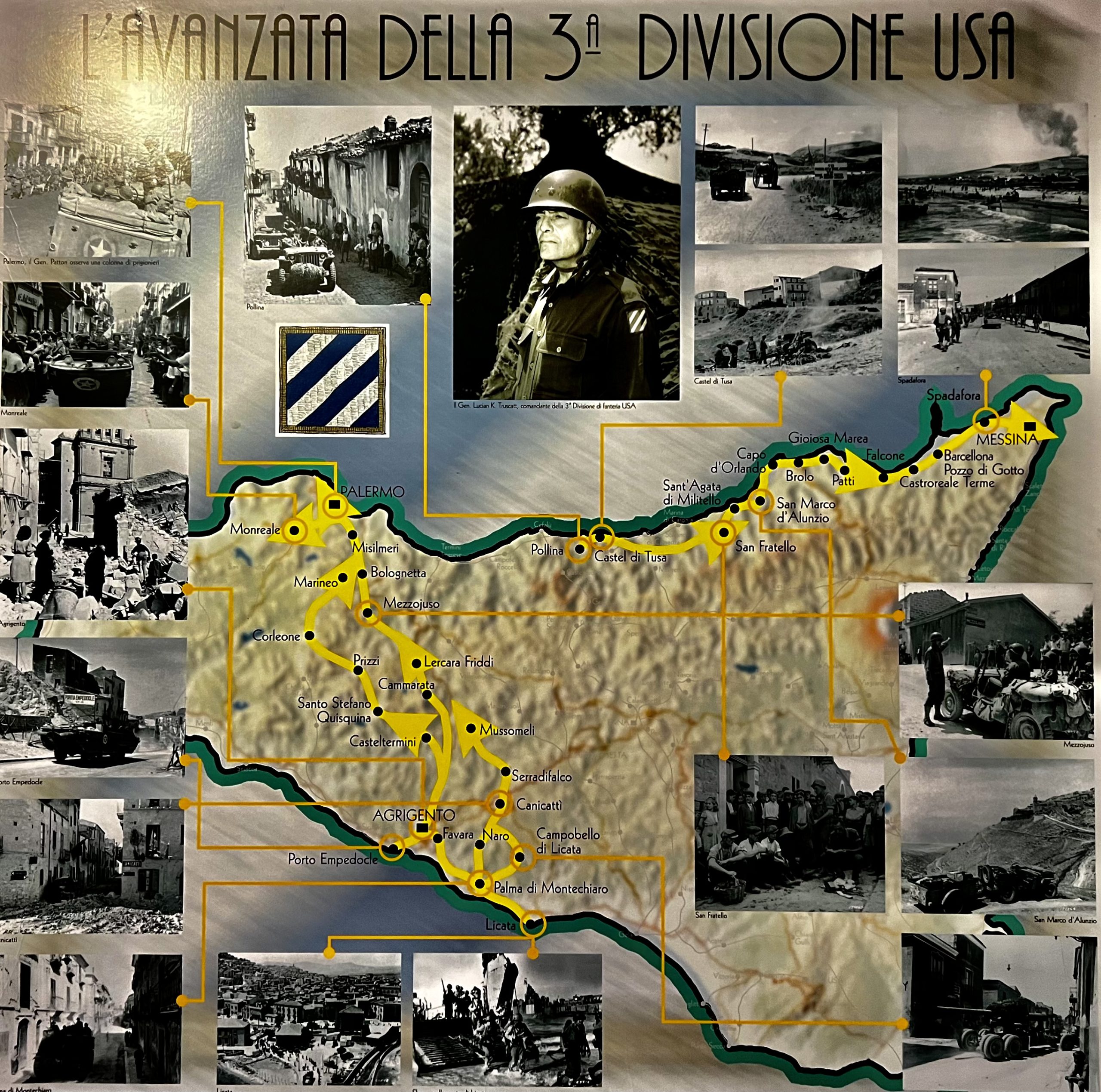

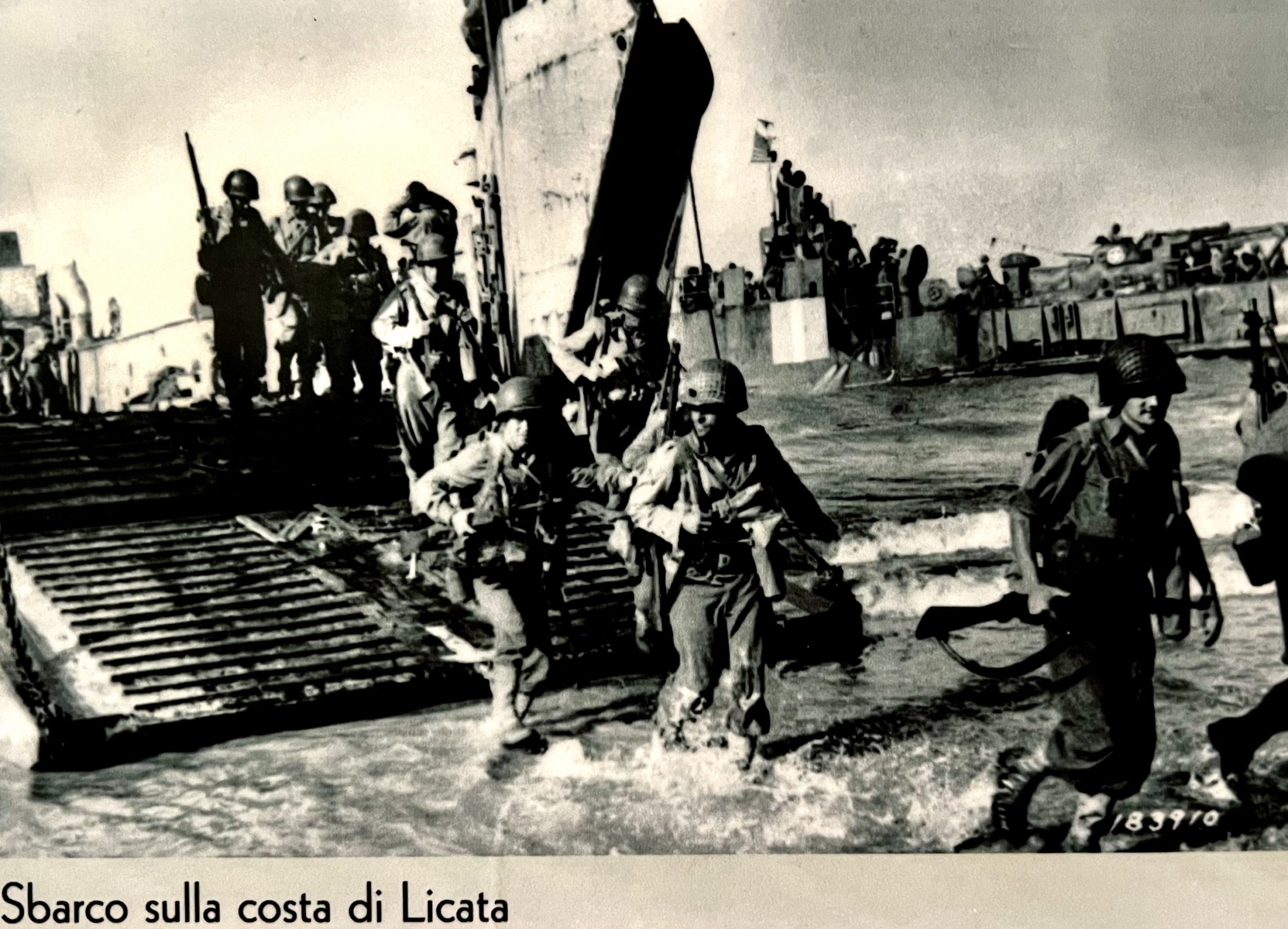

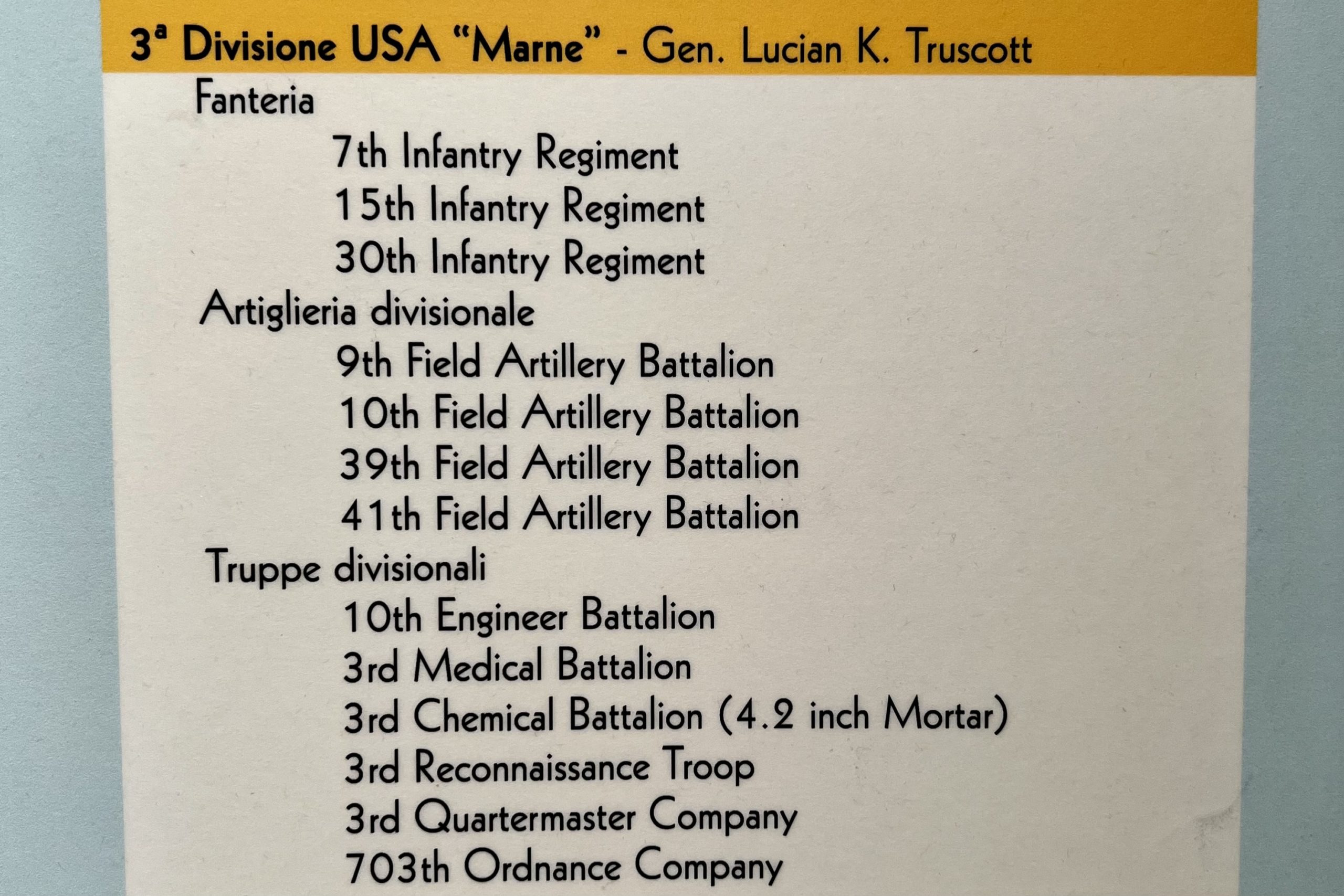
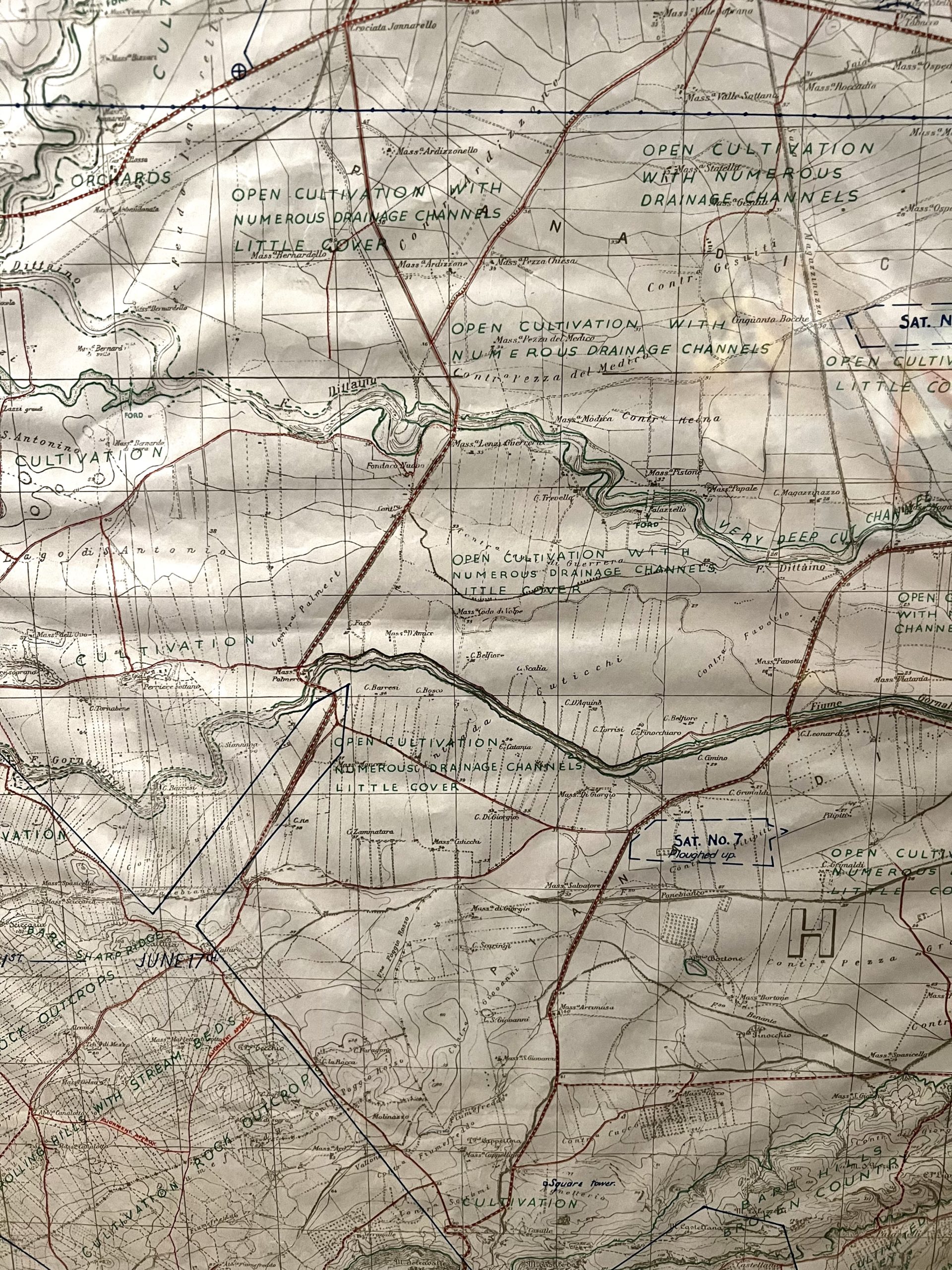
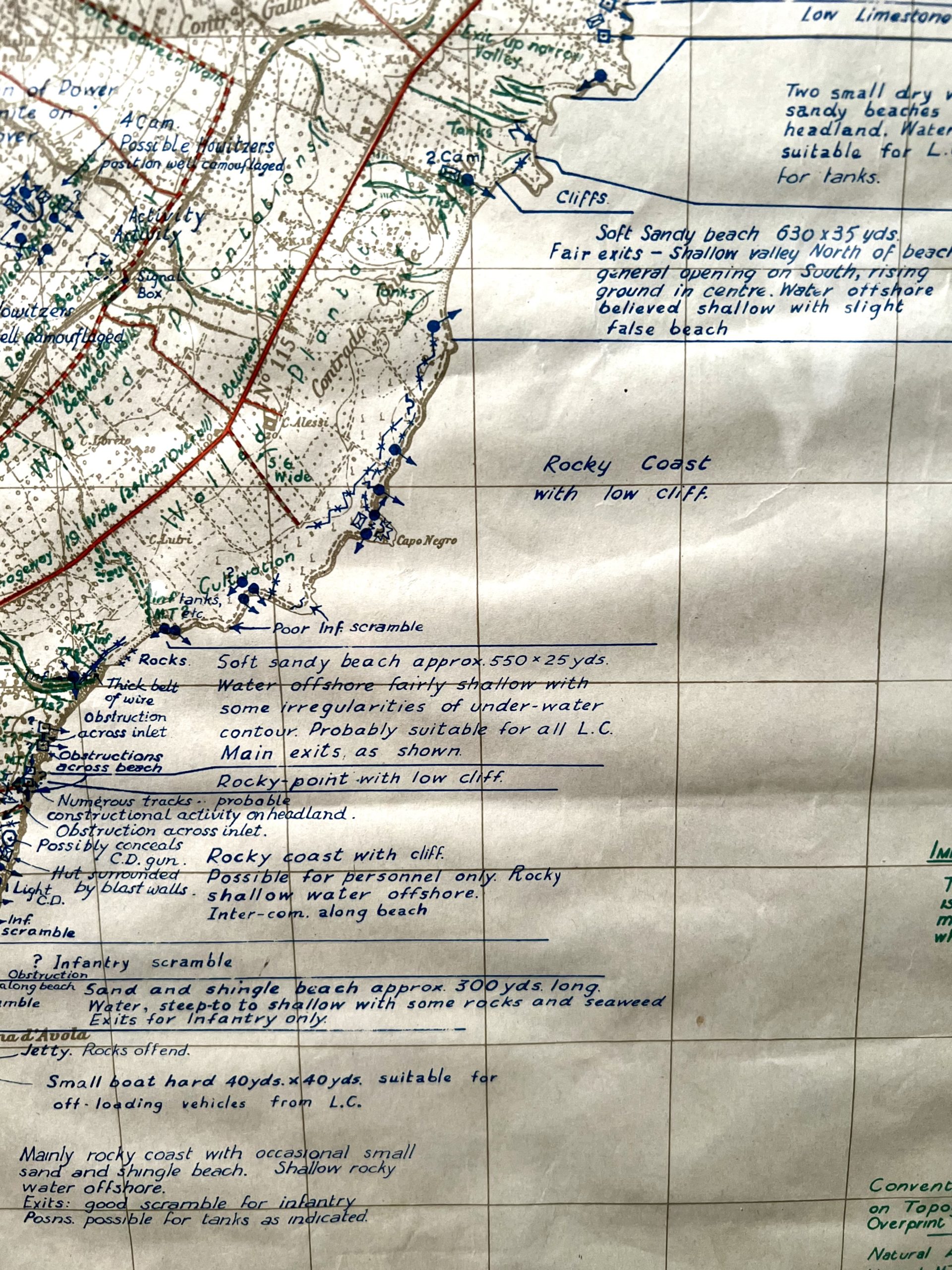
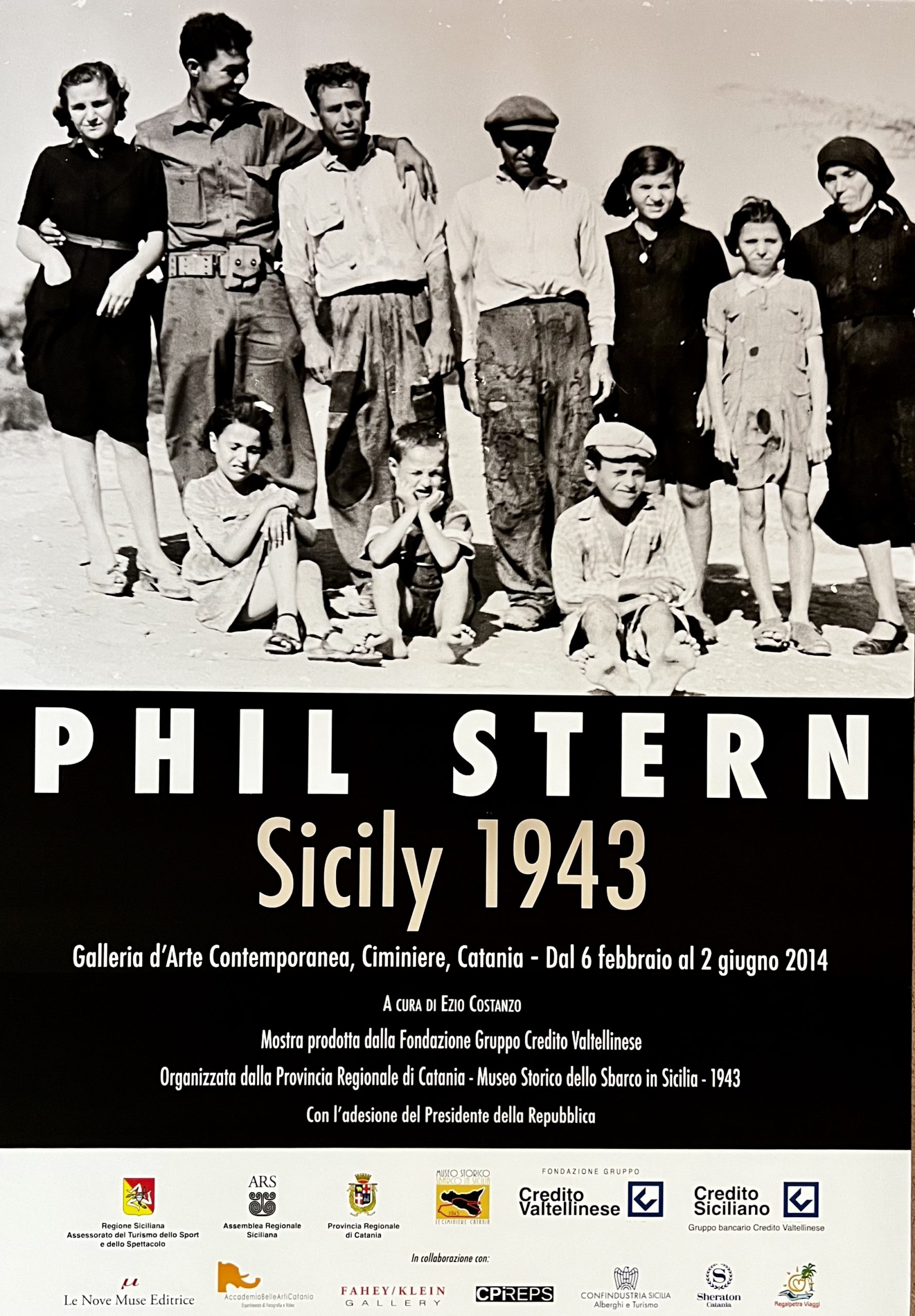
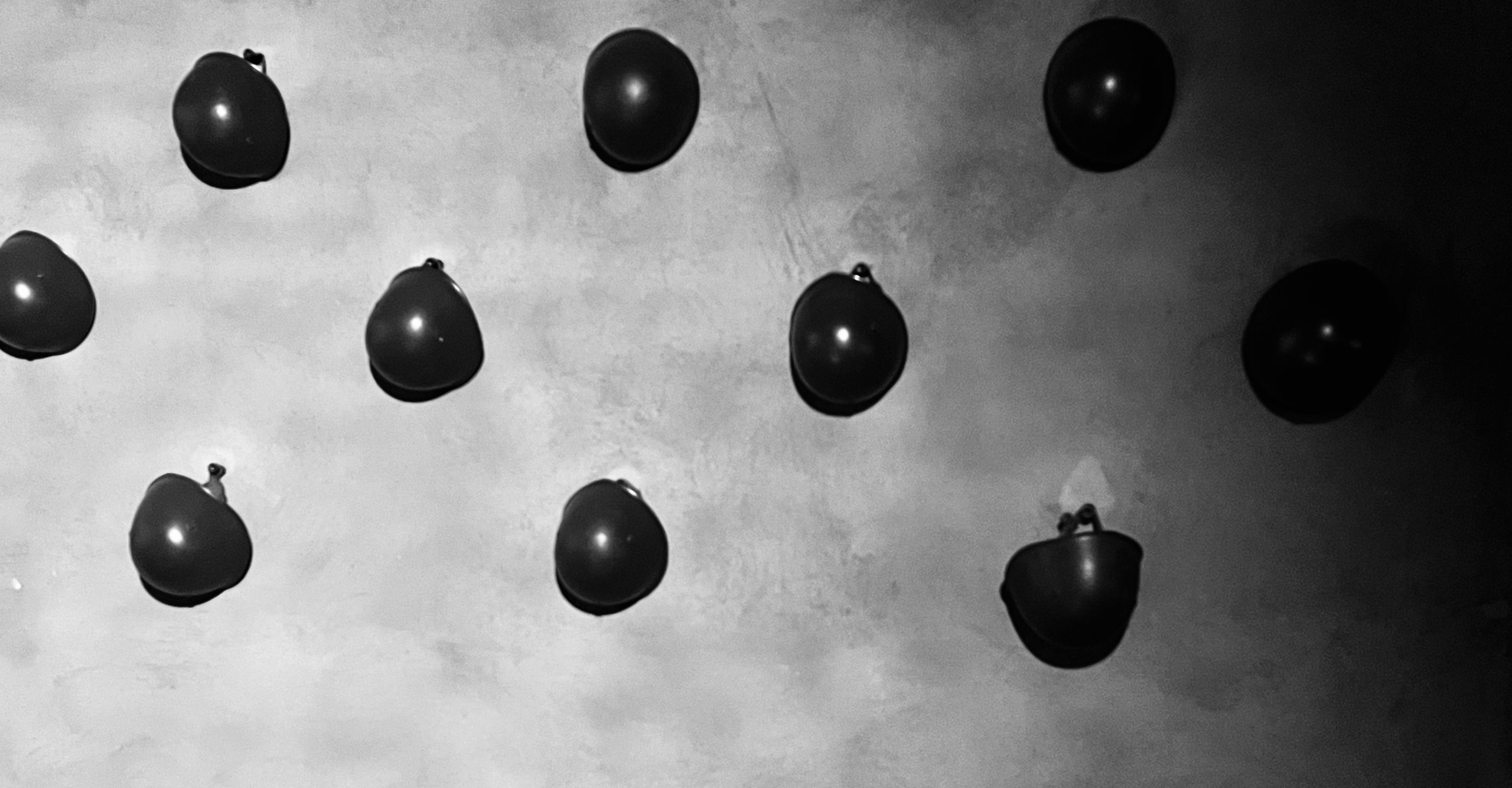
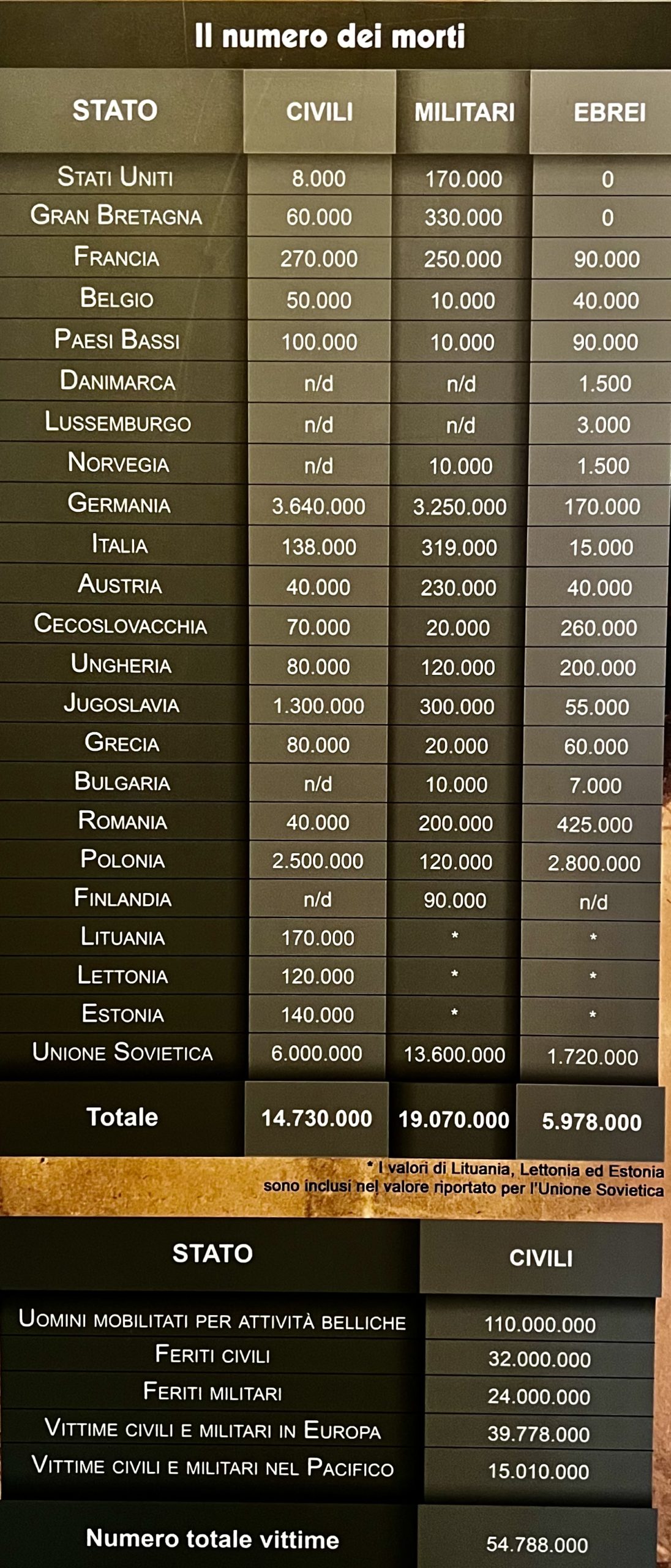
Anzio Beachhead Museum – Anzio
This is a small volunteer-supported museum in Anzio. Its collection is comprised of donations by service men and women and their descendants as well as contributions from other museums. It is chock full of stuff. May not provide the best overview of the campaign, but the level of detail is immense.
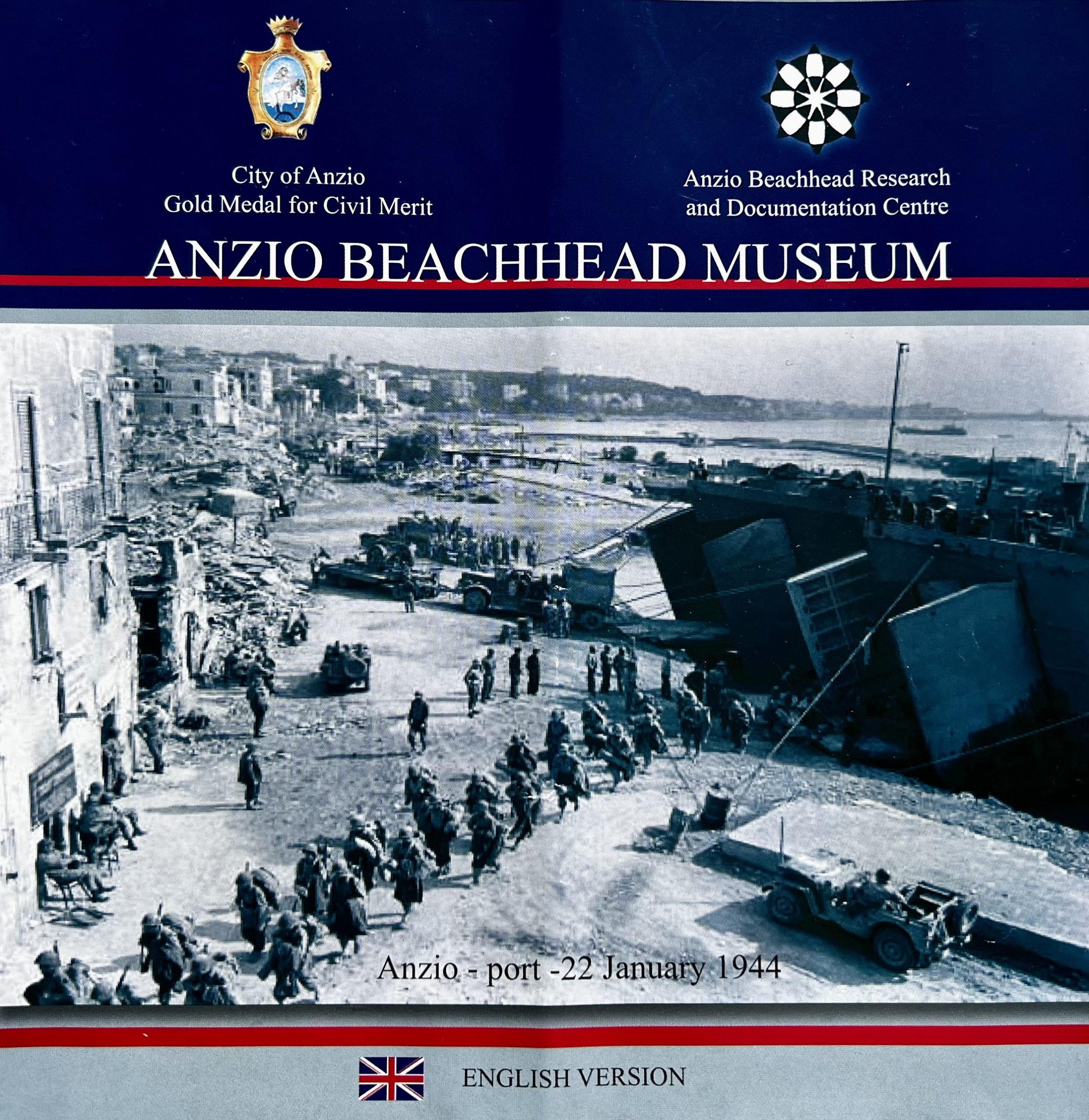
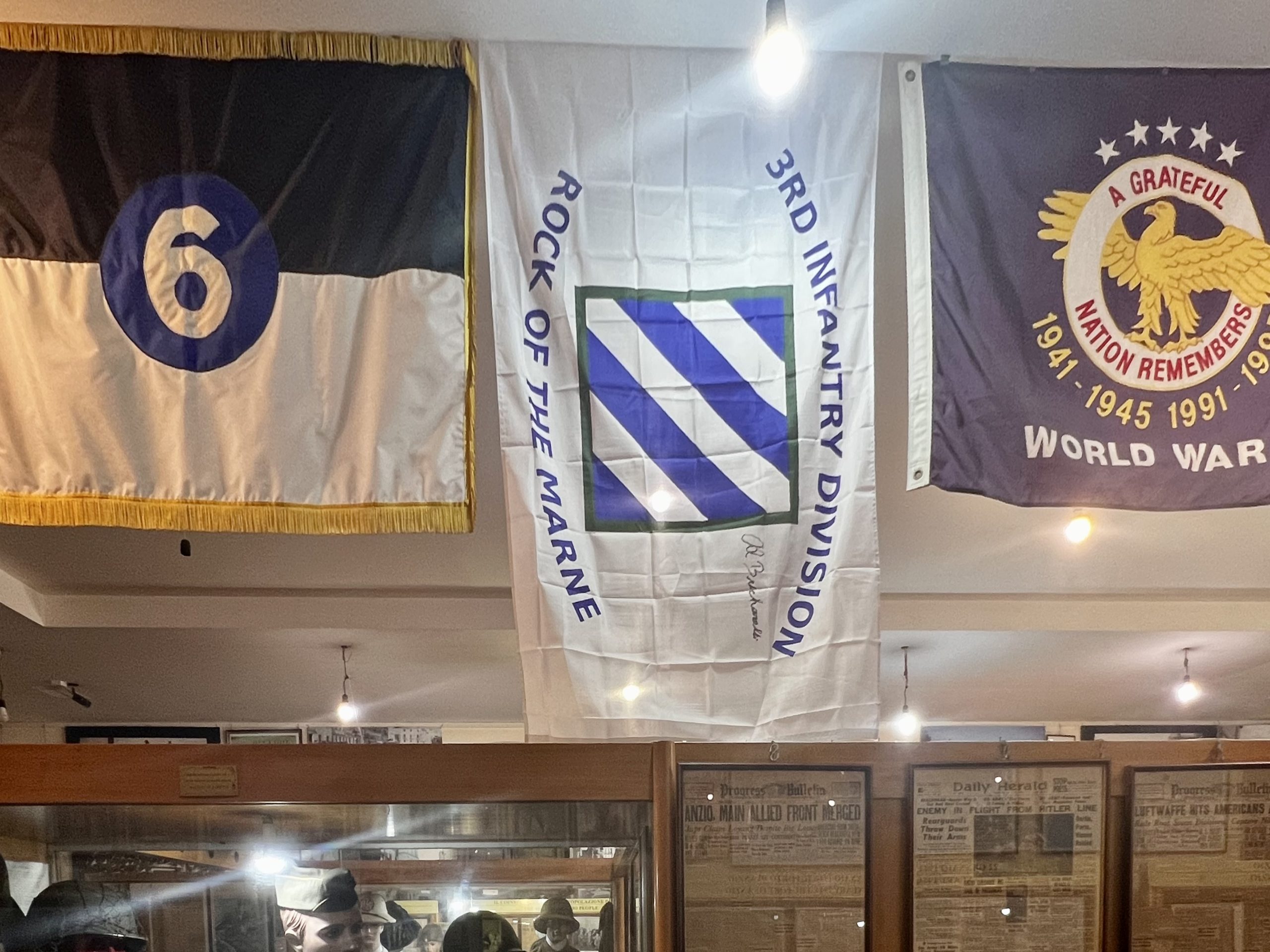

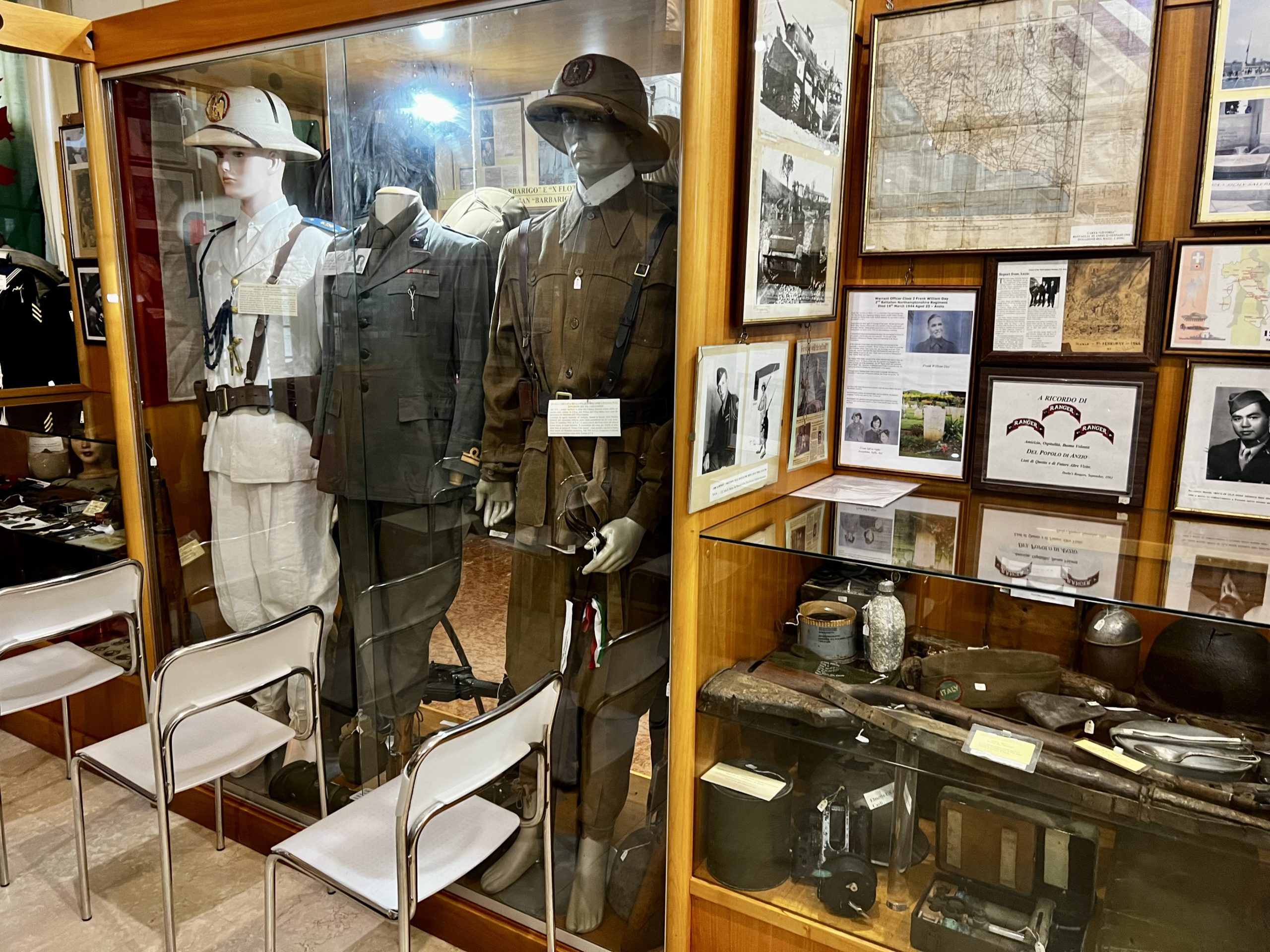
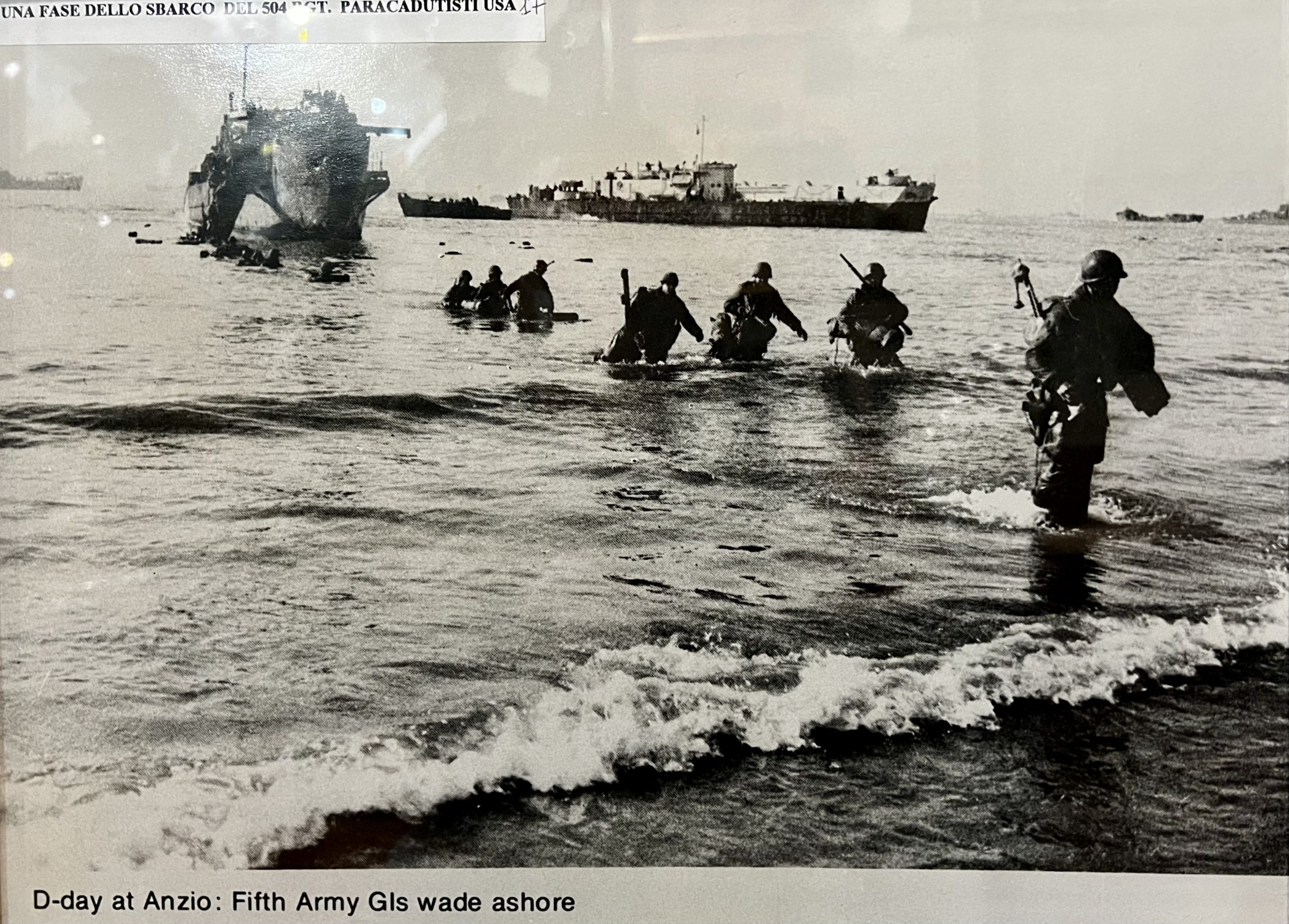
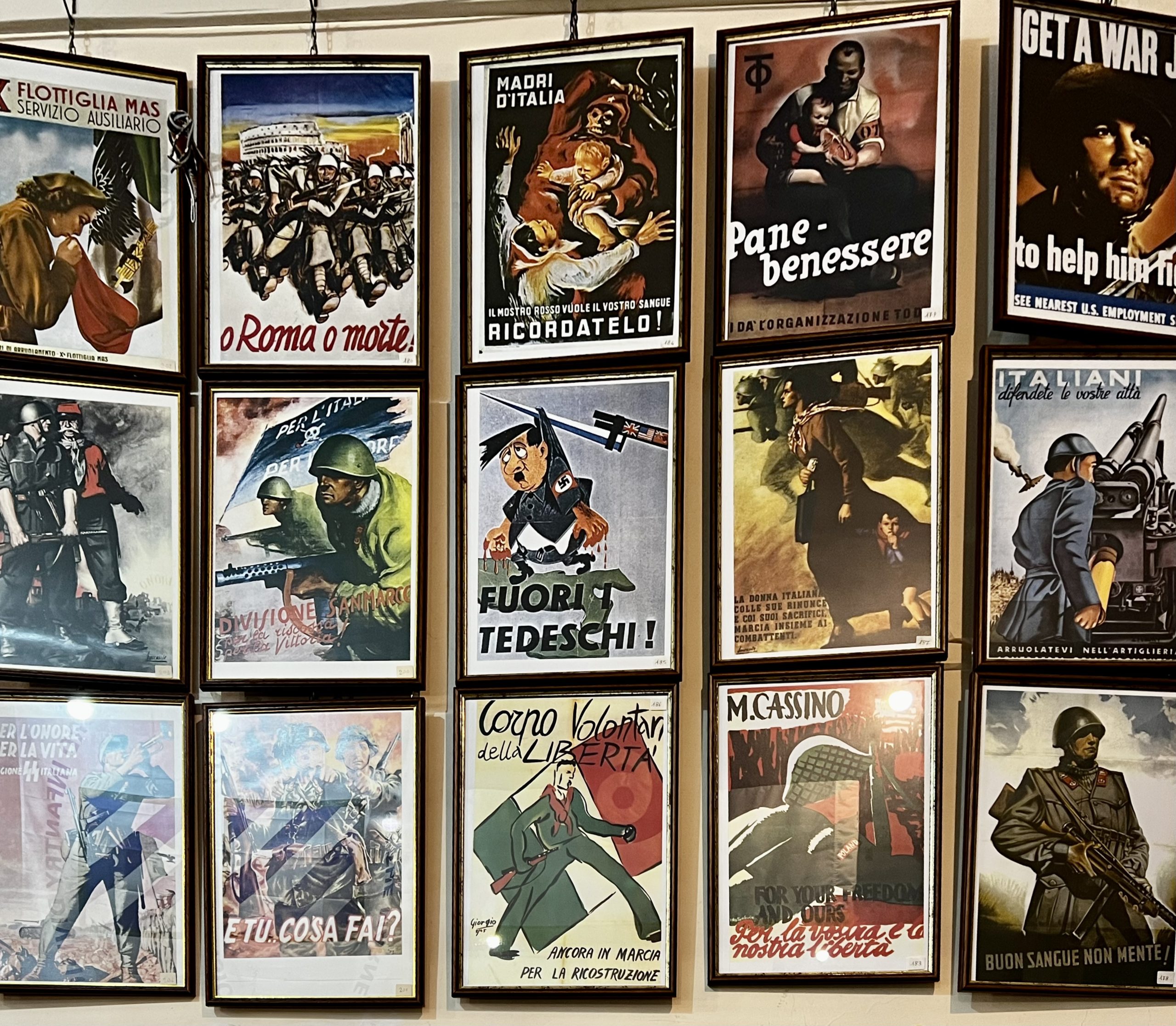
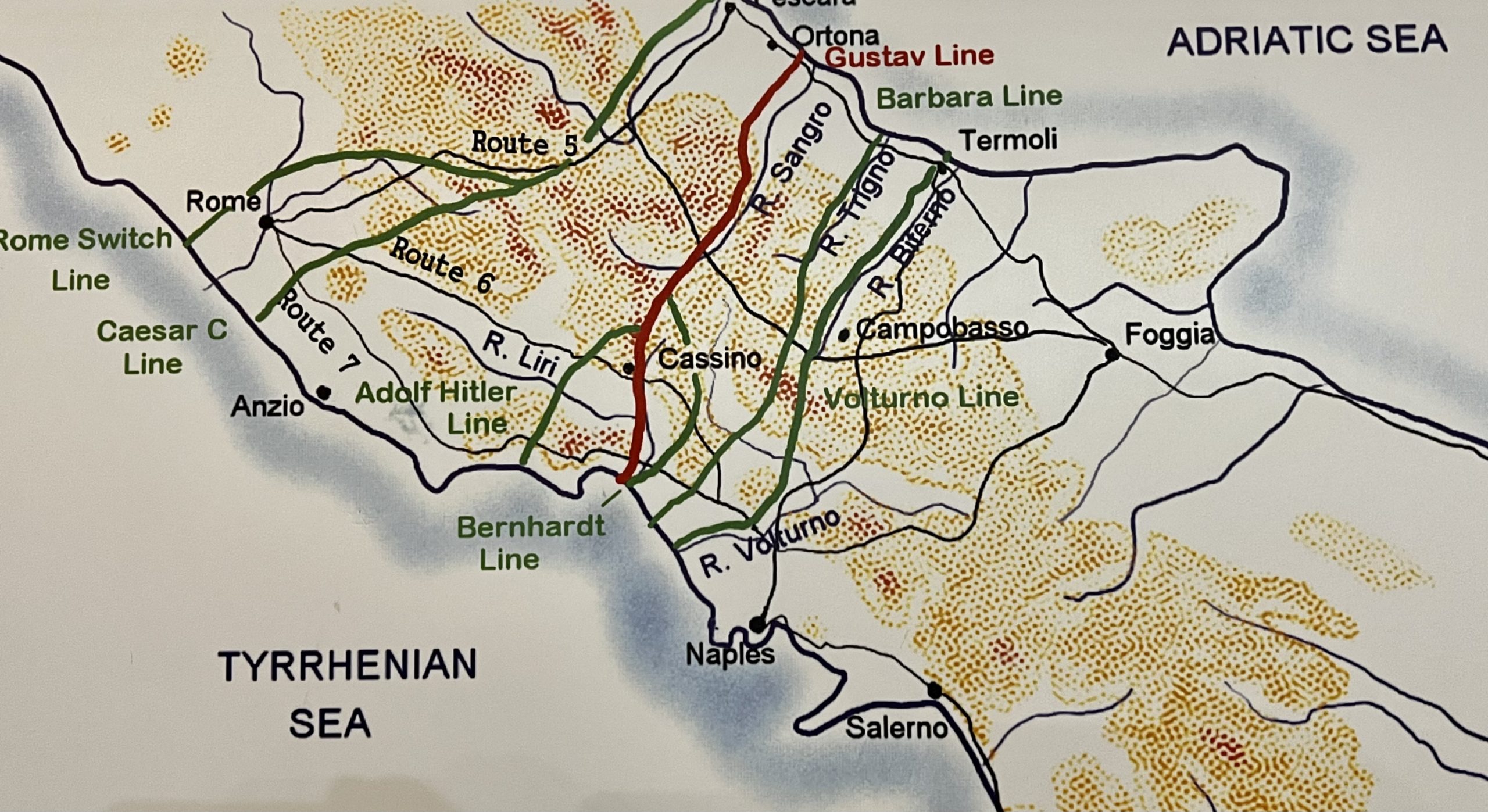
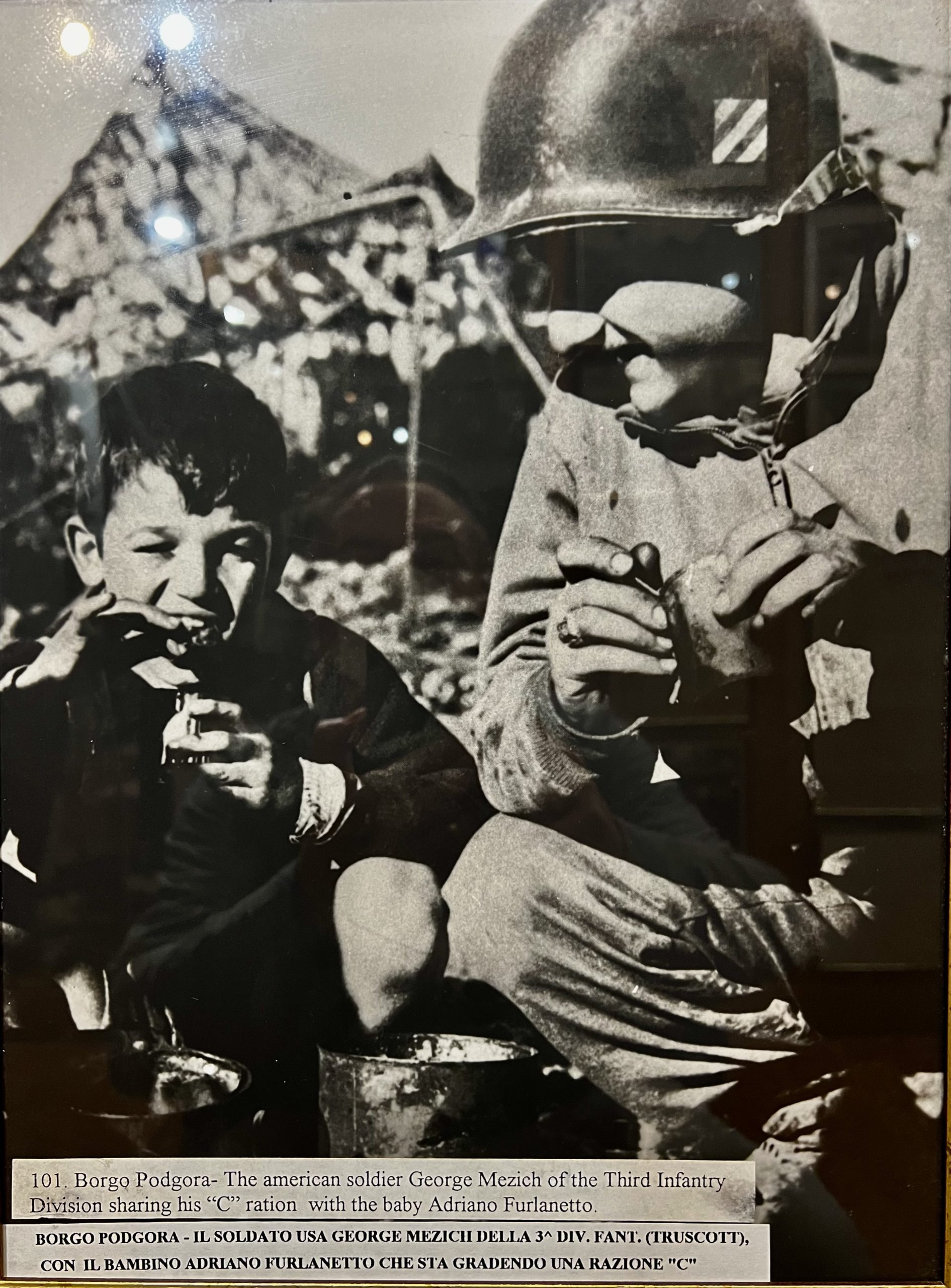
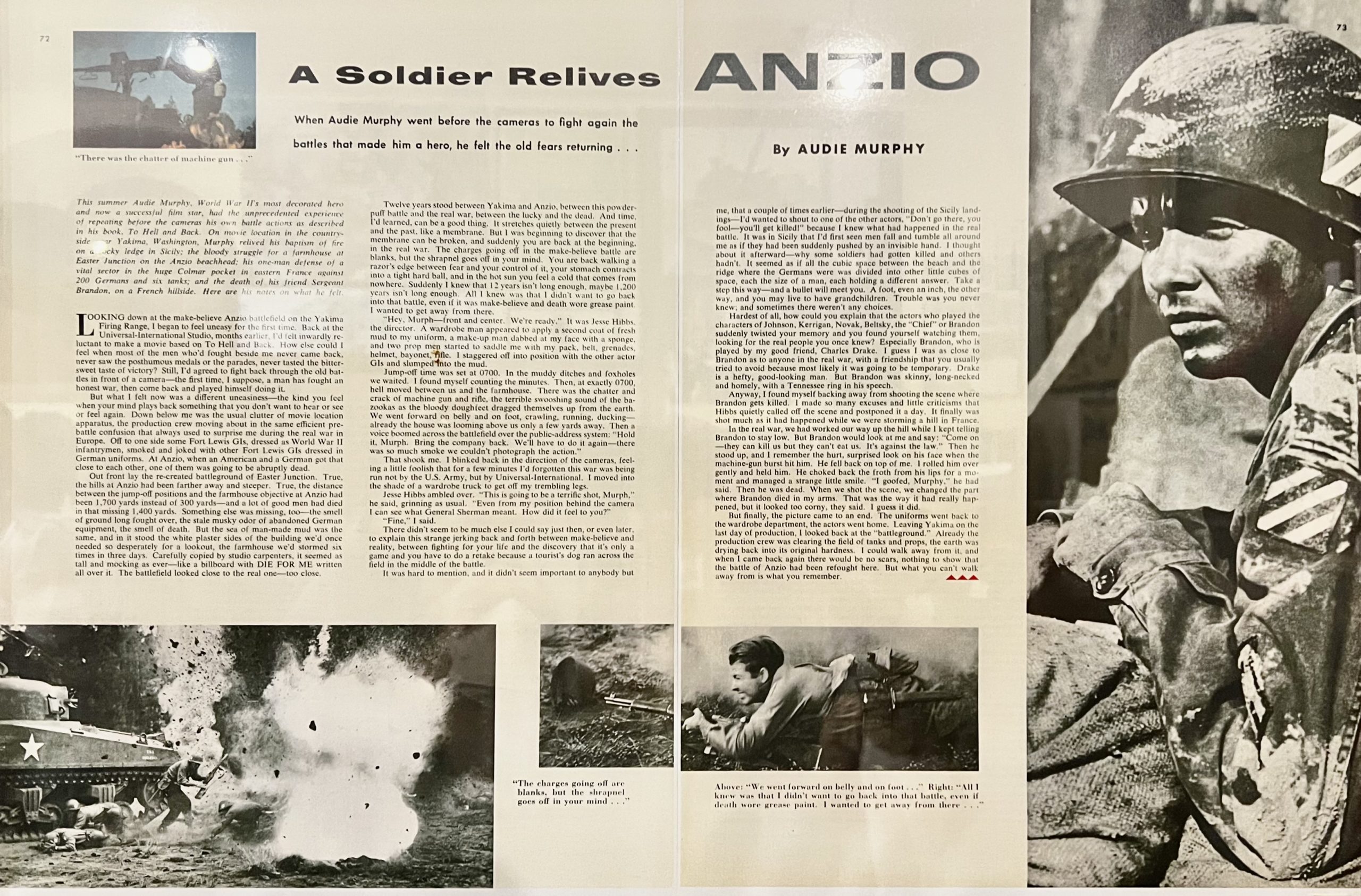
Sicily Anzio Cemetery – Anzio
Robert remembers seeing this cemetery in 1962. Then it lacked the visitor center that now provides a detailed account of the Anzio landing. The cemetery is comprised of service men and women who died in Sicily and Anzio. About thirty percent of the surviving families chose to have their solders buried here.
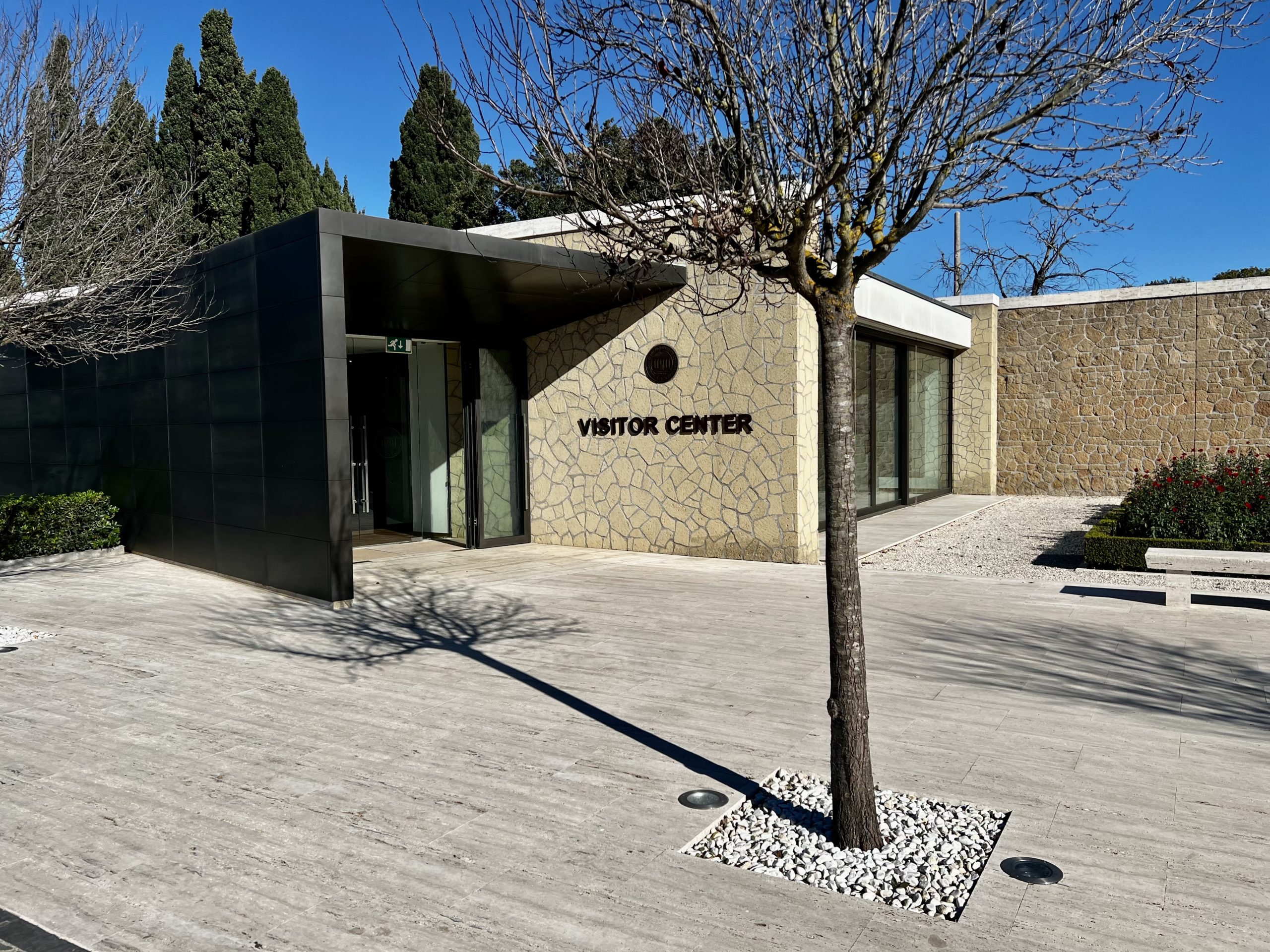
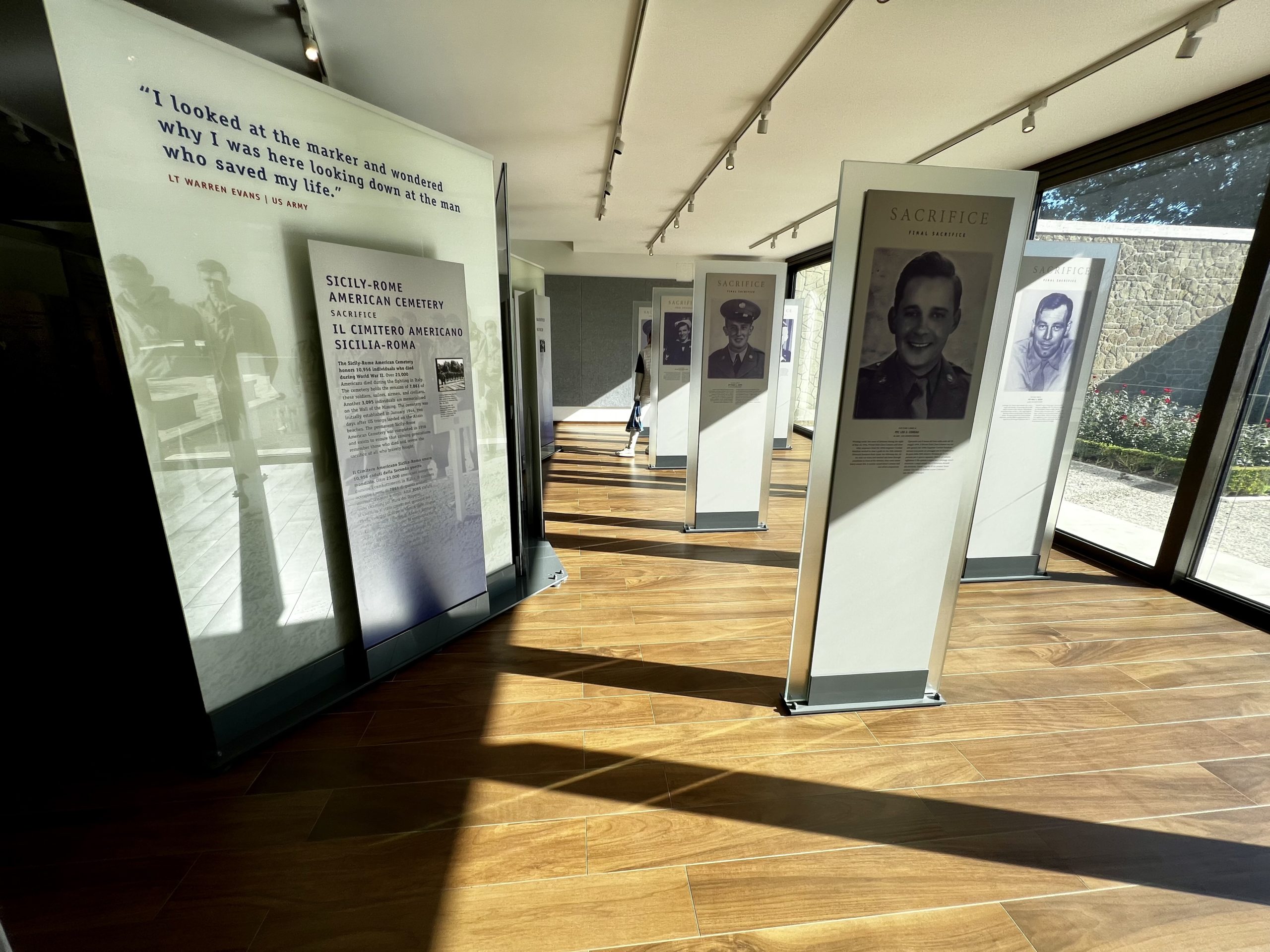
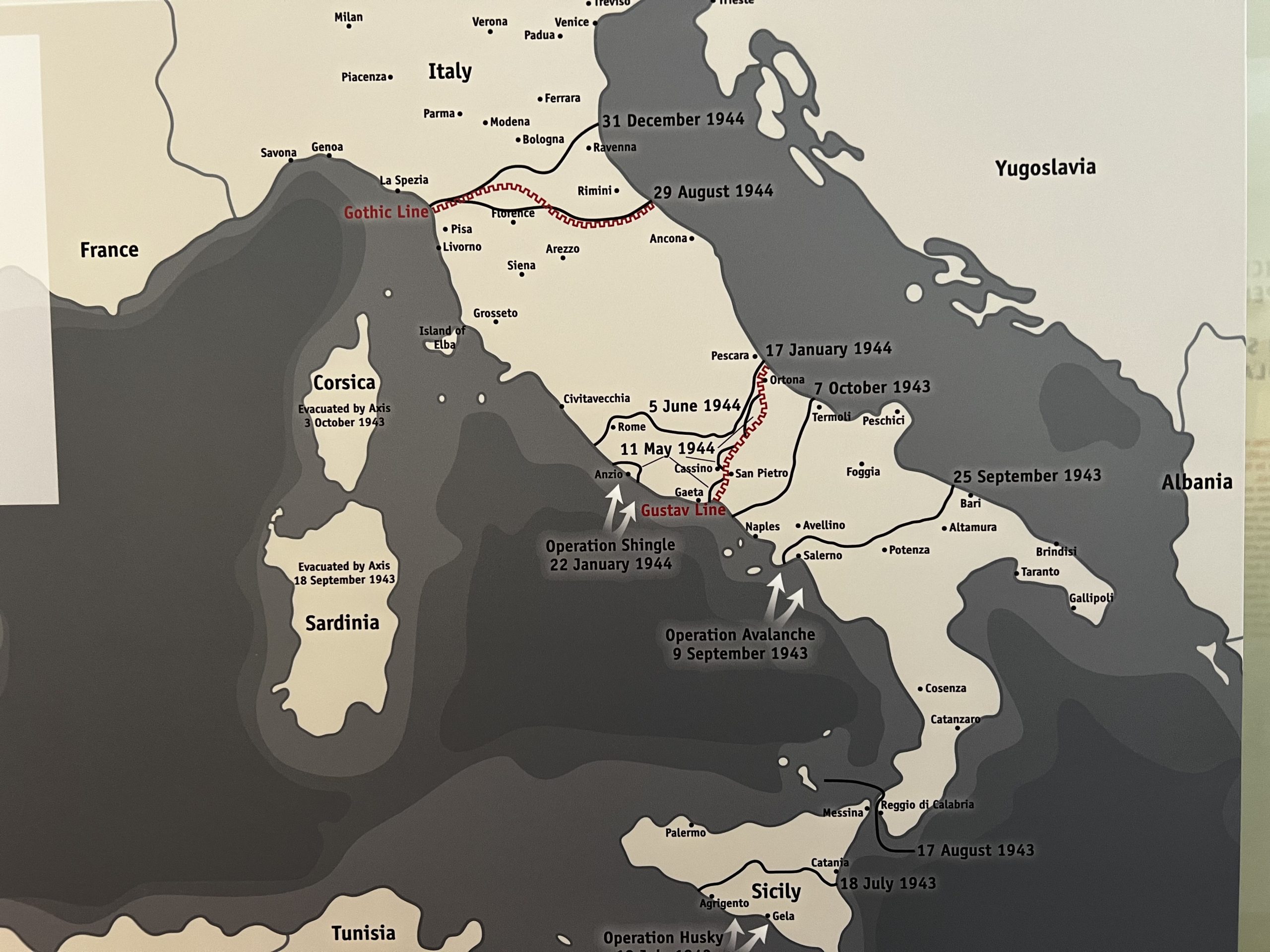
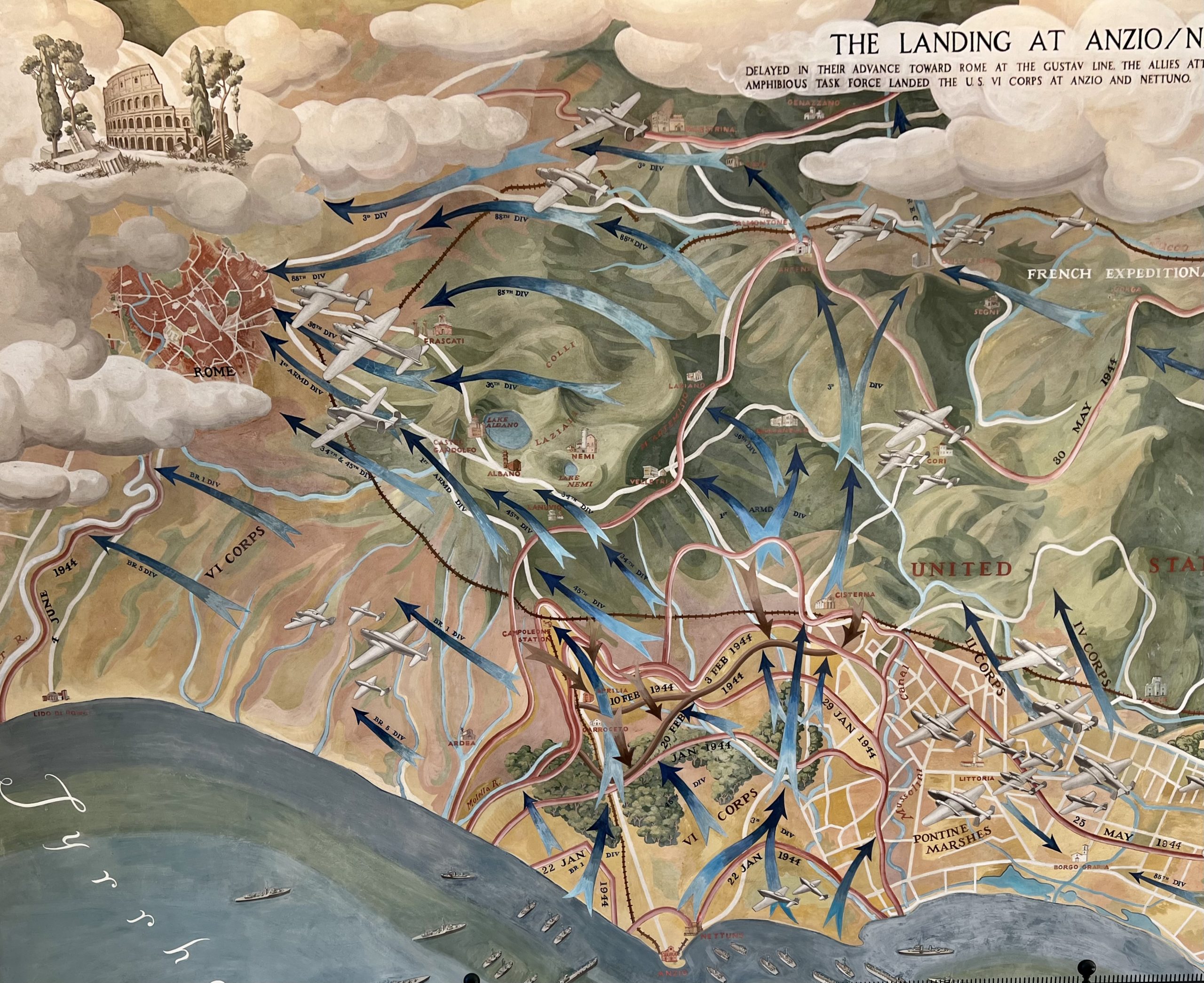
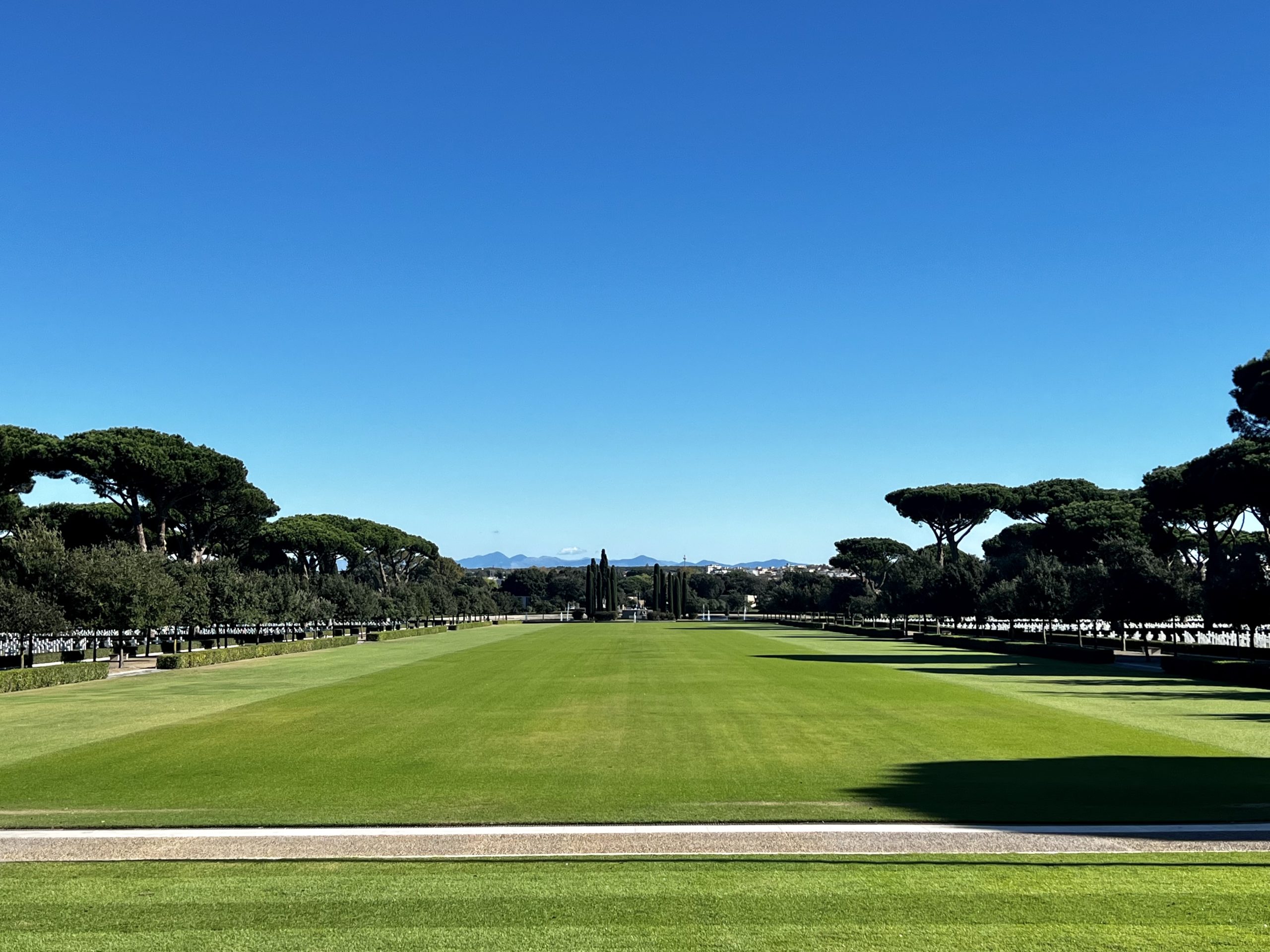
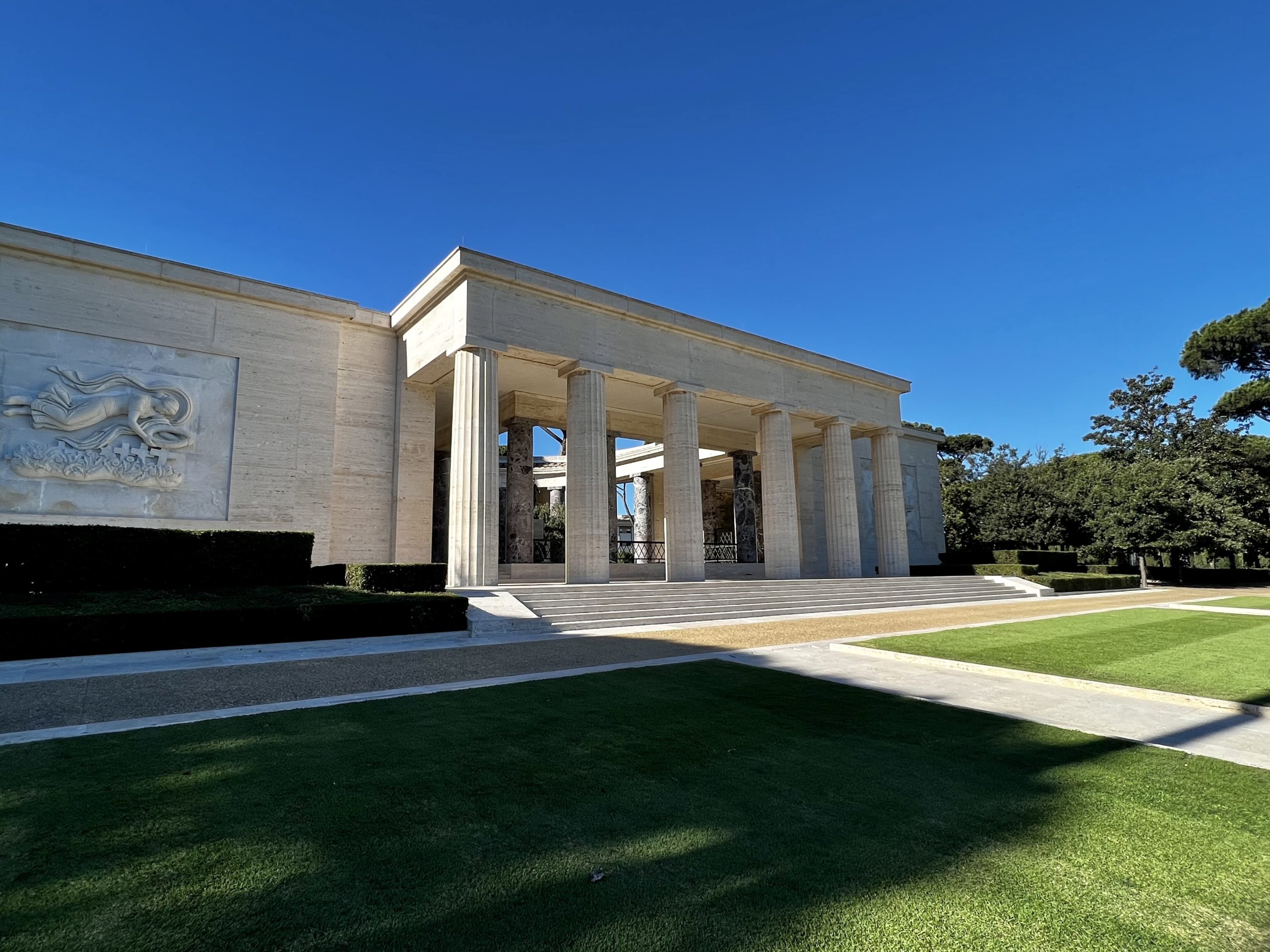
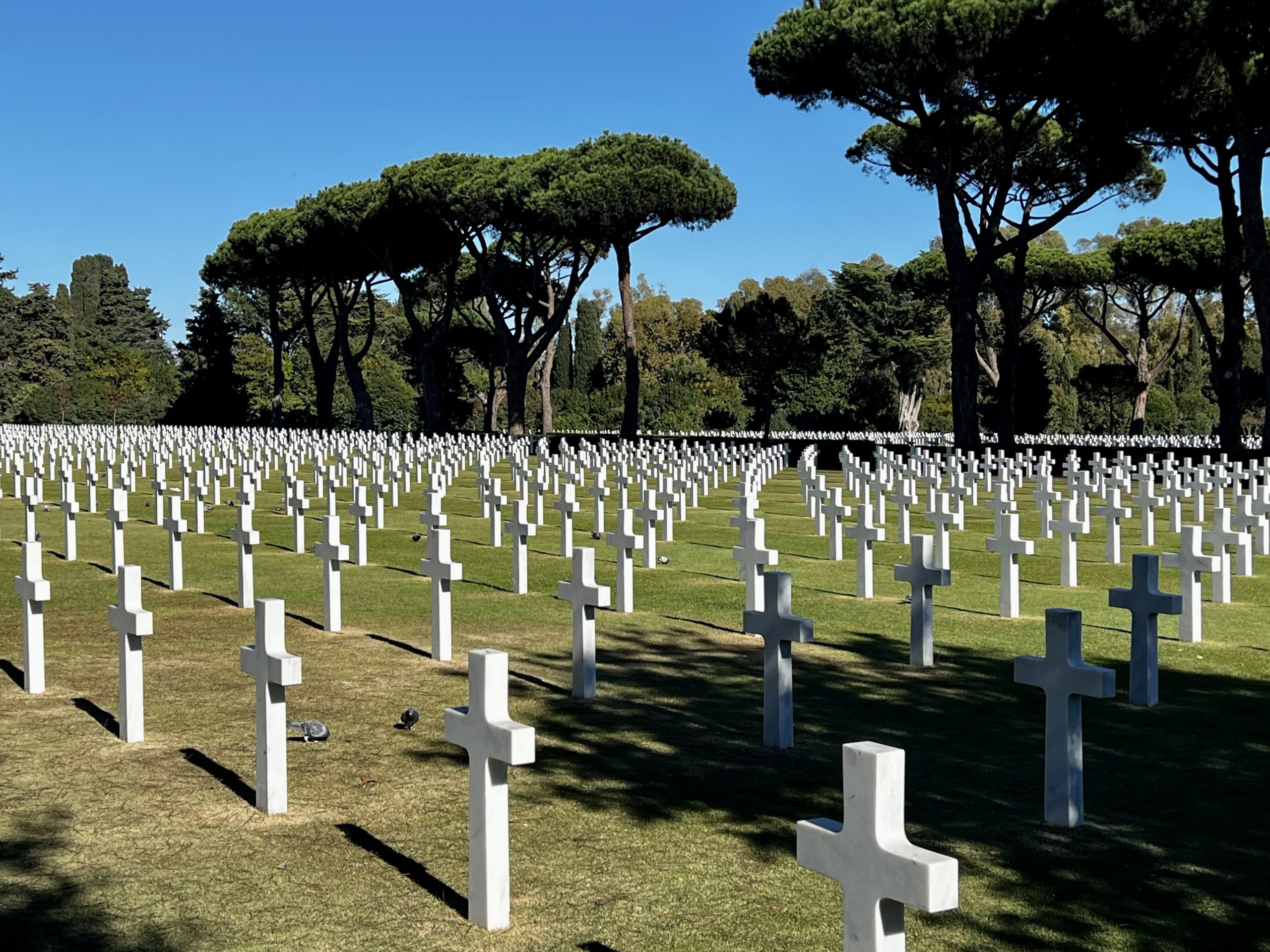

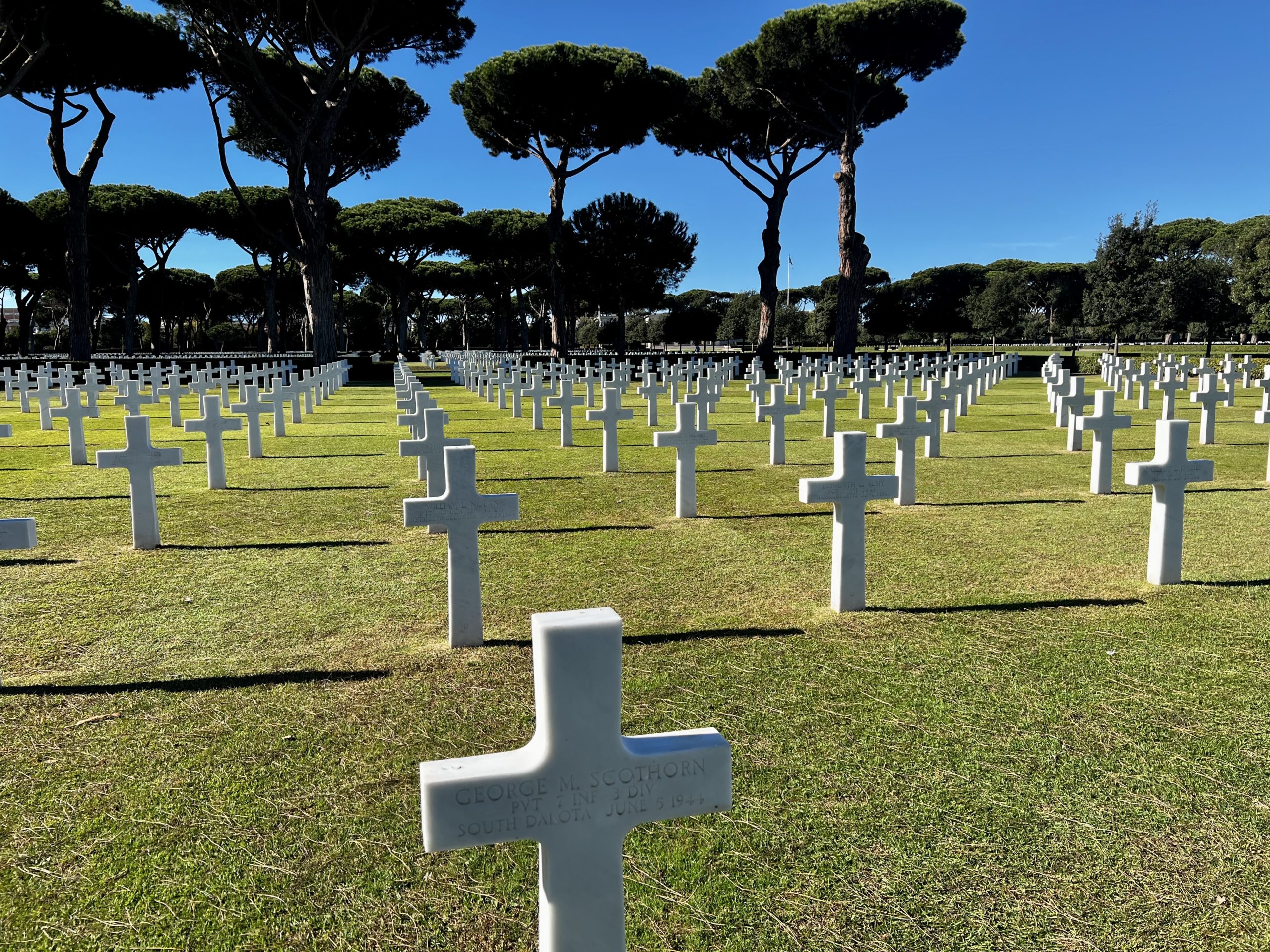
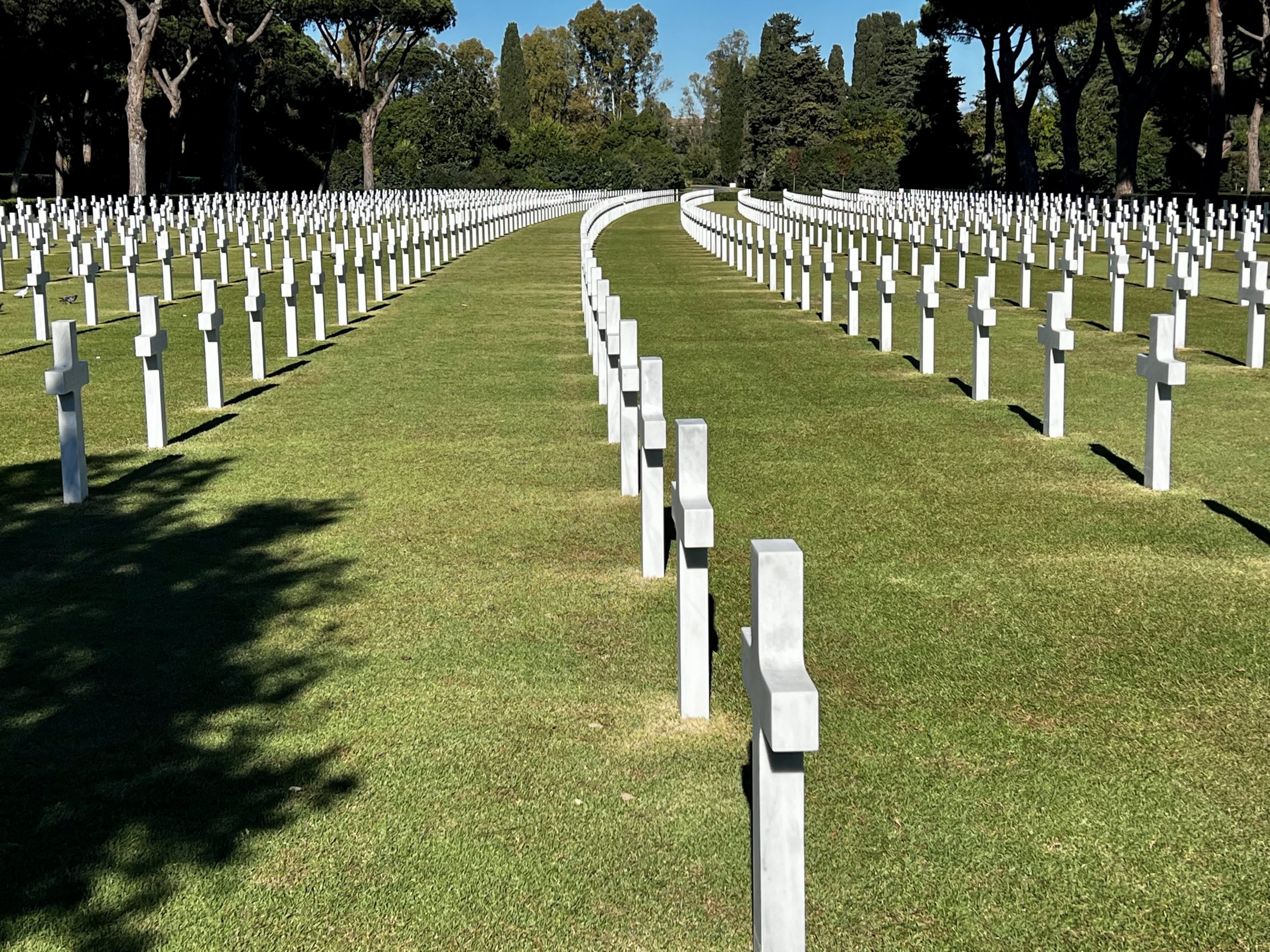

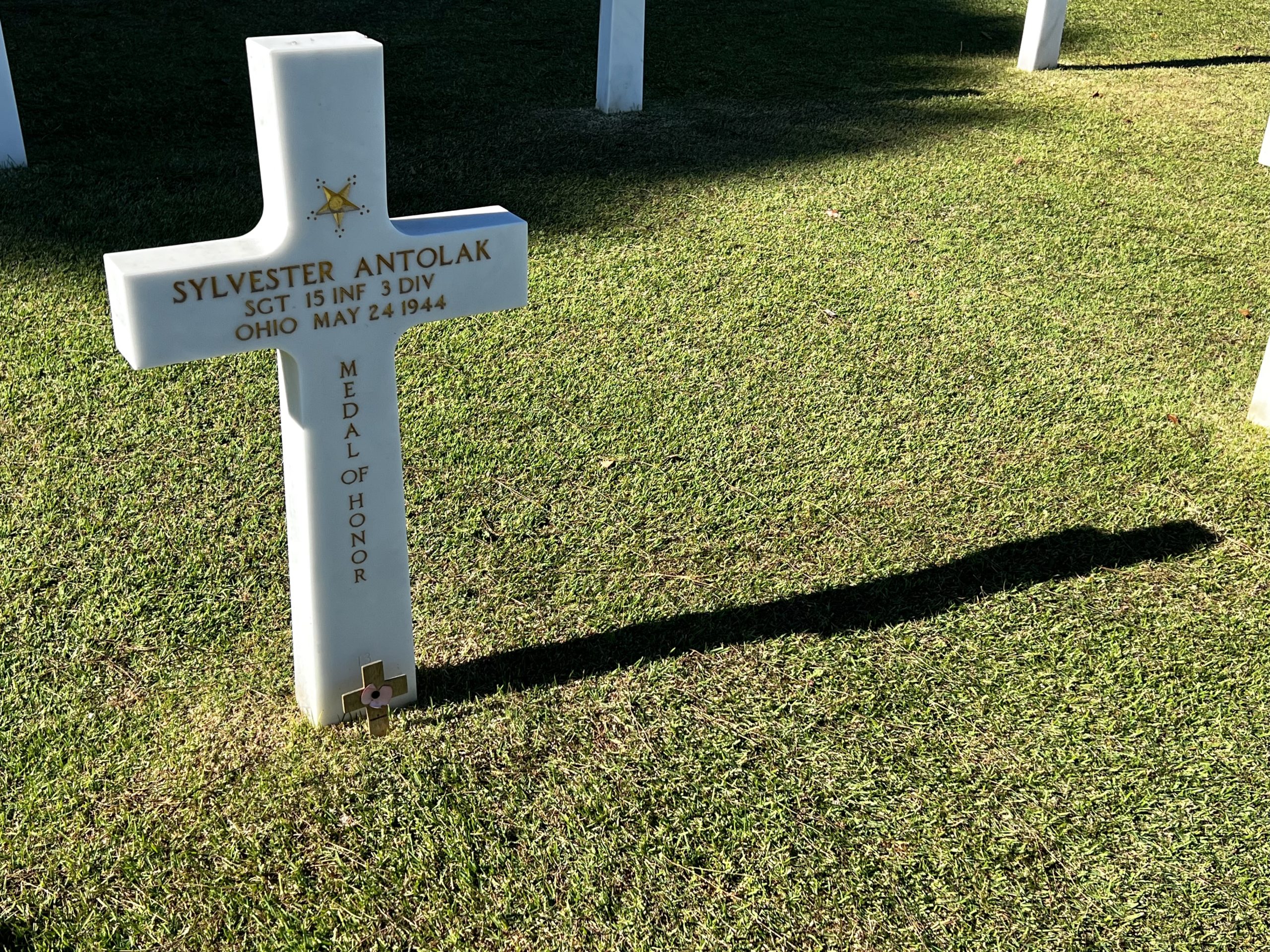
Beach Head Cemetery
Also in Anzio, this cemetery is devoted to the remains of Commonwealth solders primarily from England, but also from Canada, New Zealand, South Africa, Scotland, Wales, and other British nations. Their headstones are personalized with more details of their age, duties in the service during WWII, and messages from family, which makes it especially moving.
